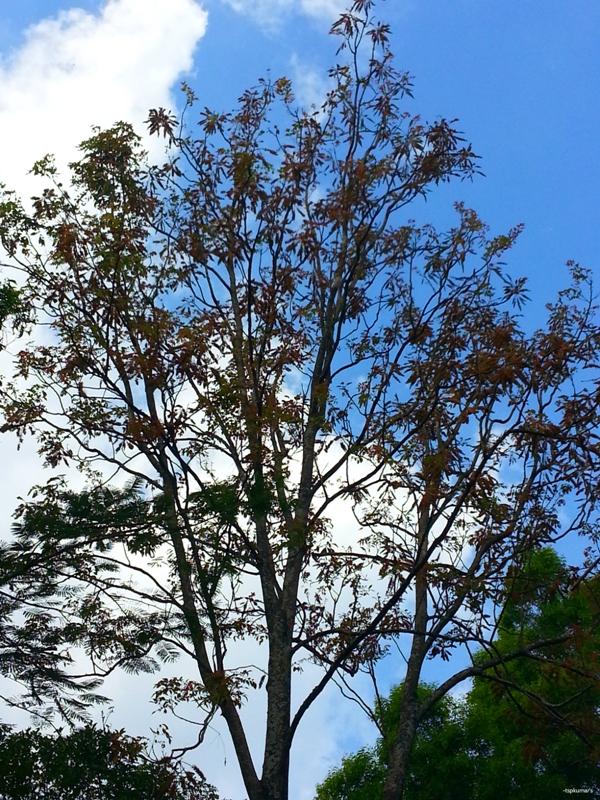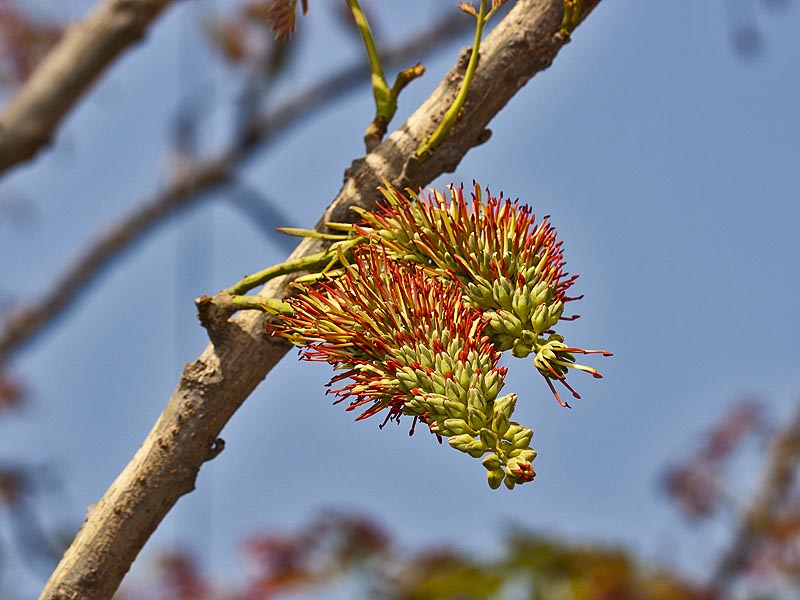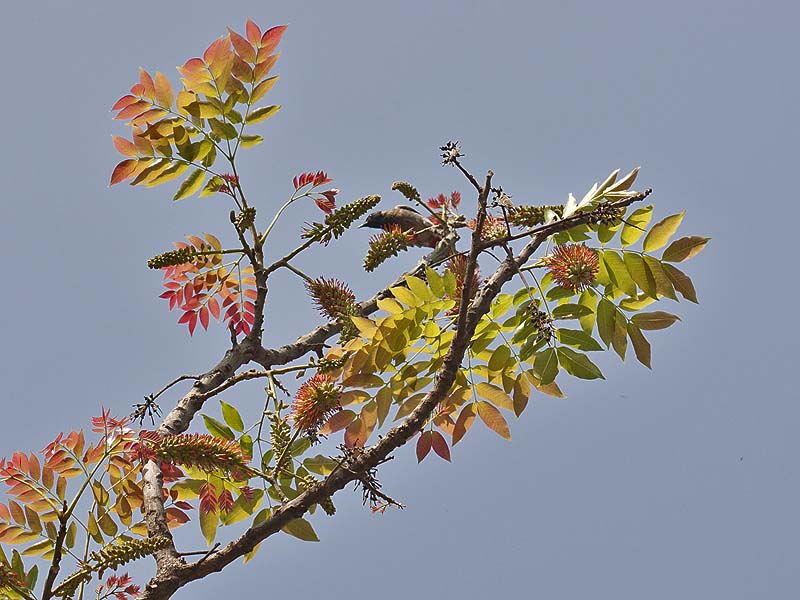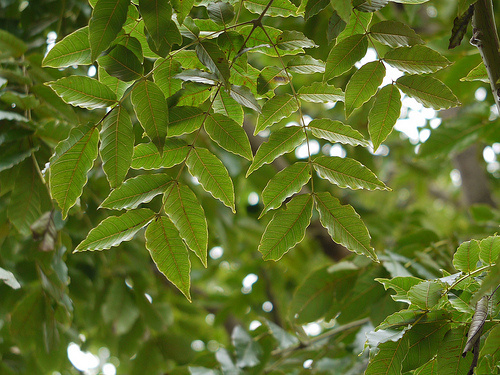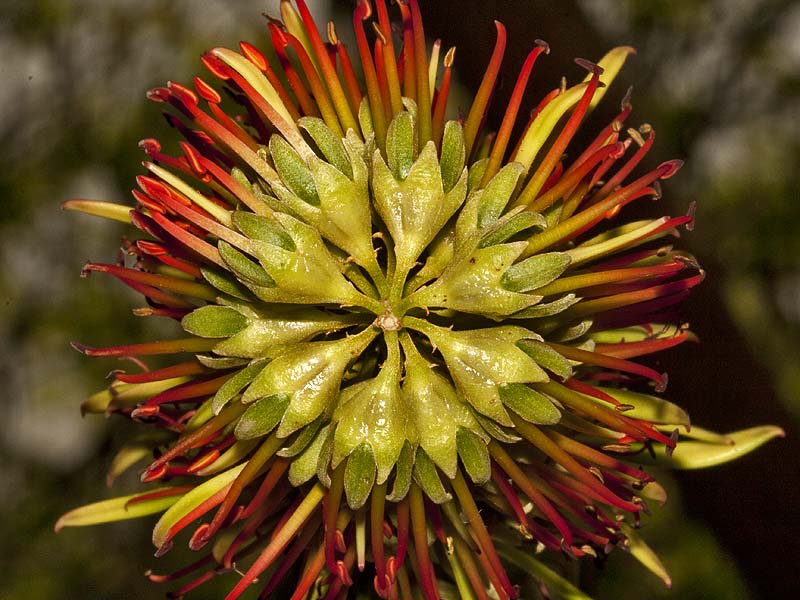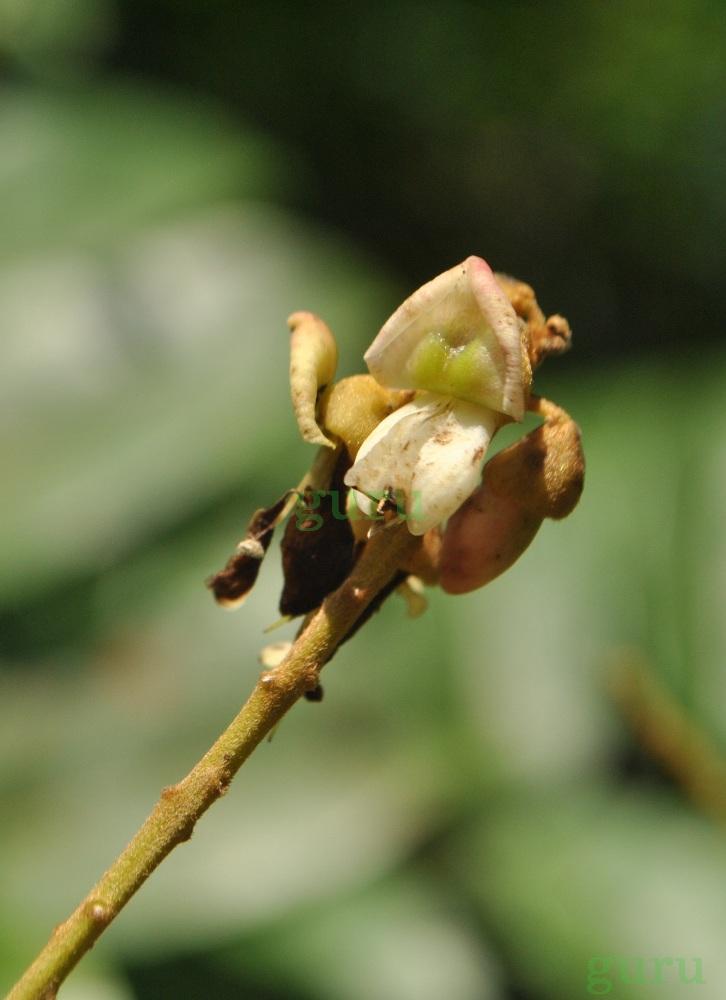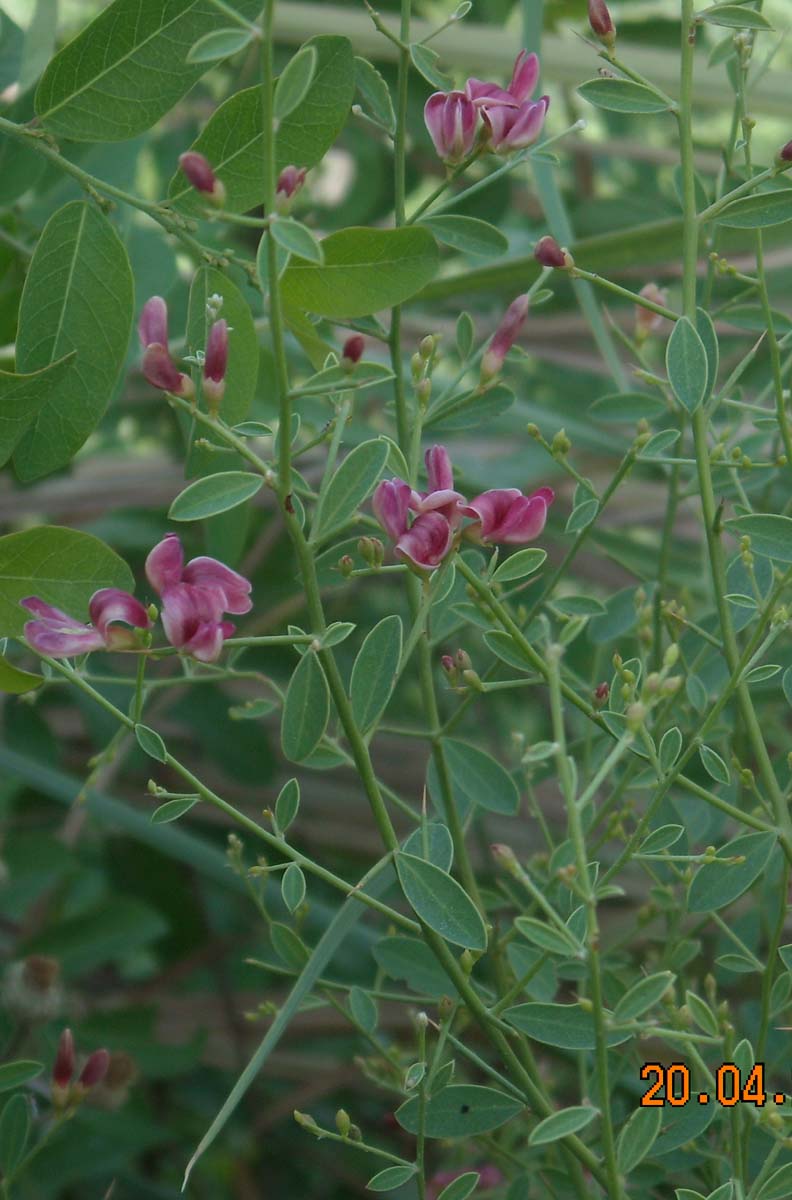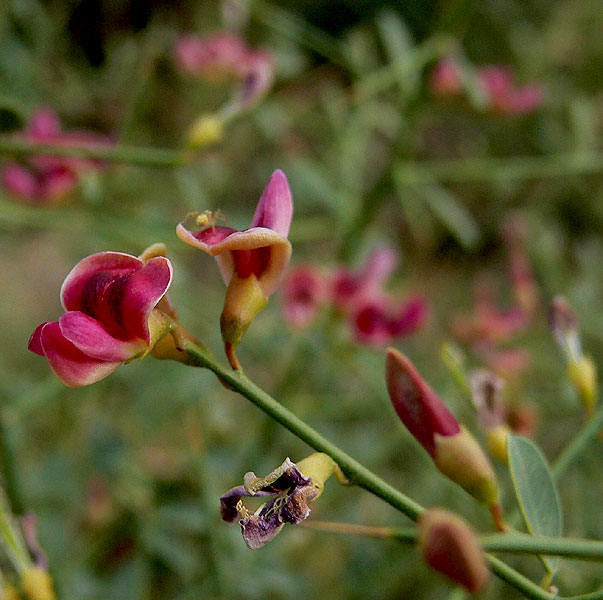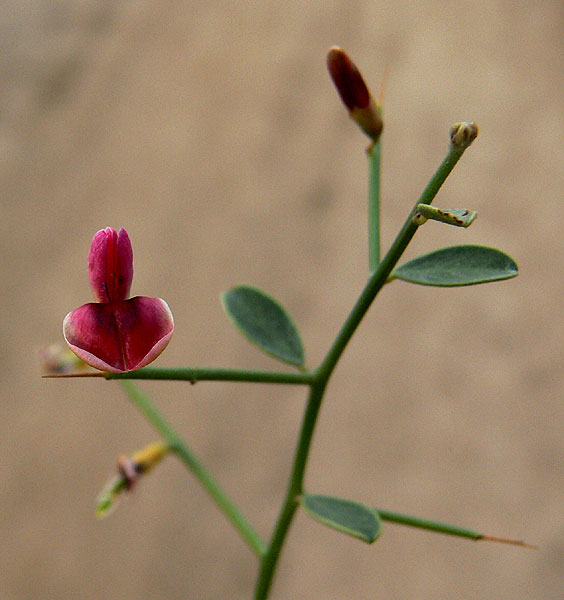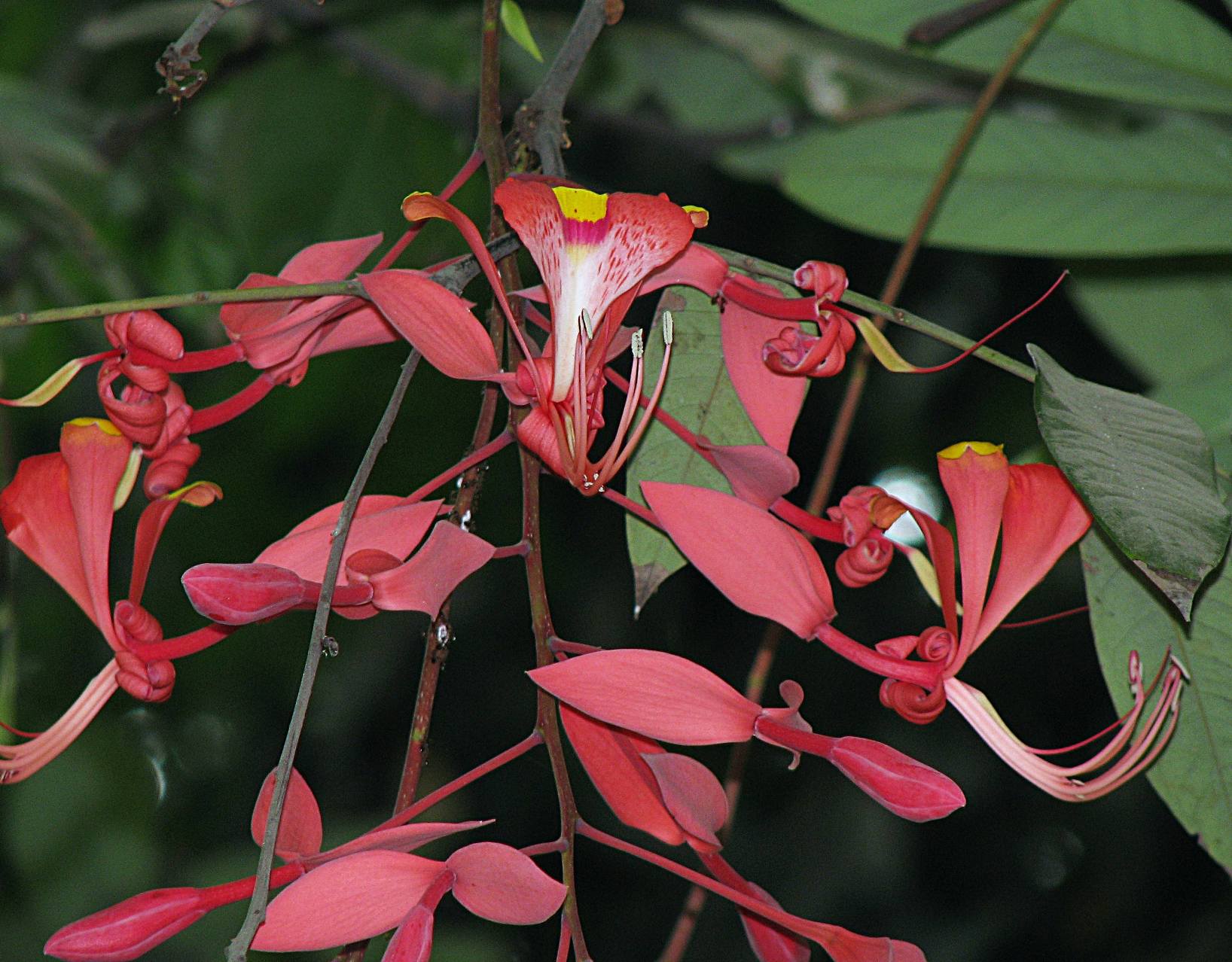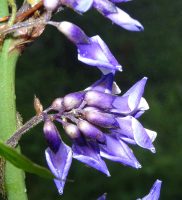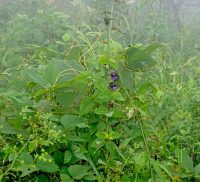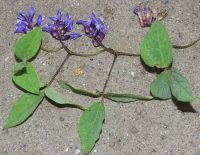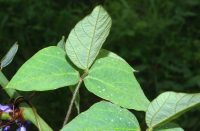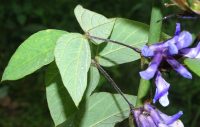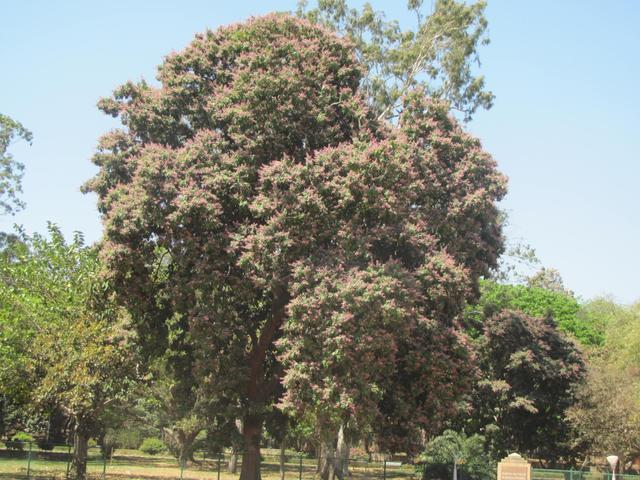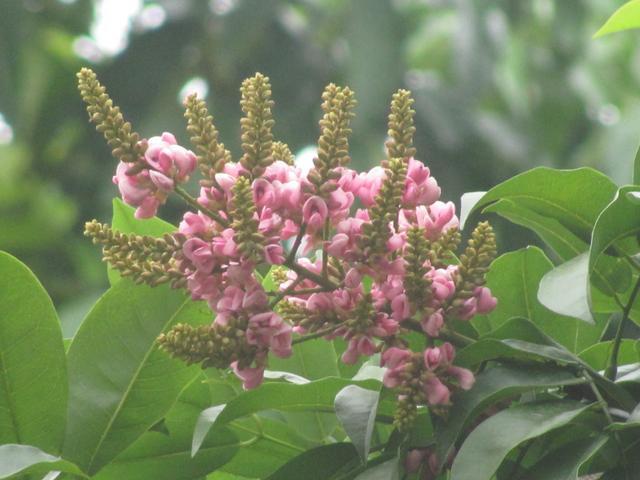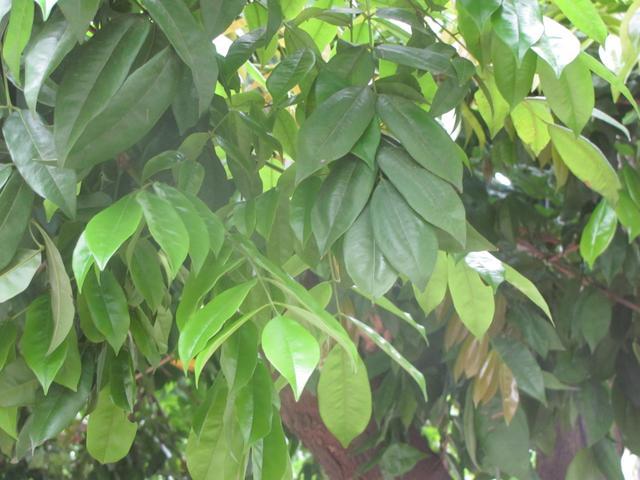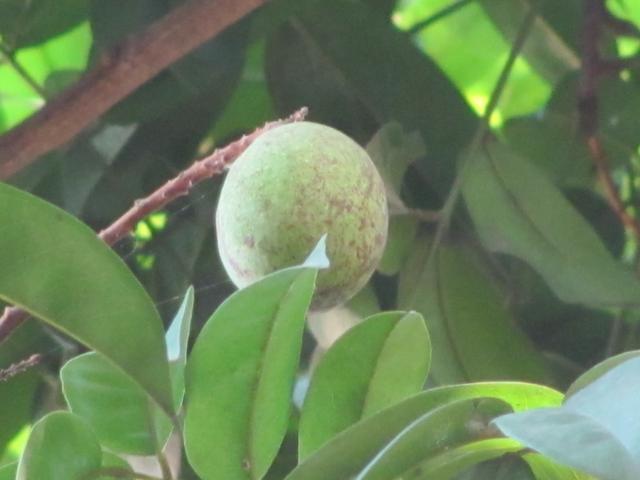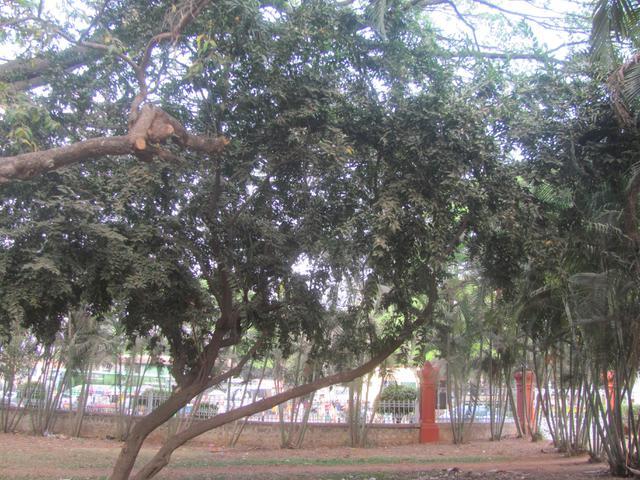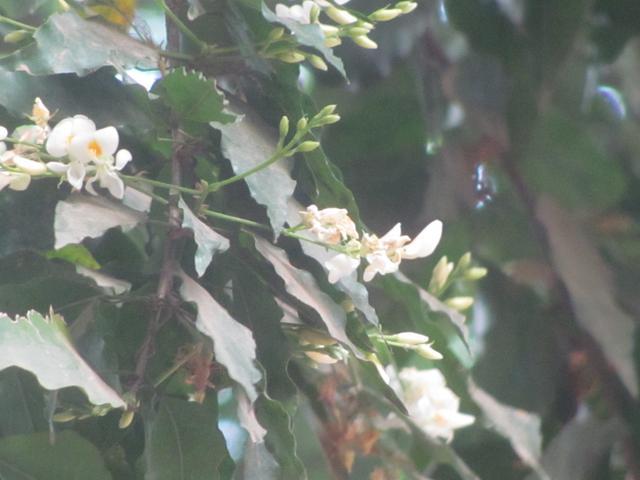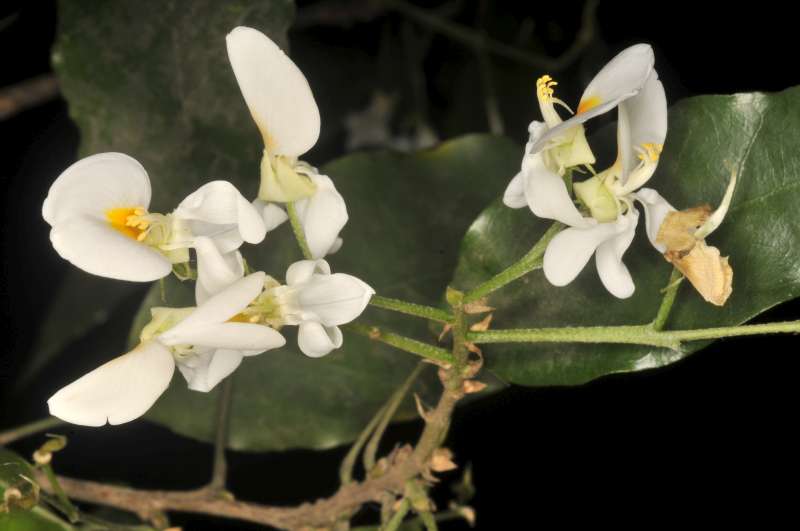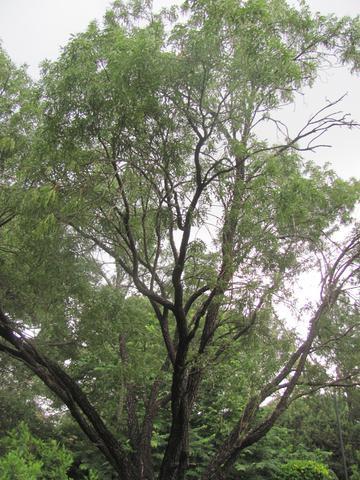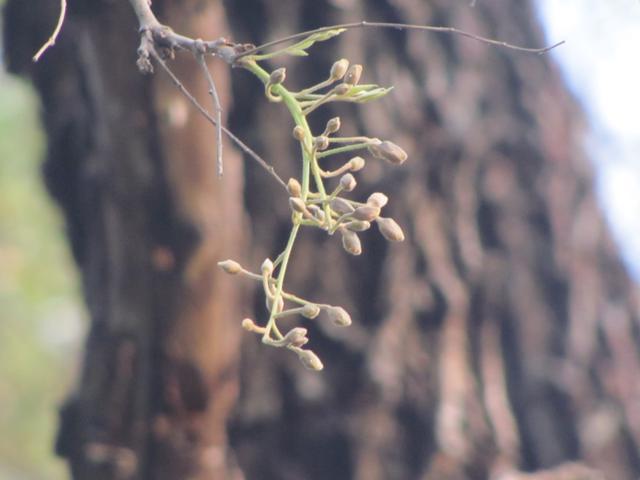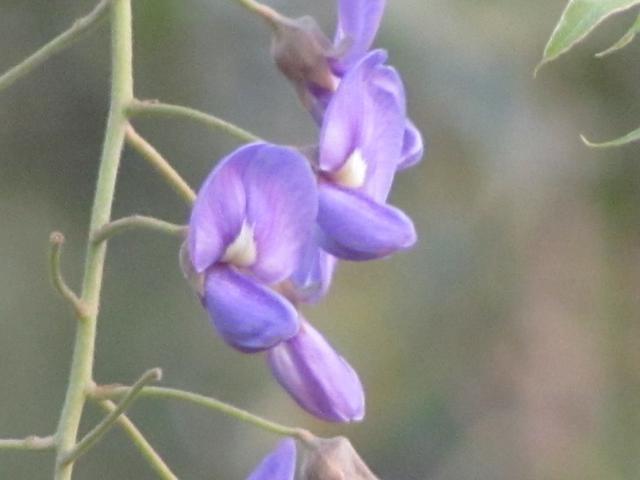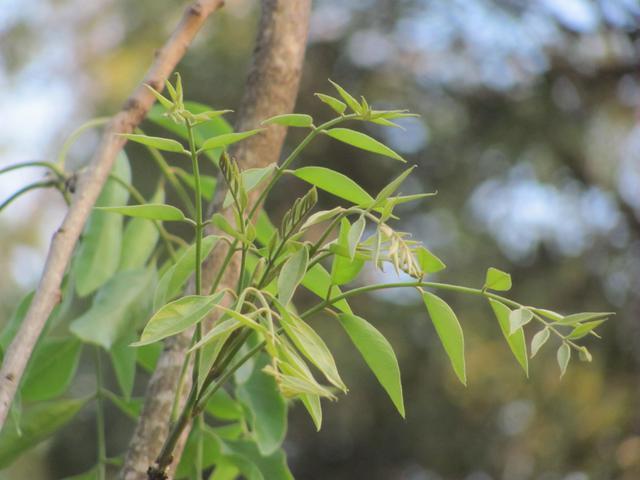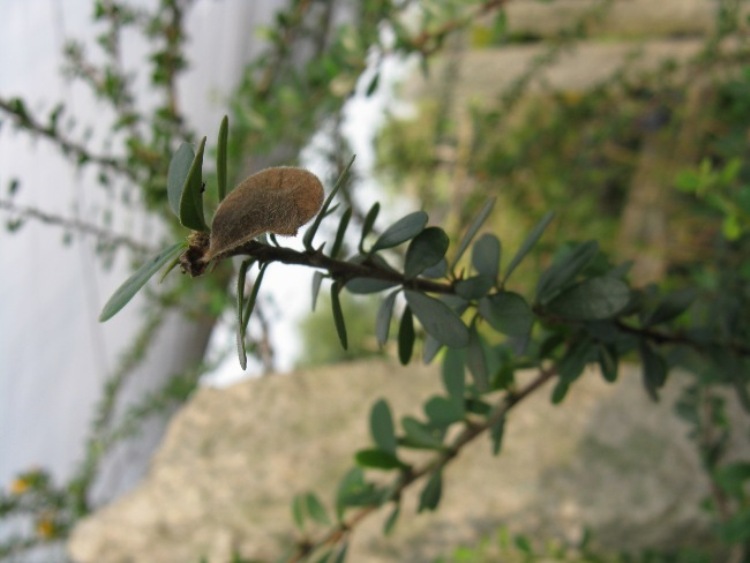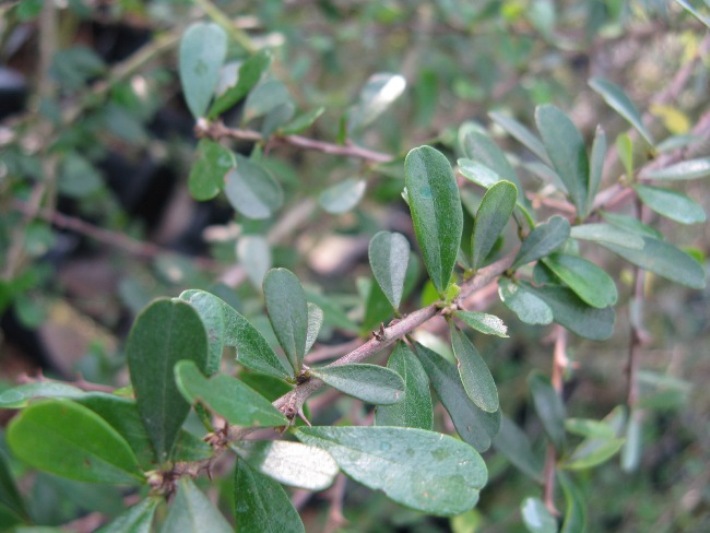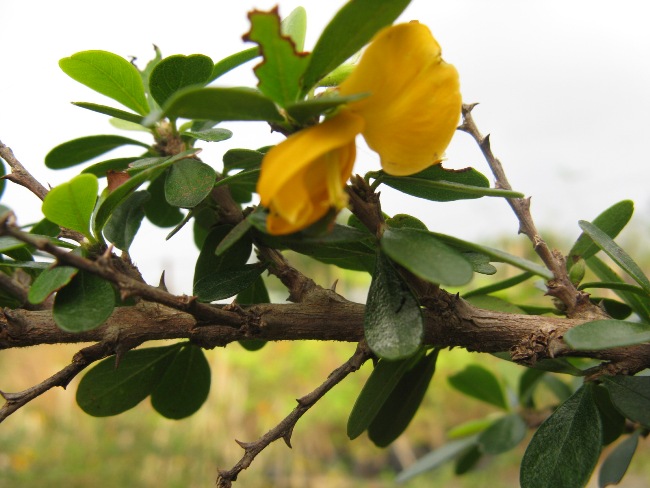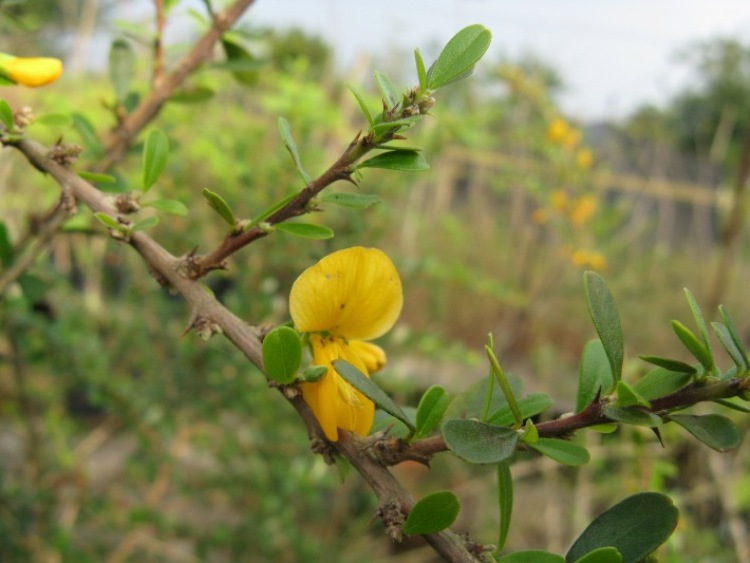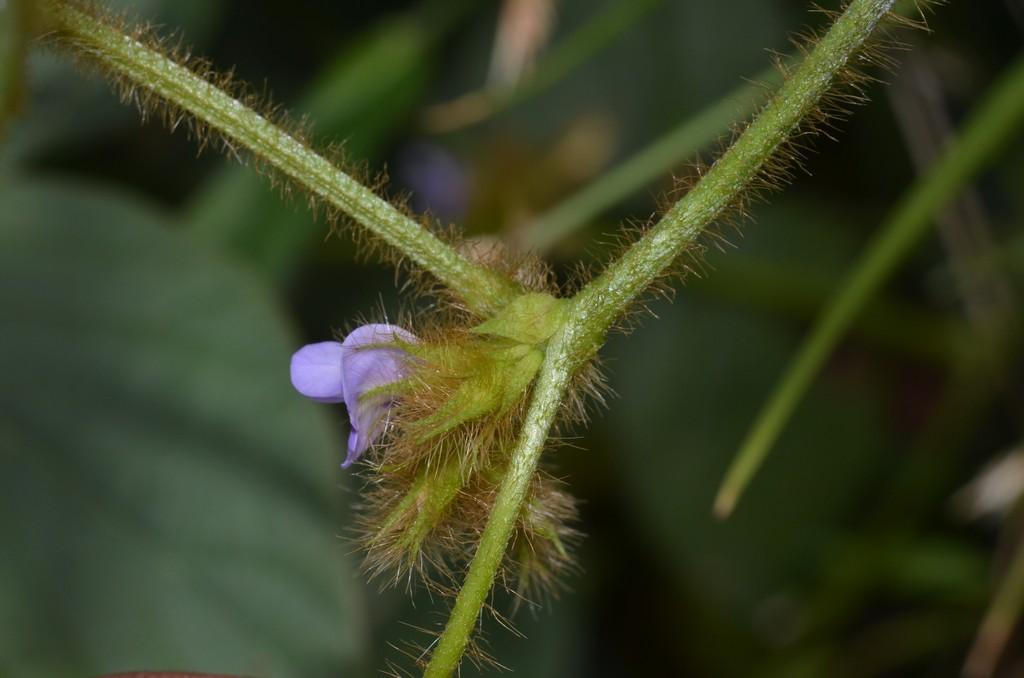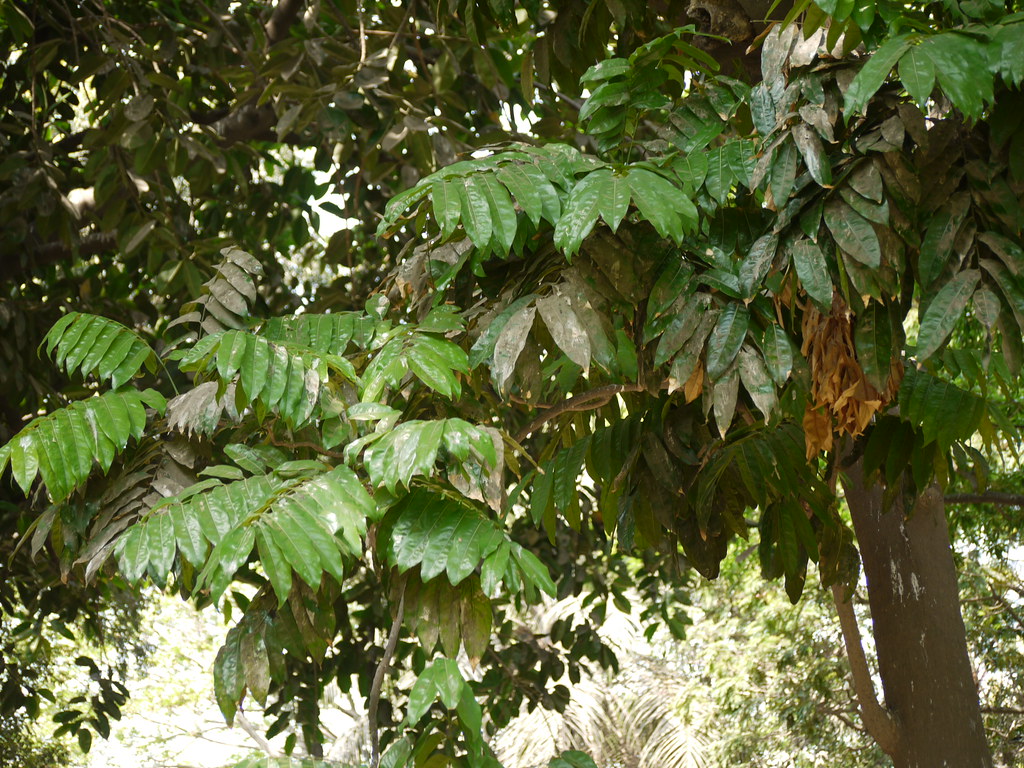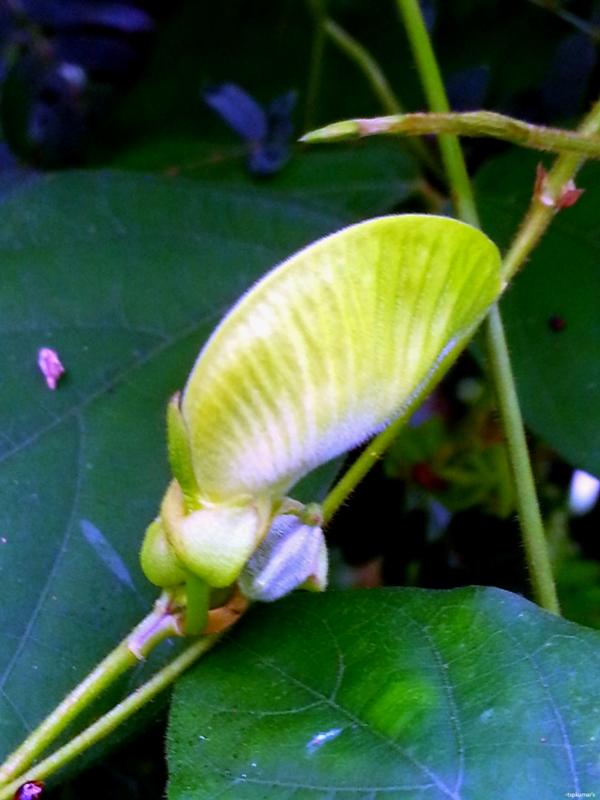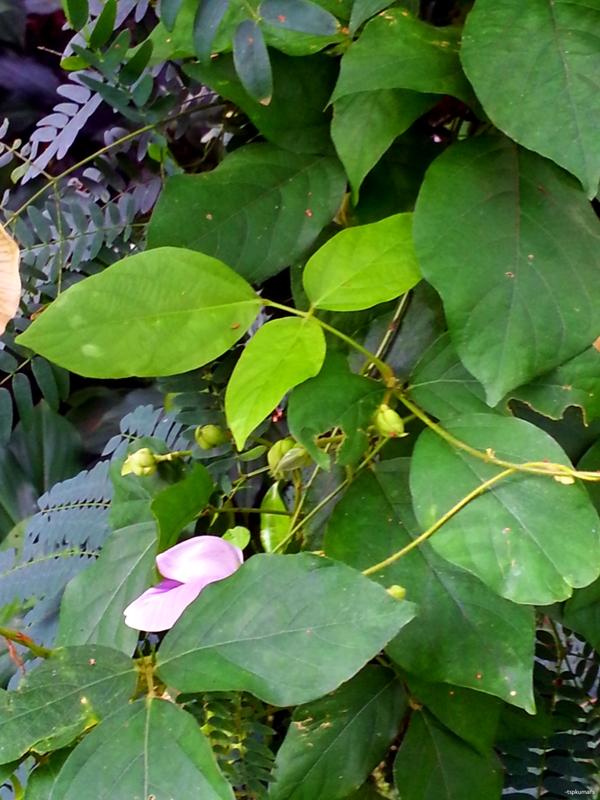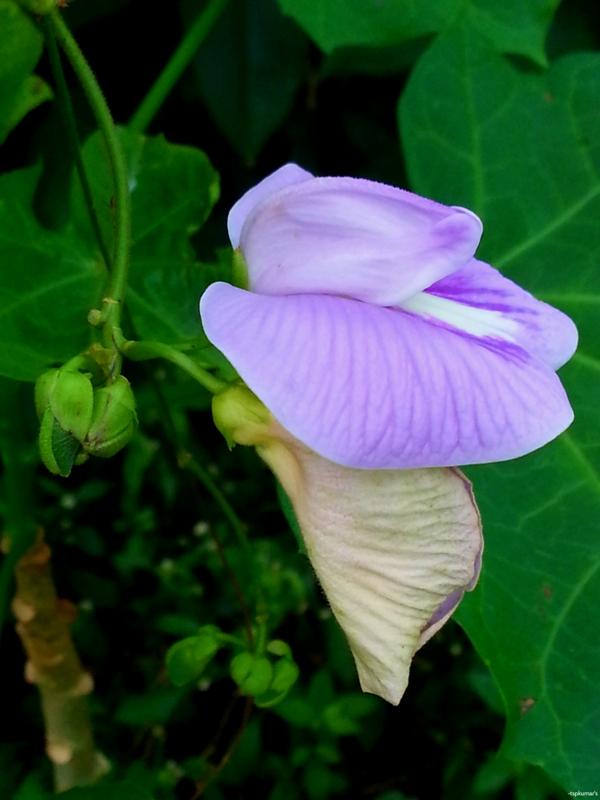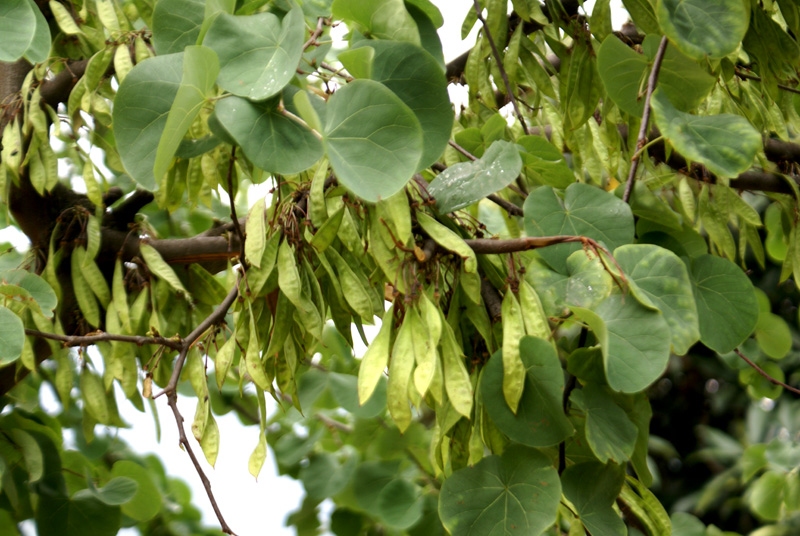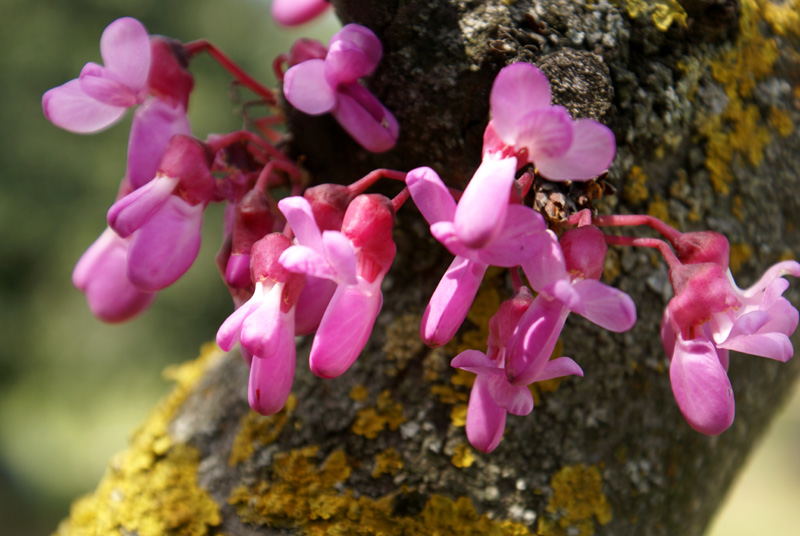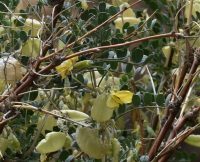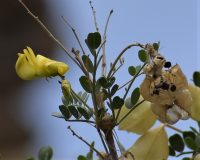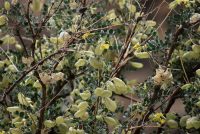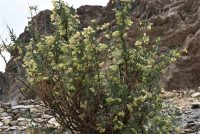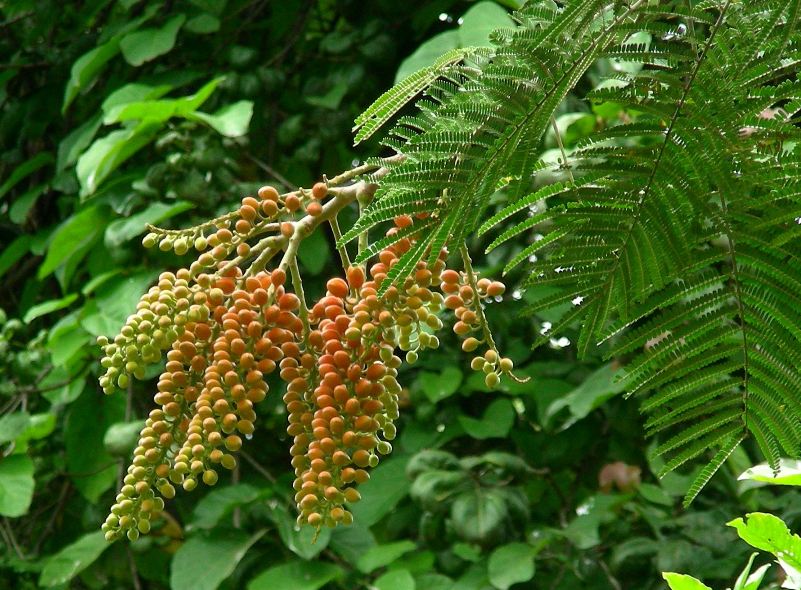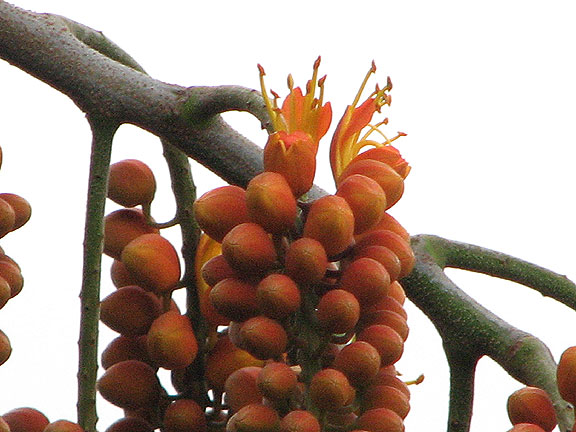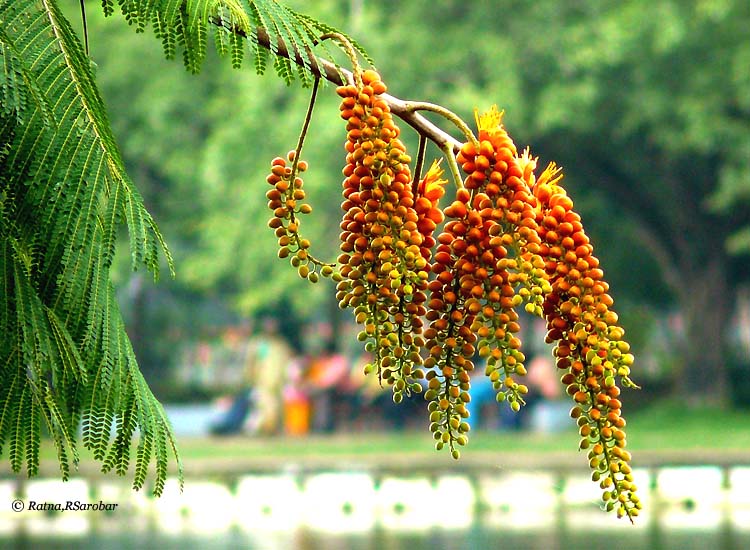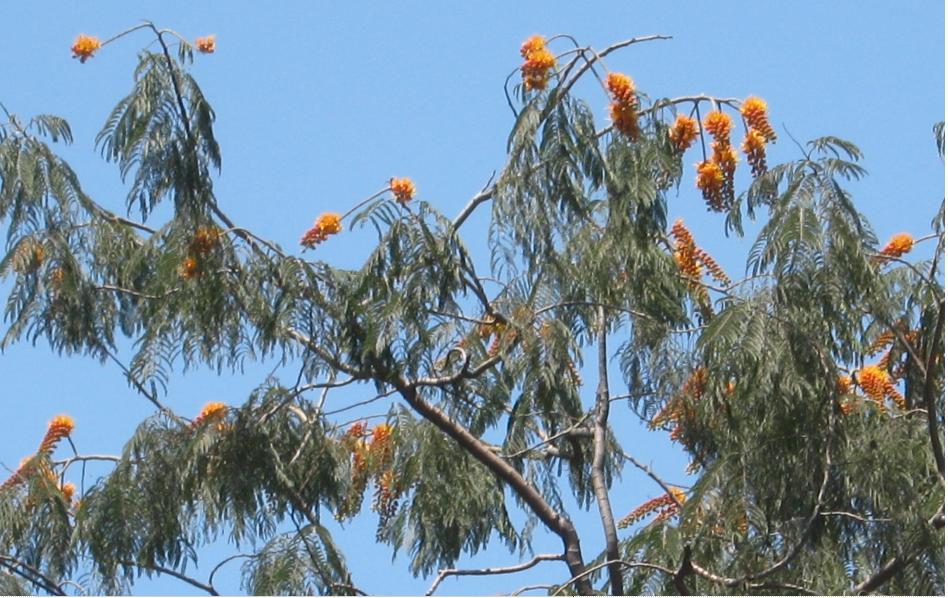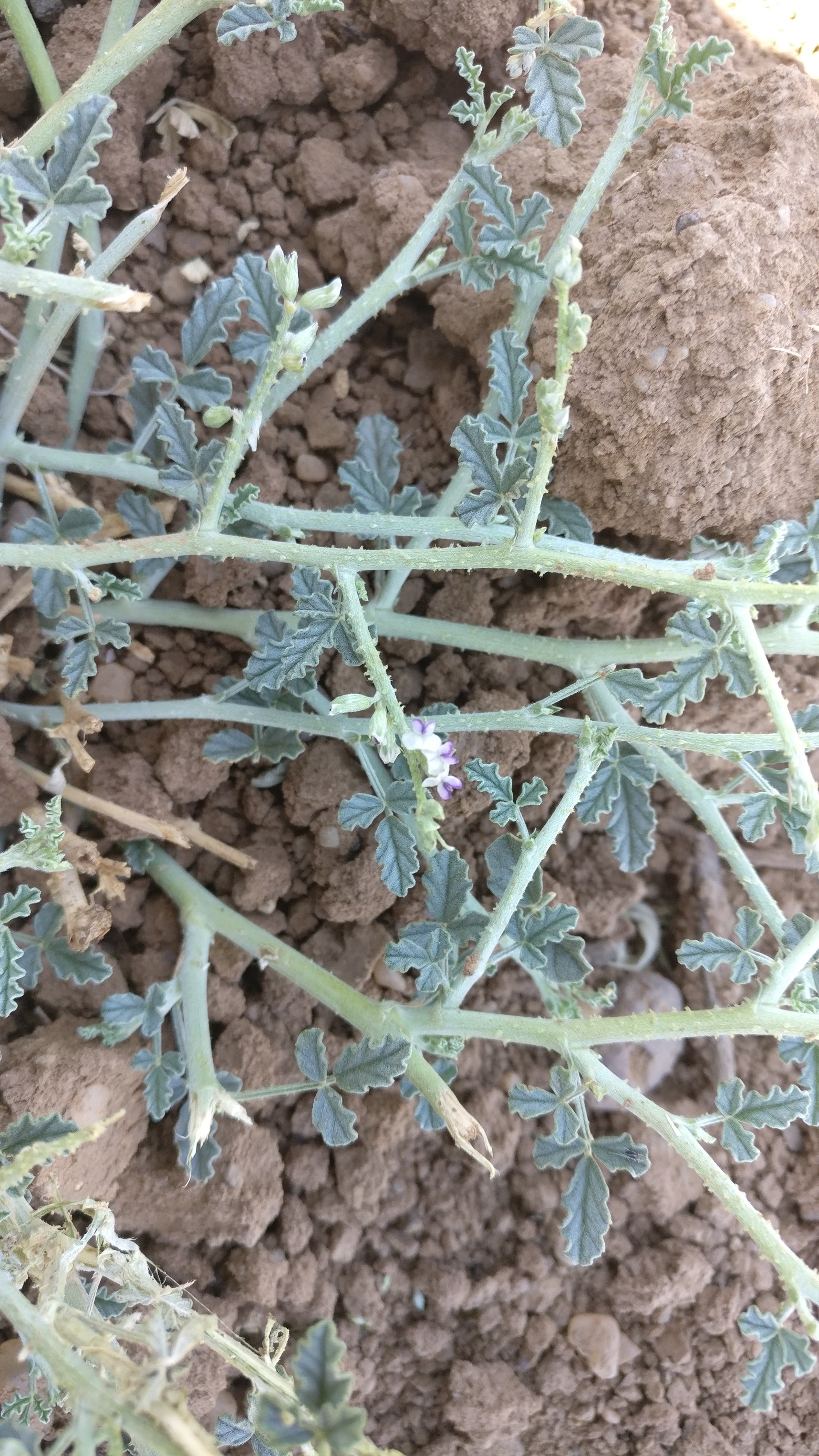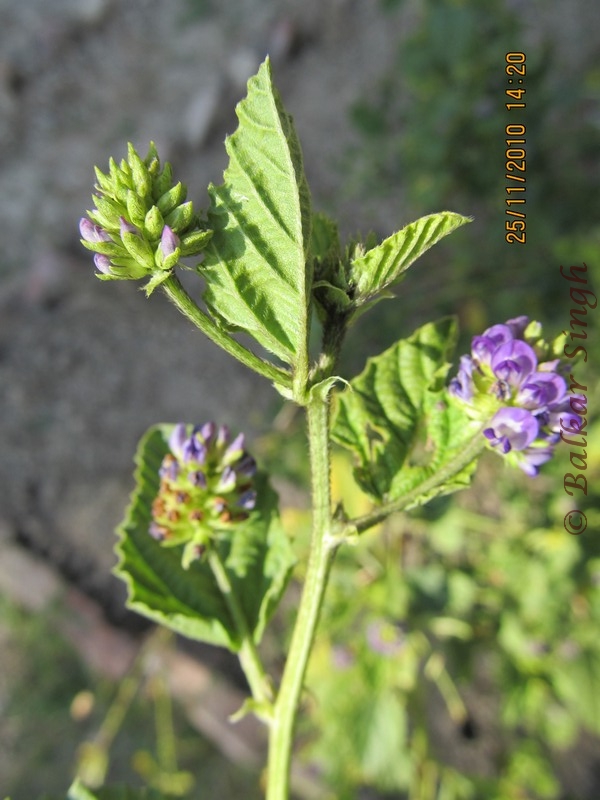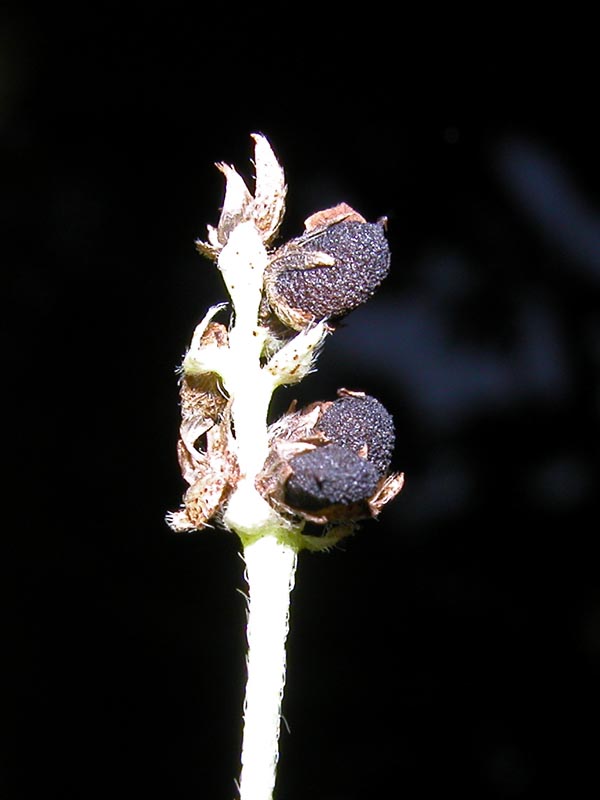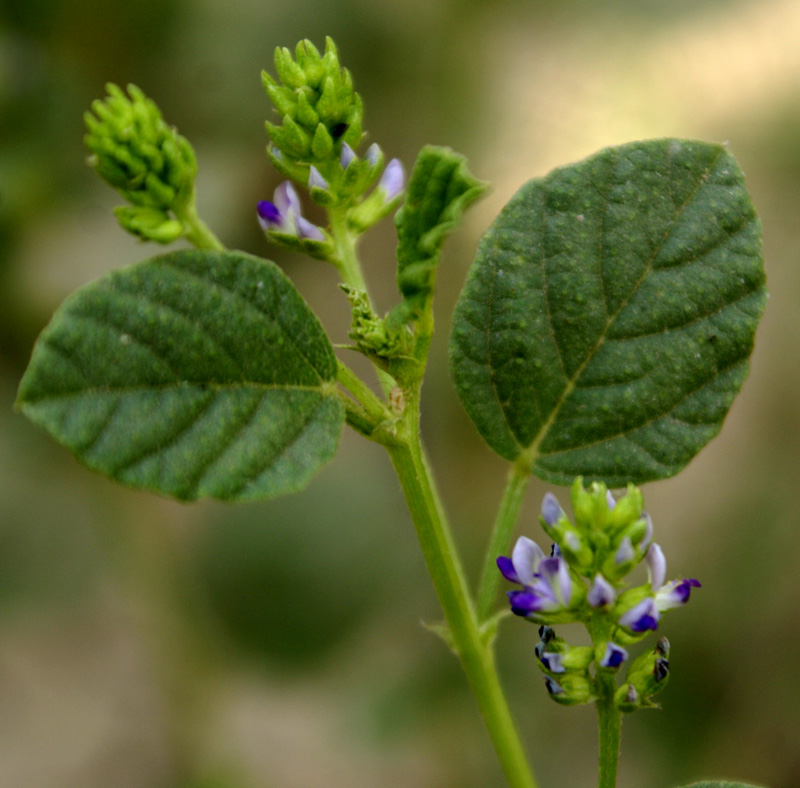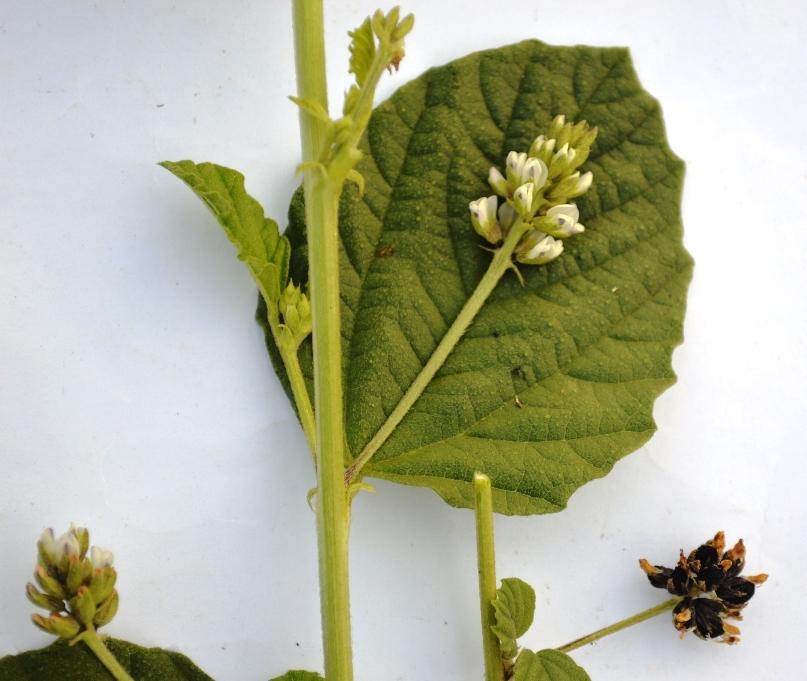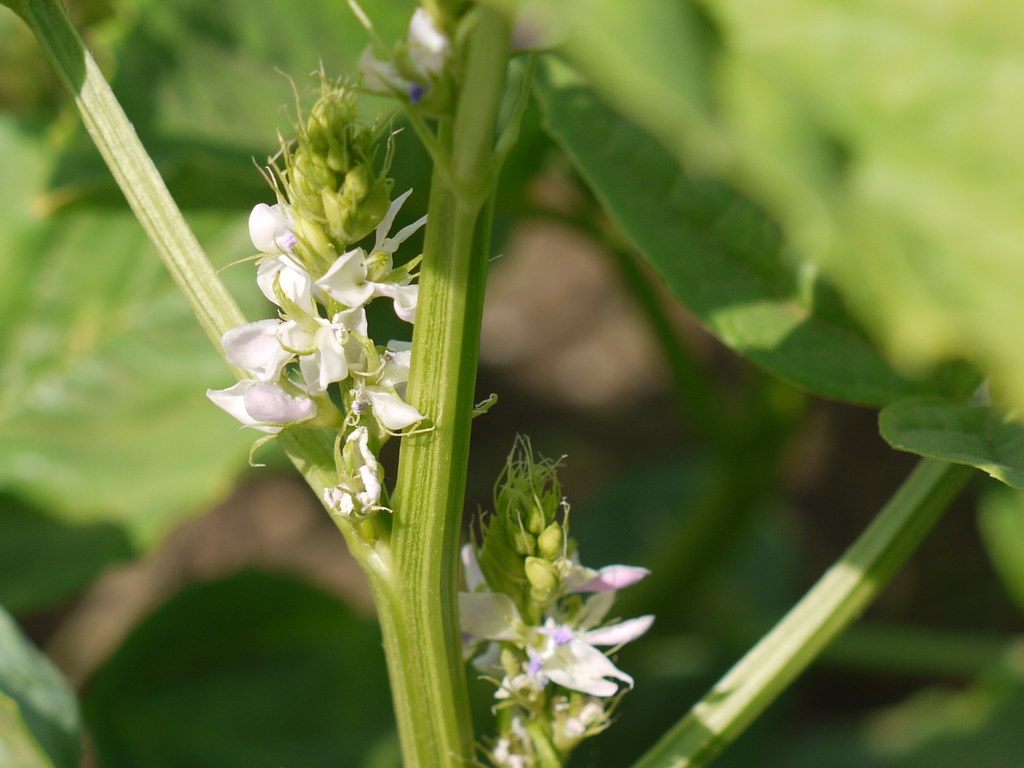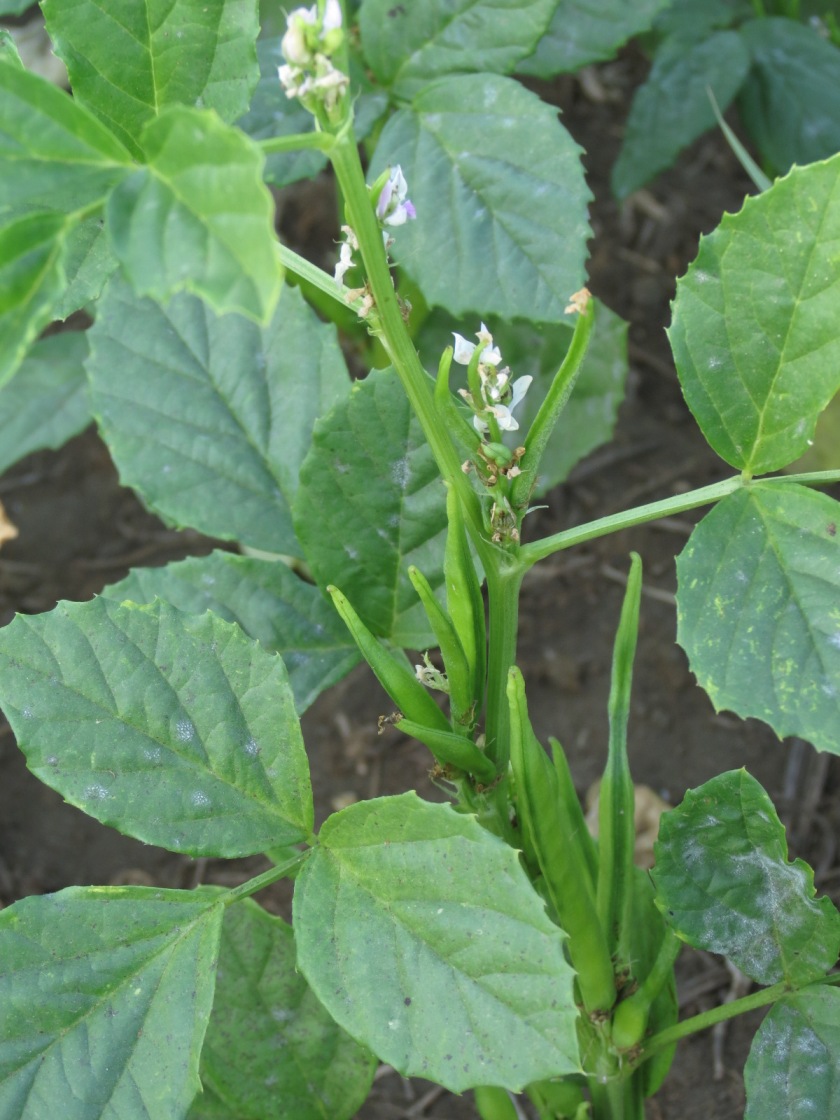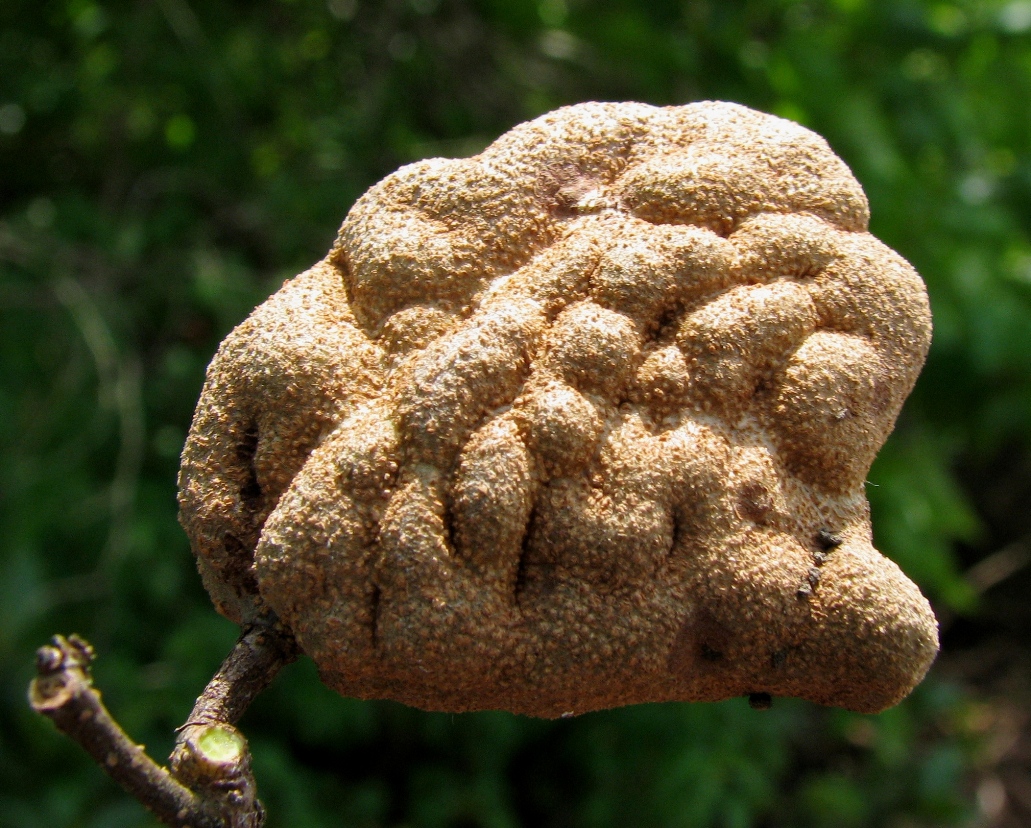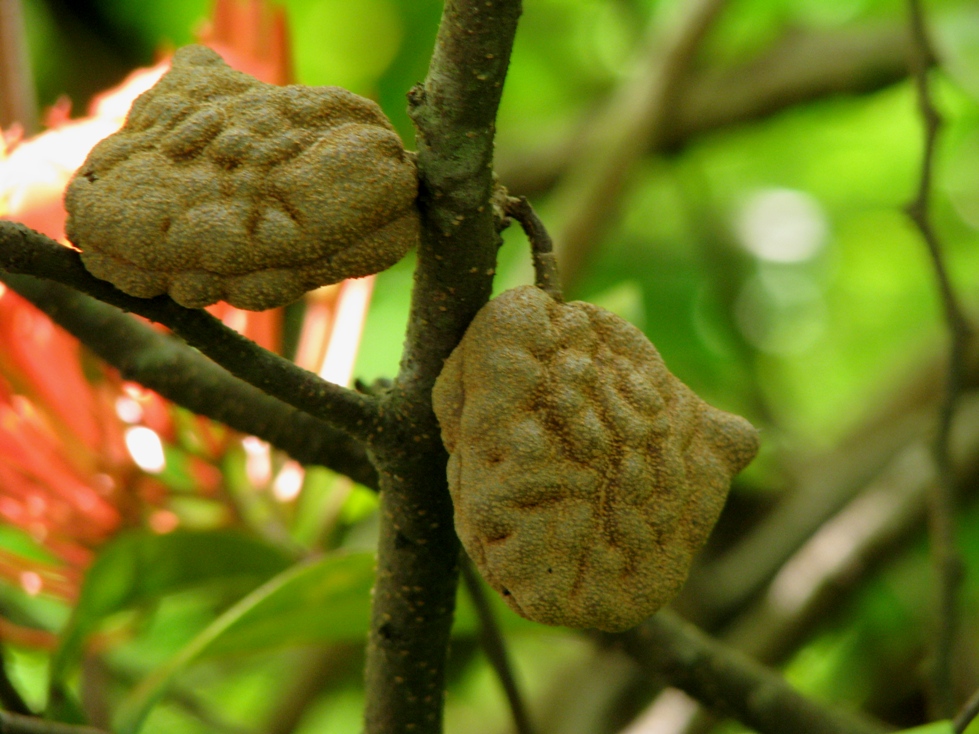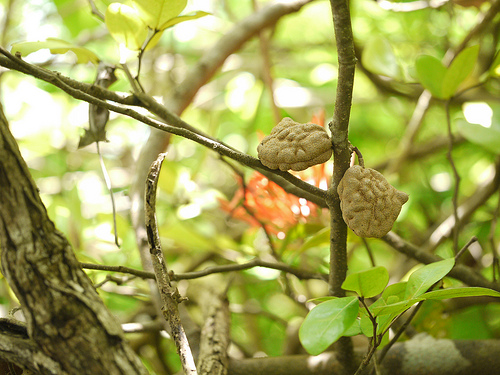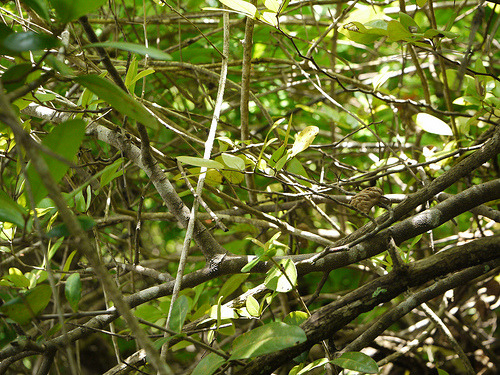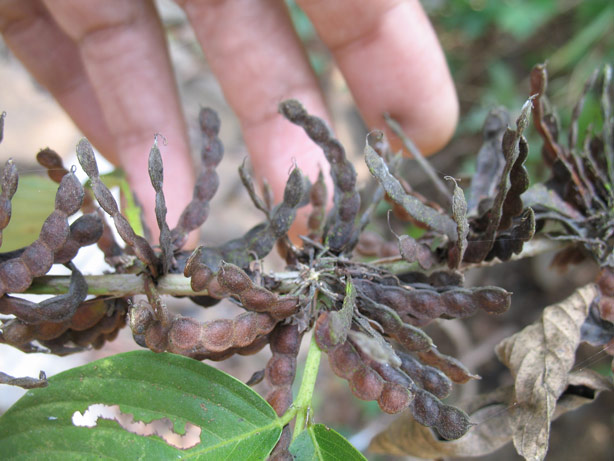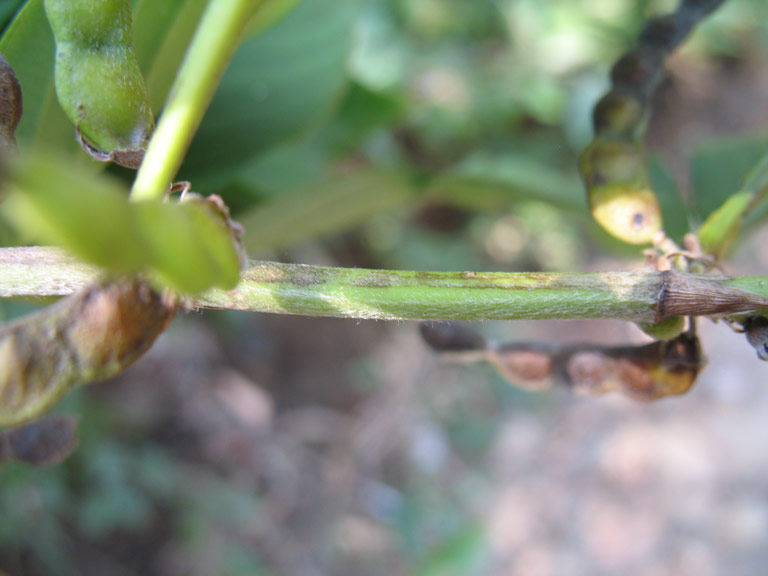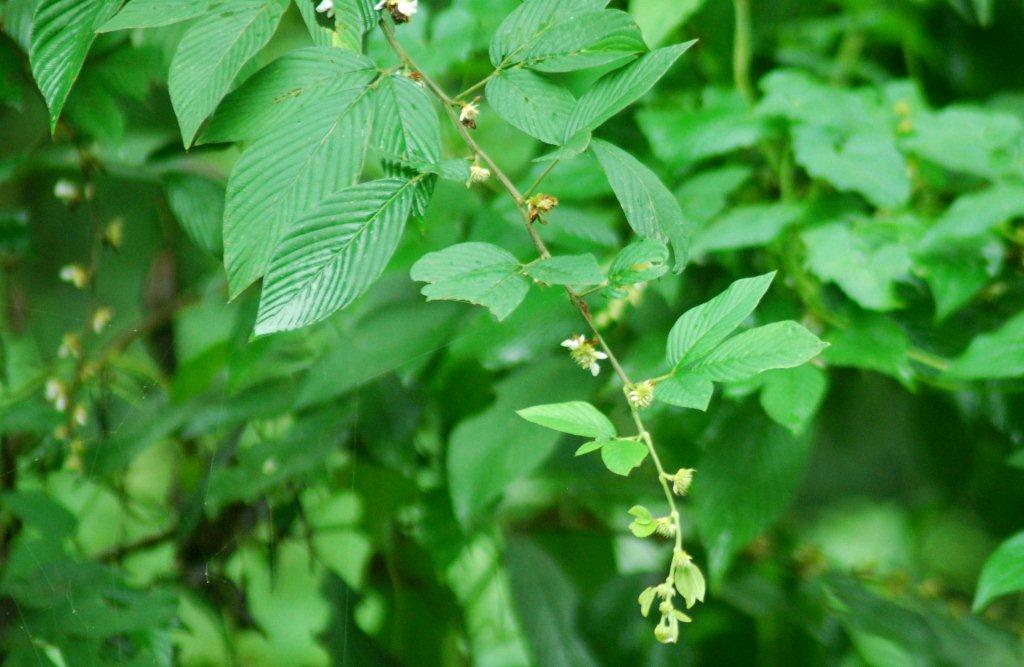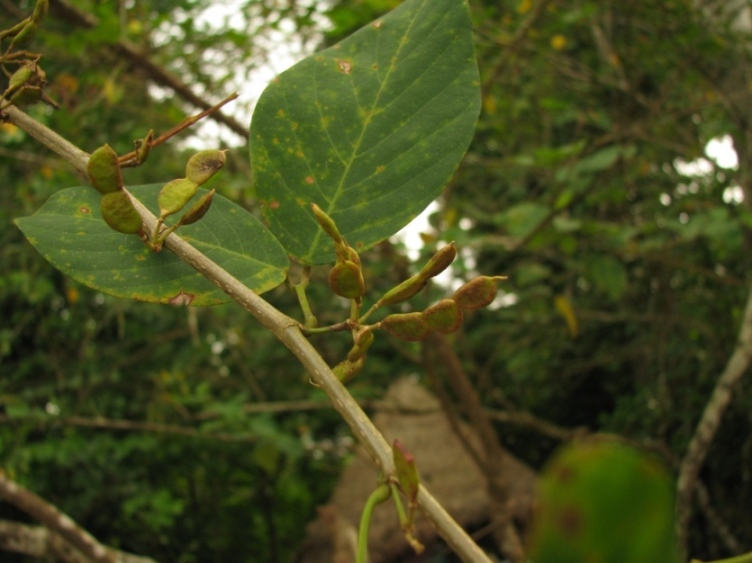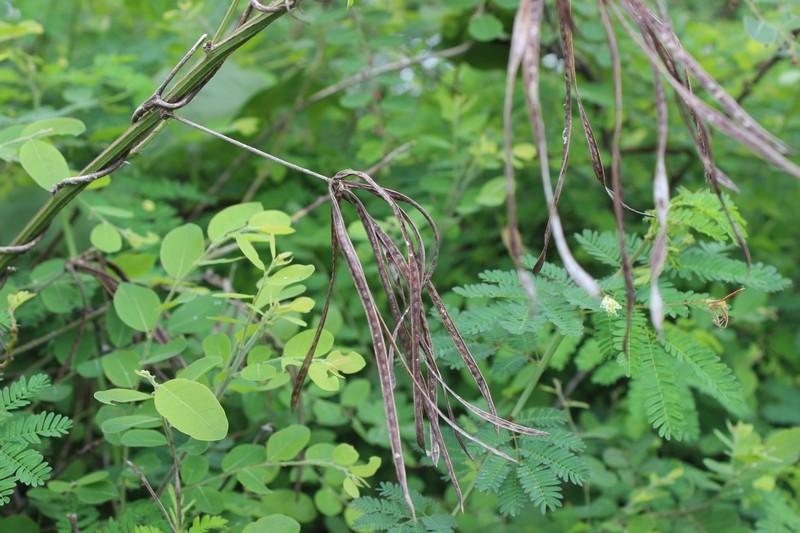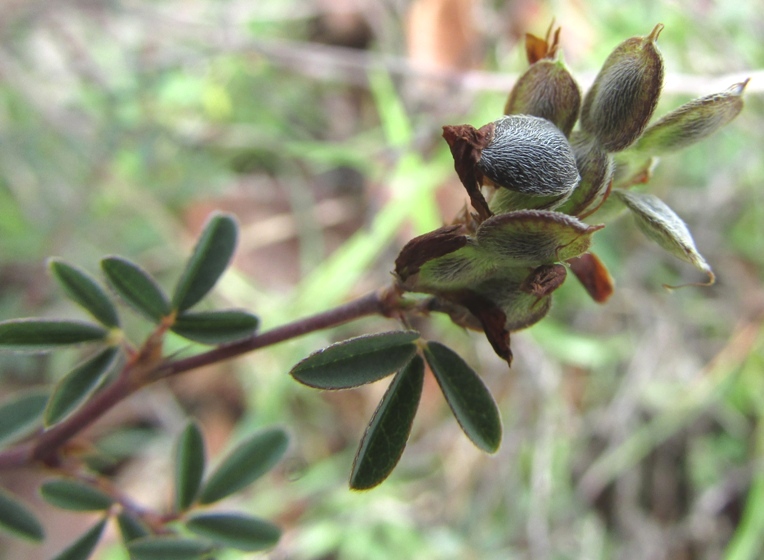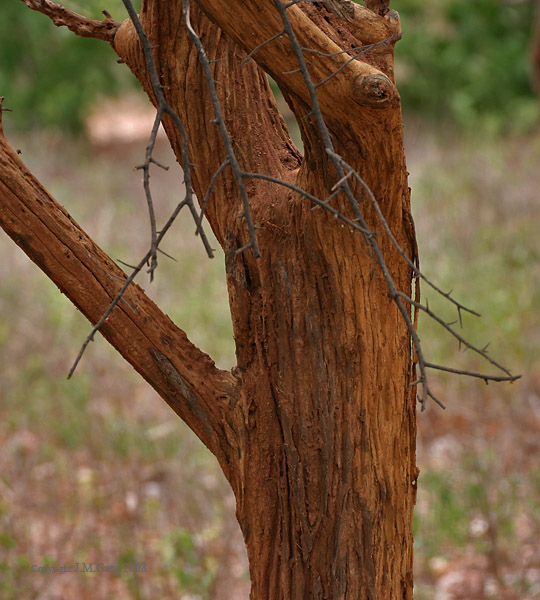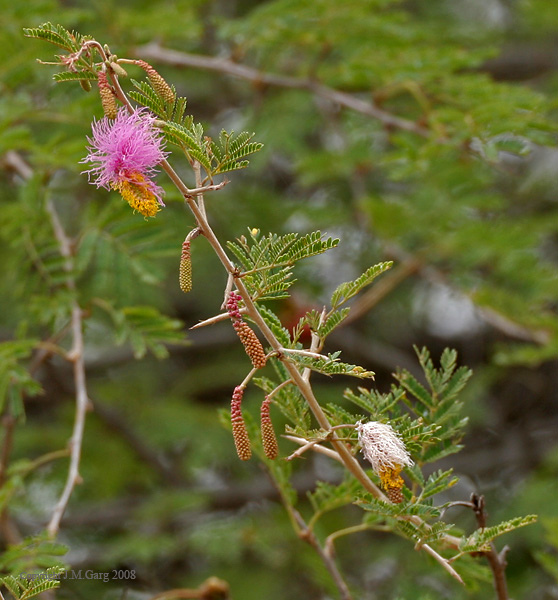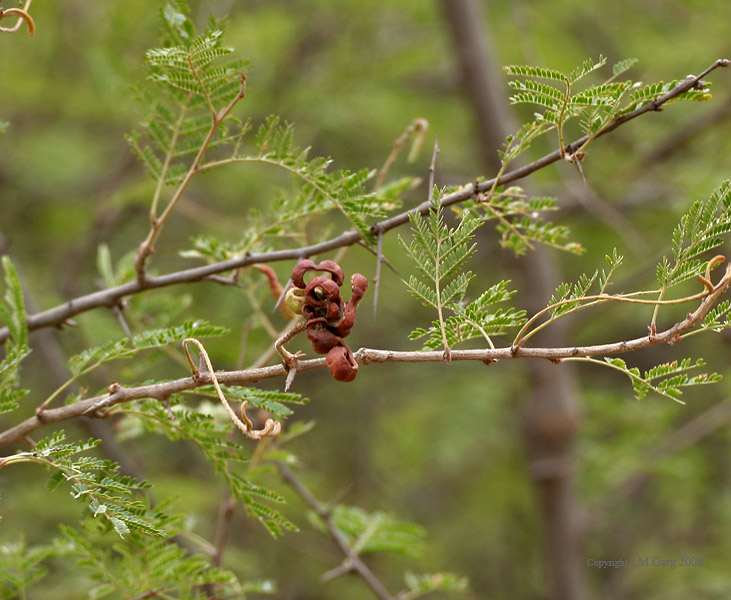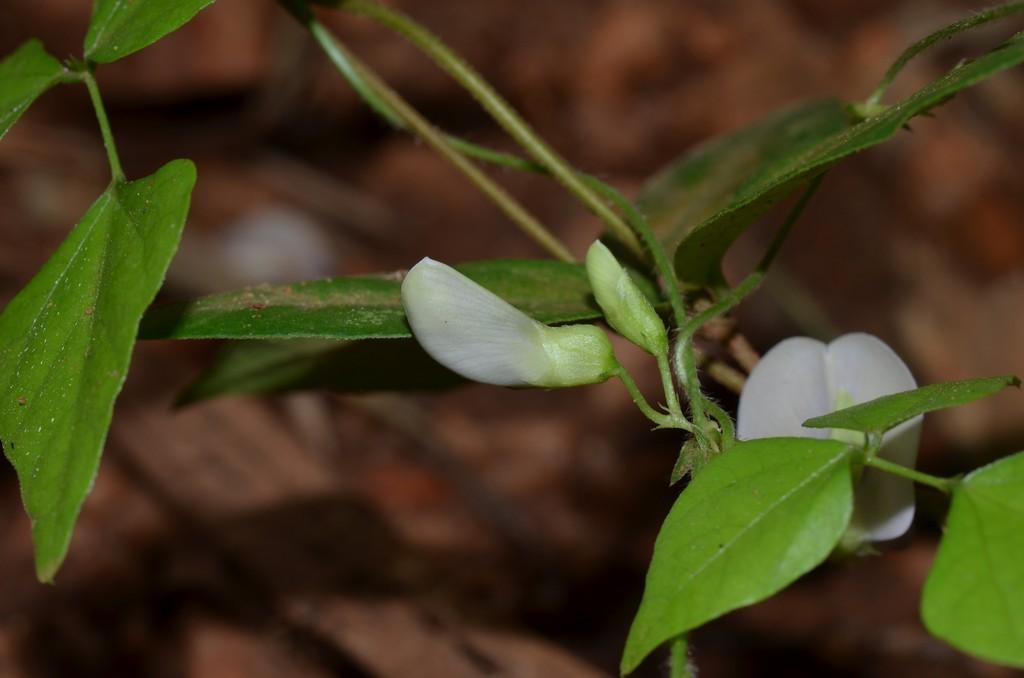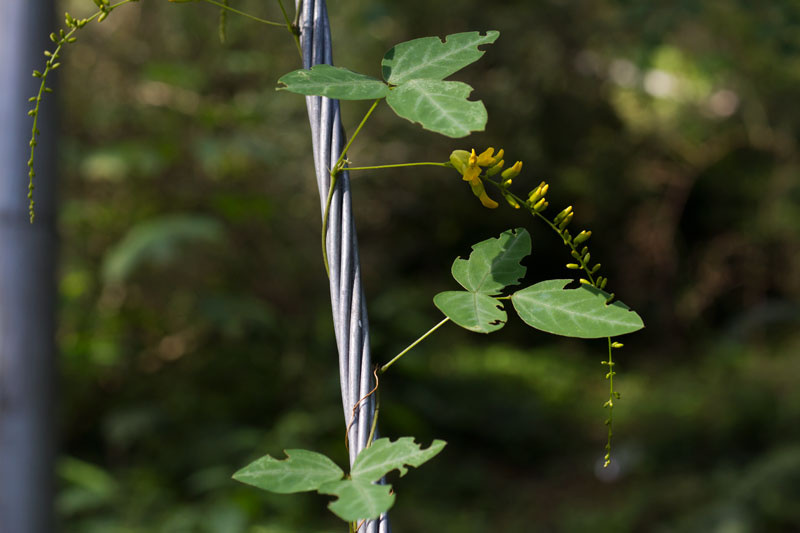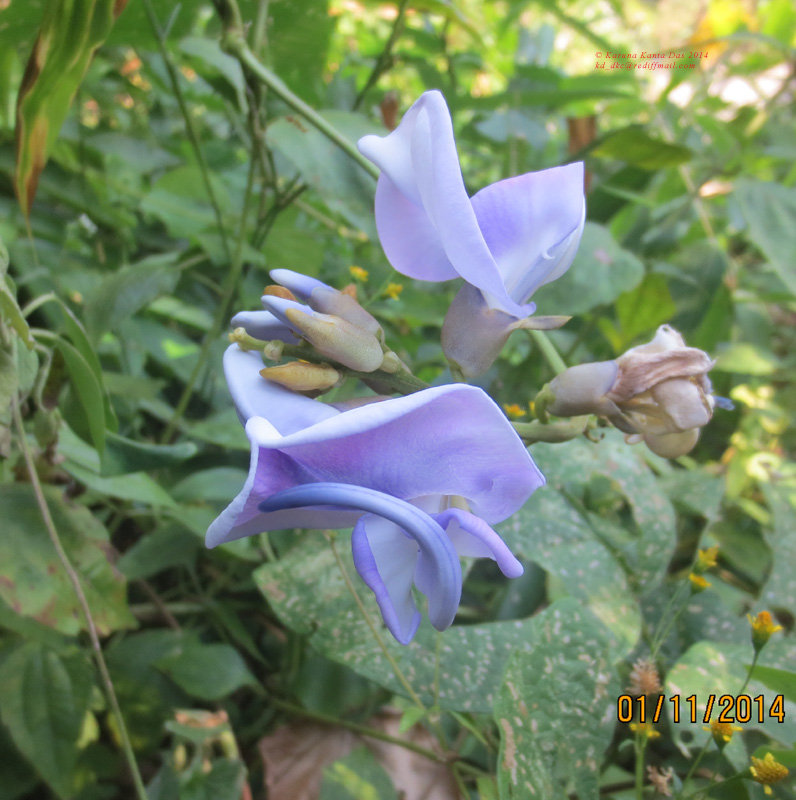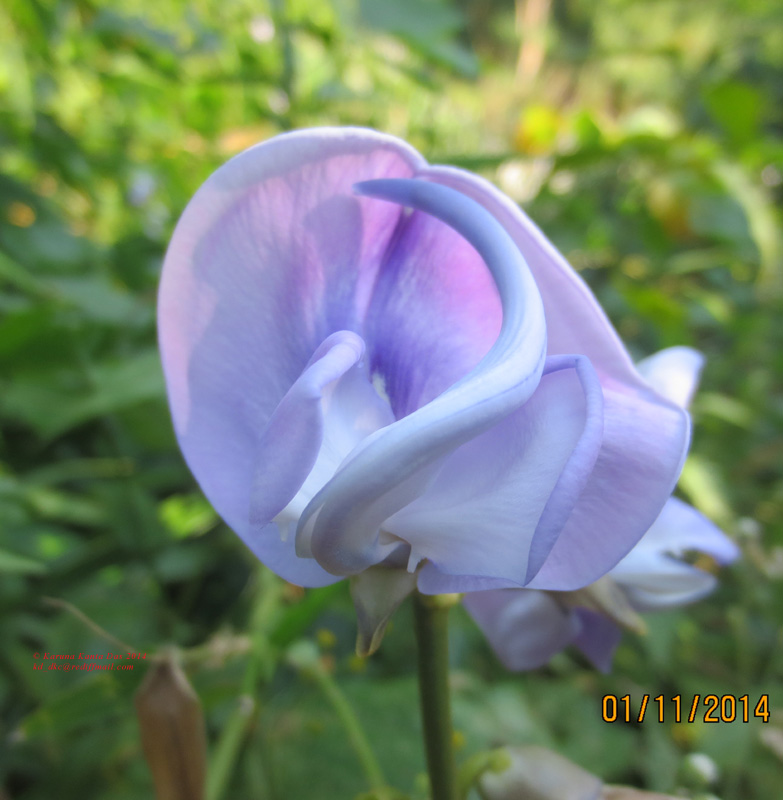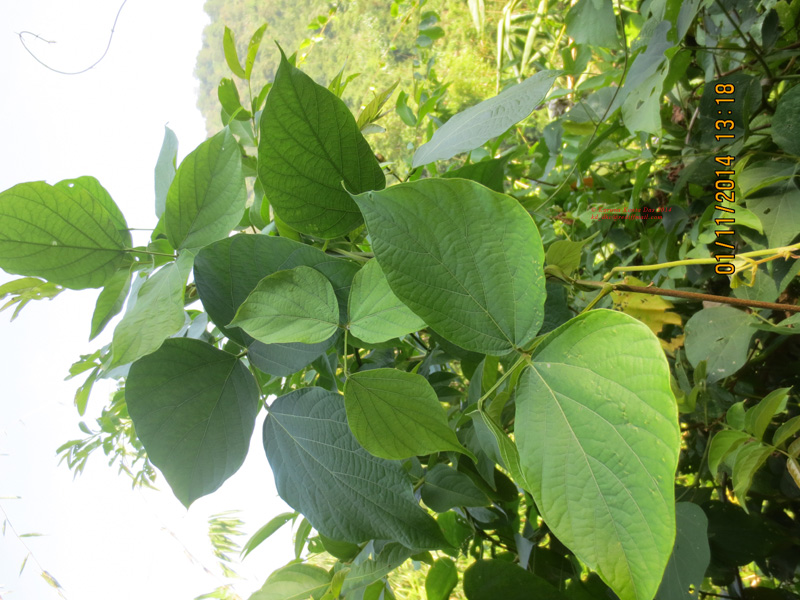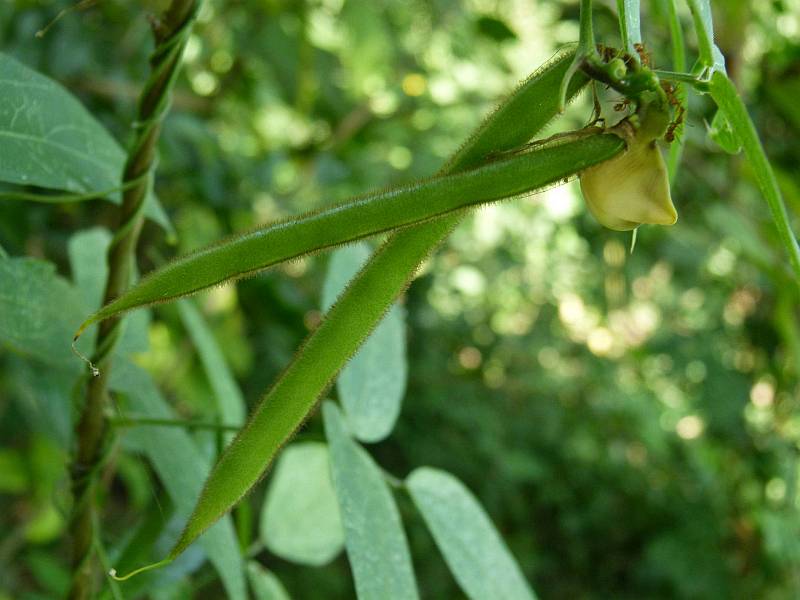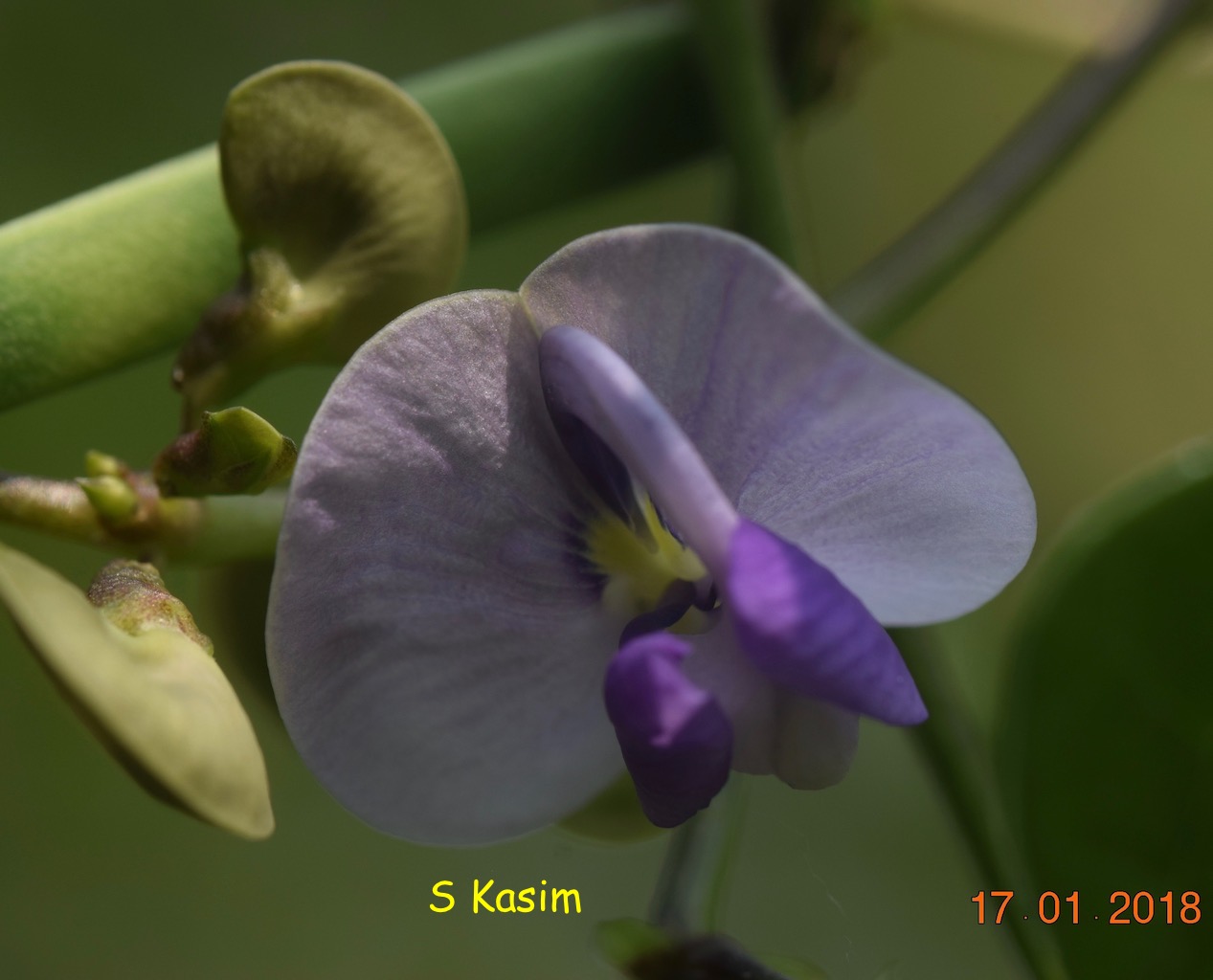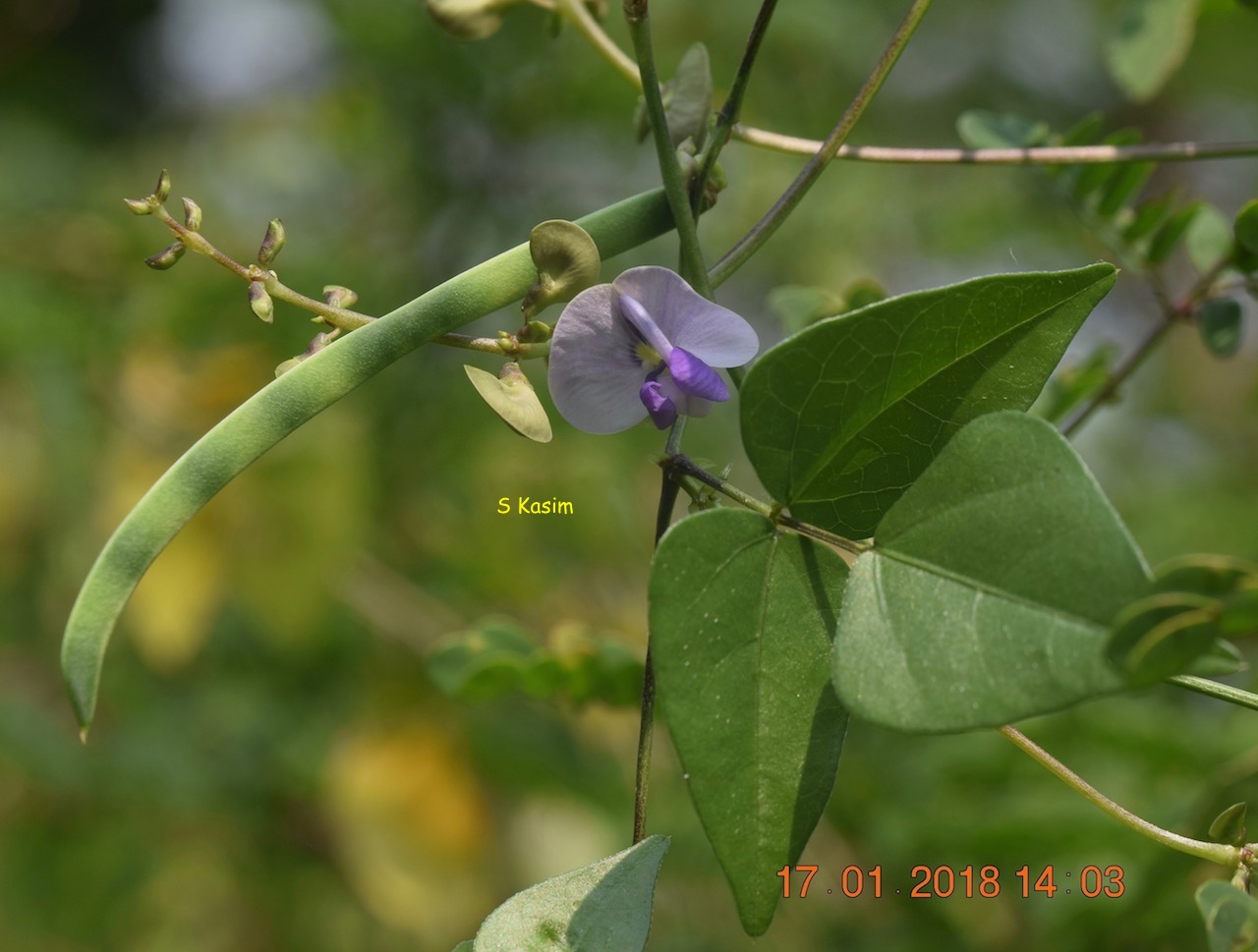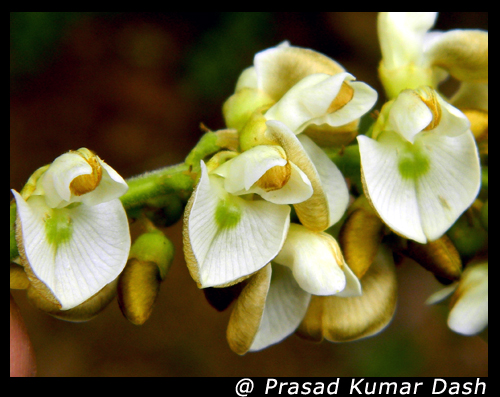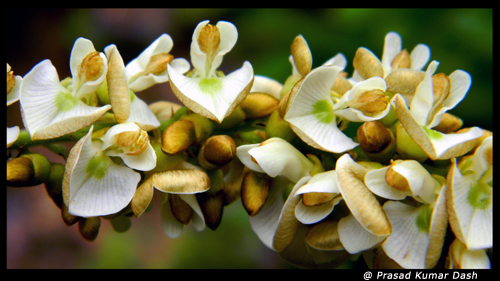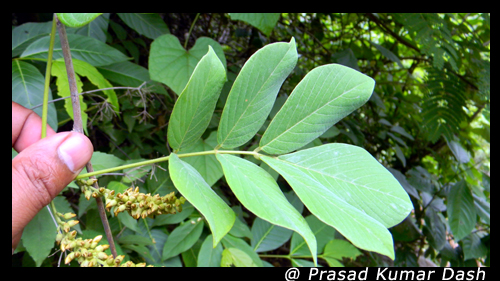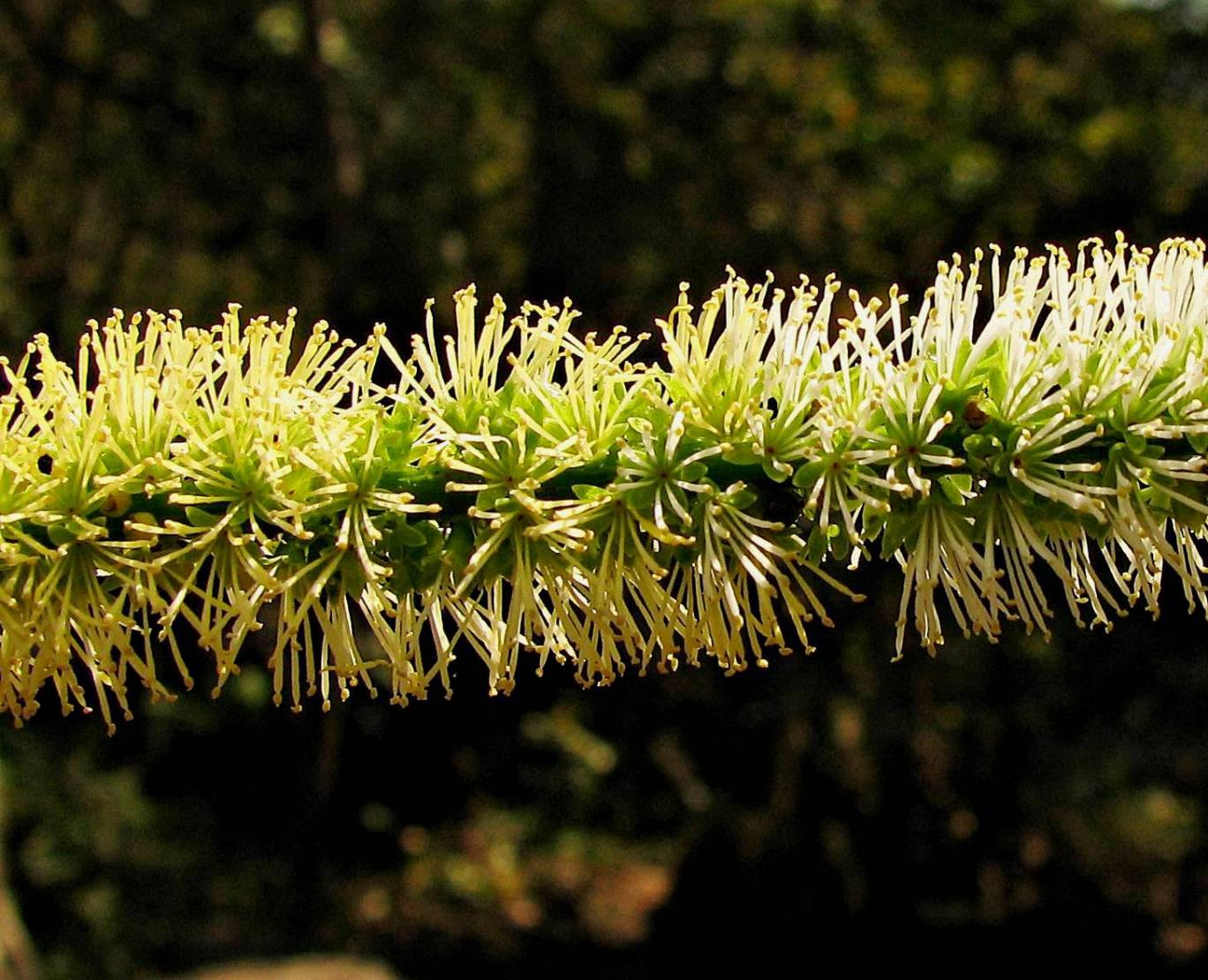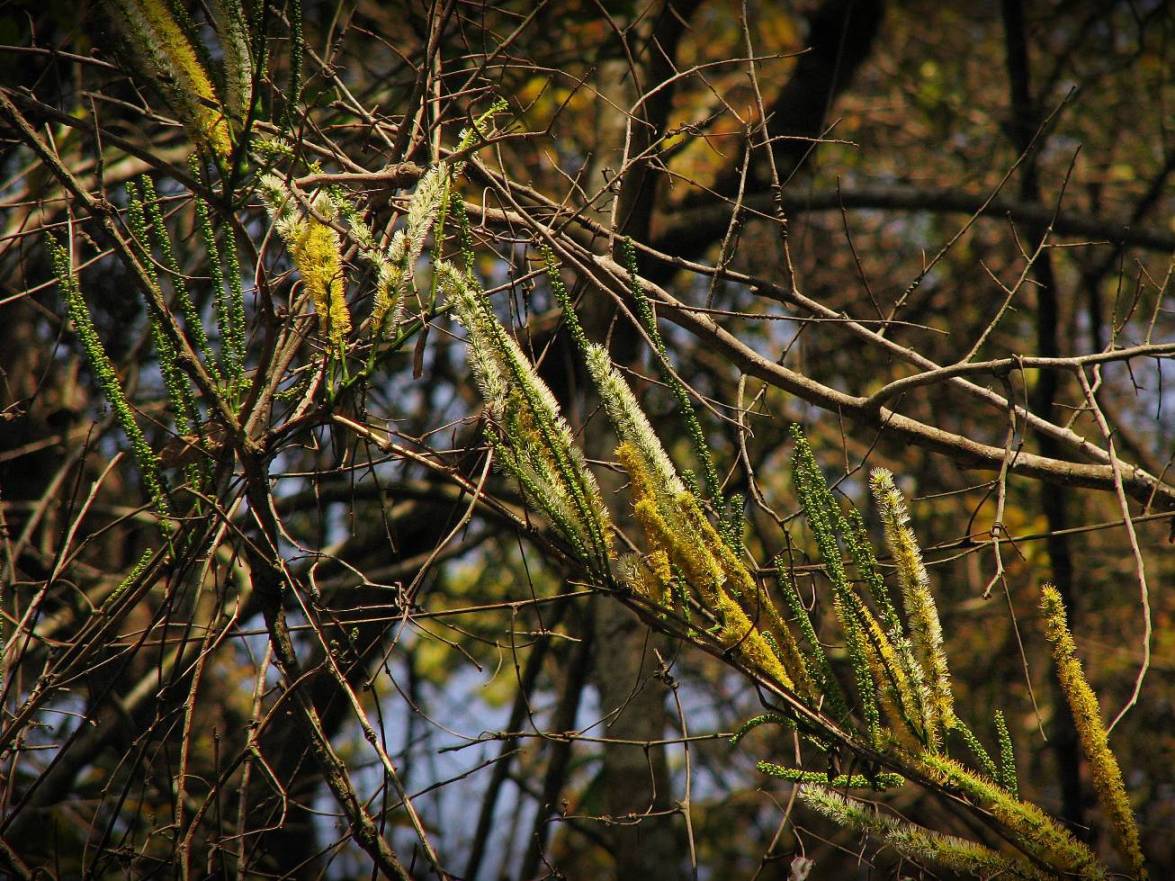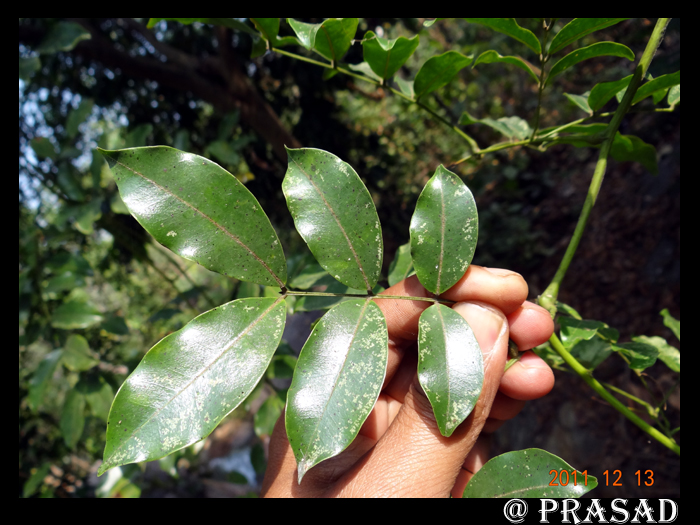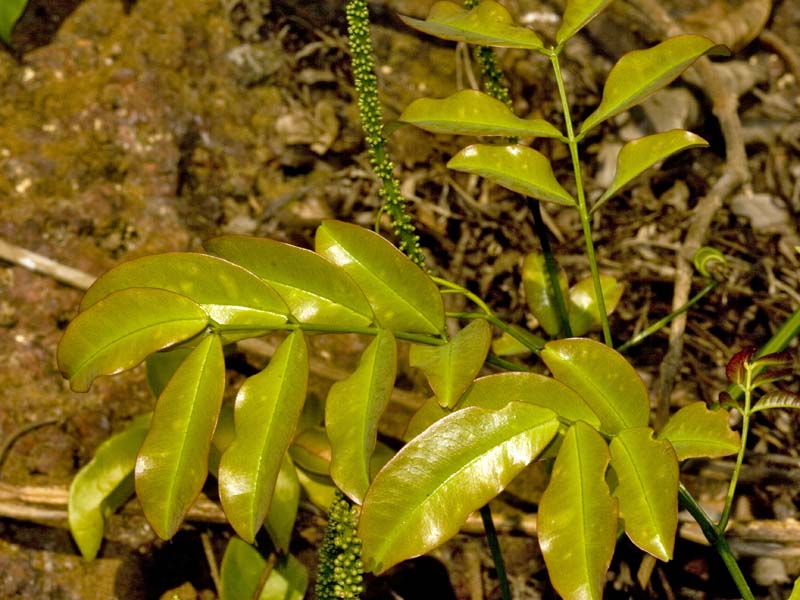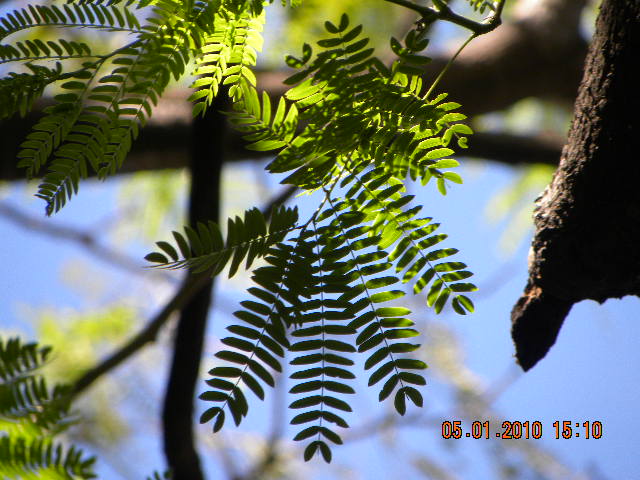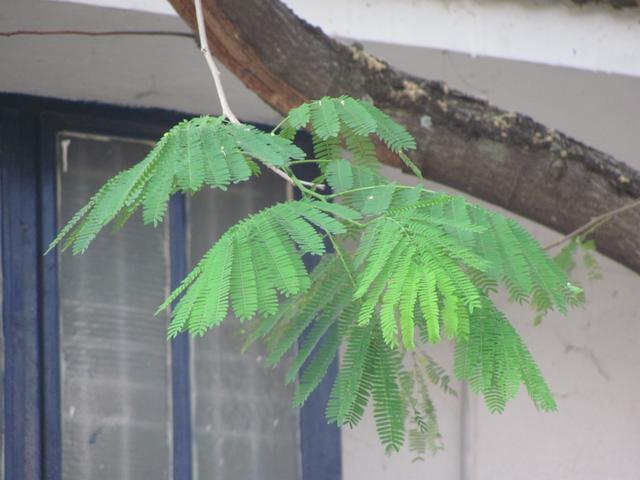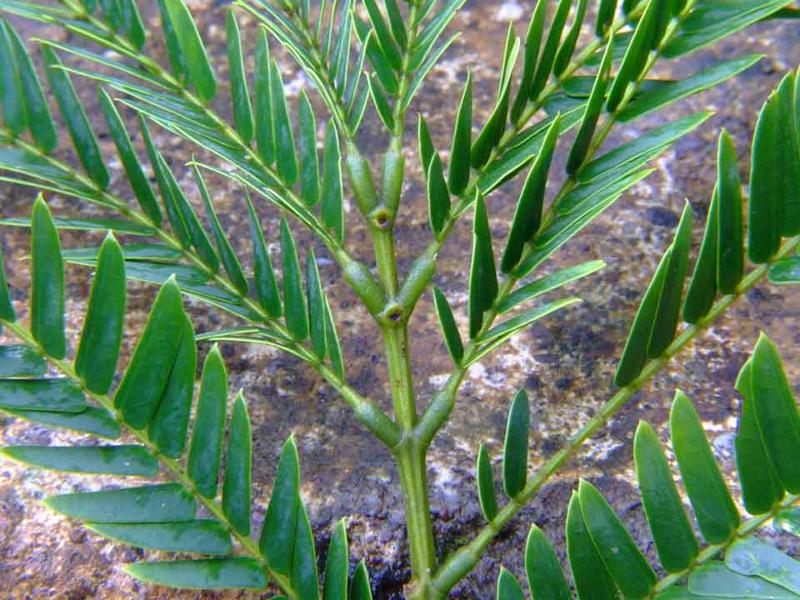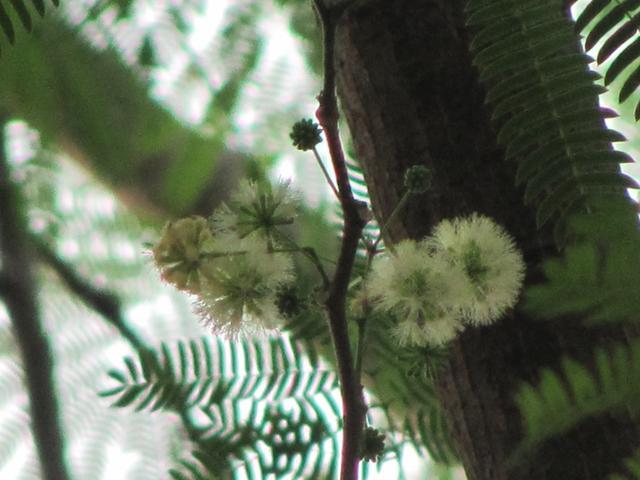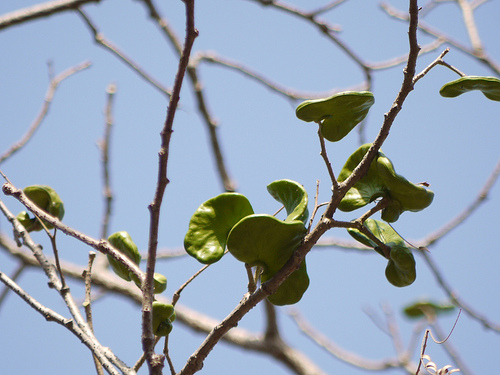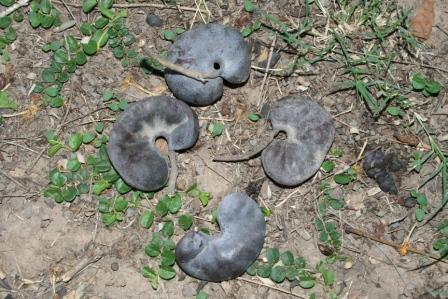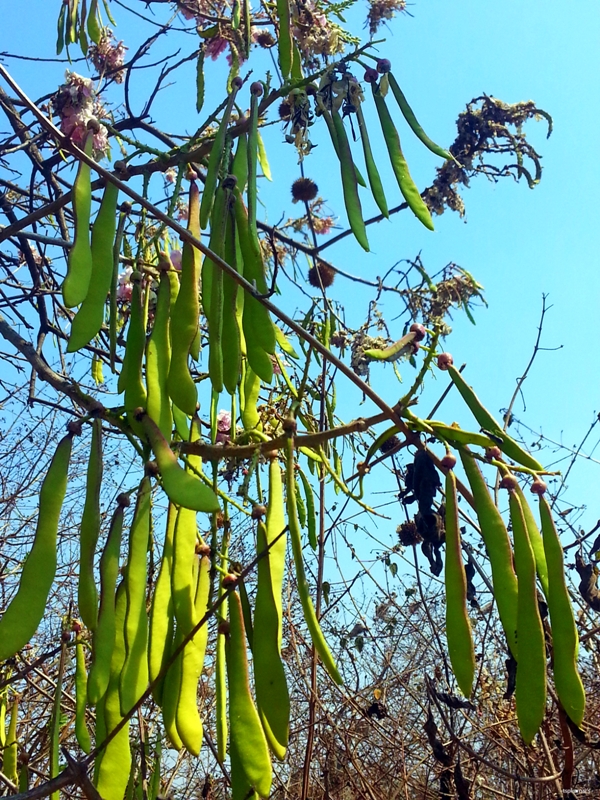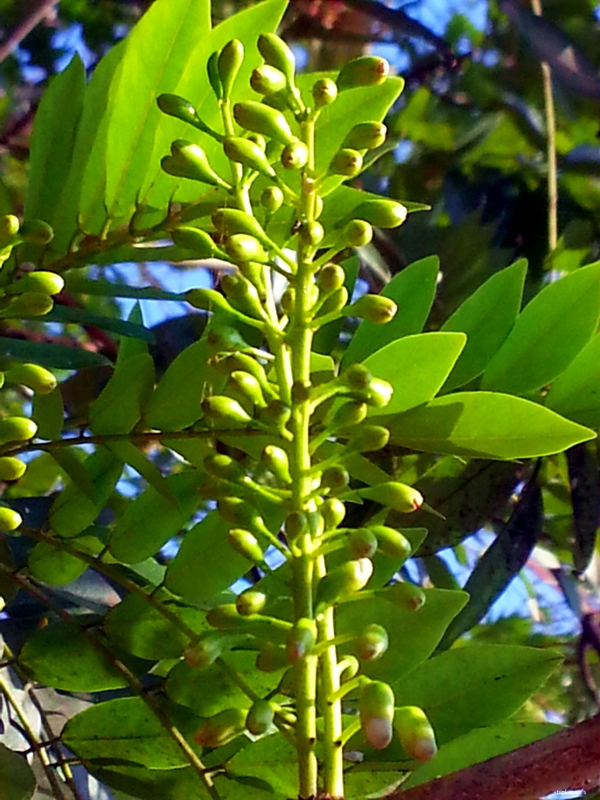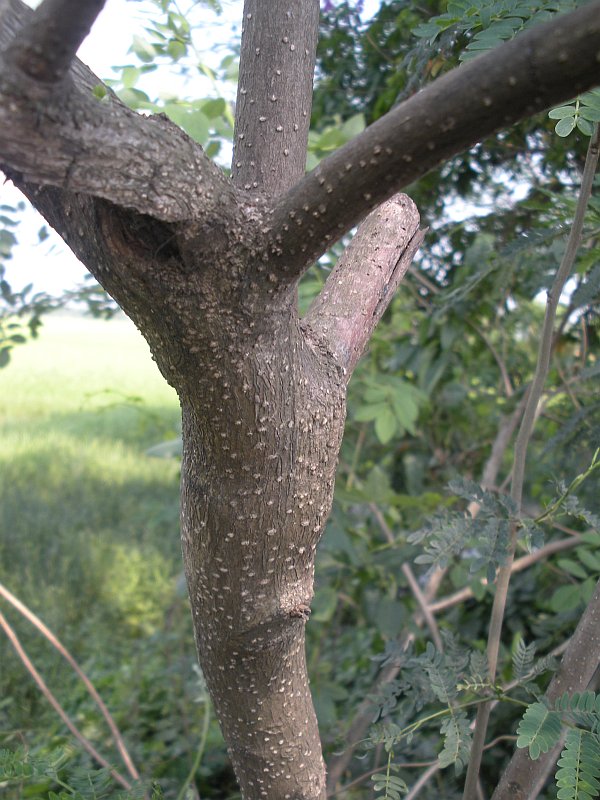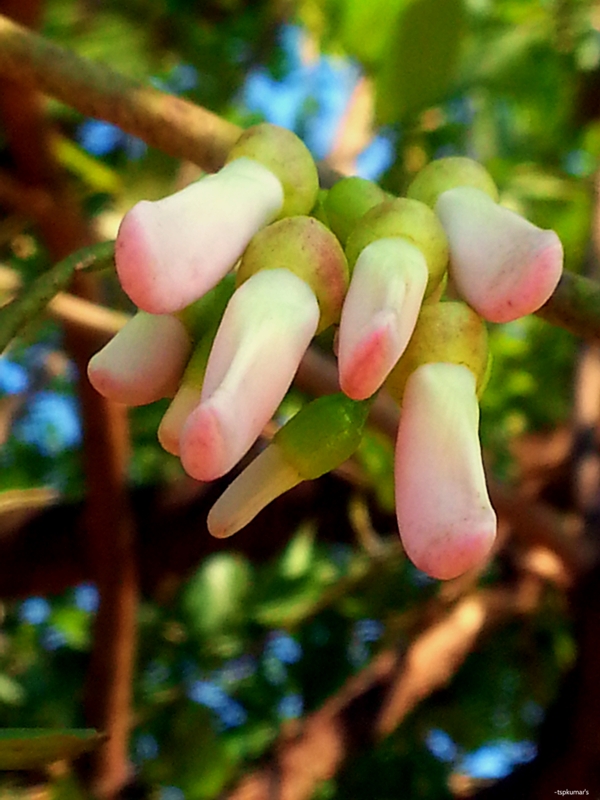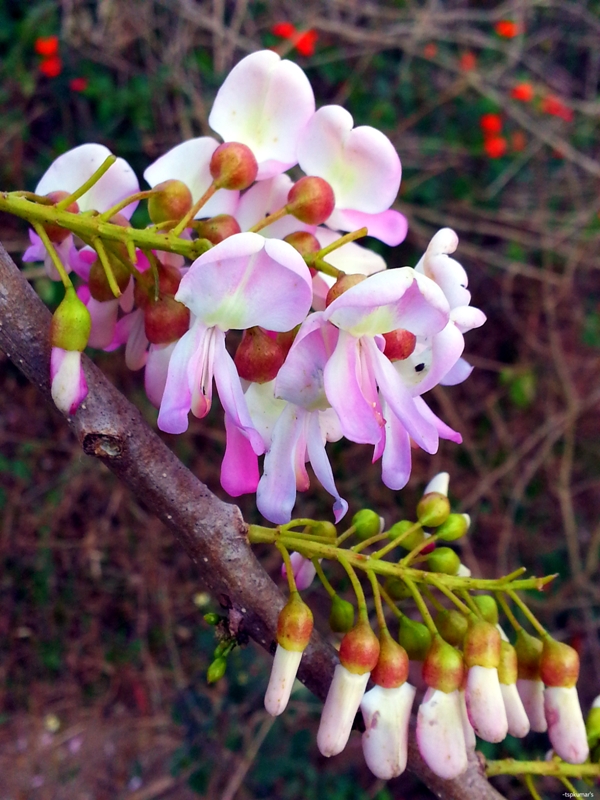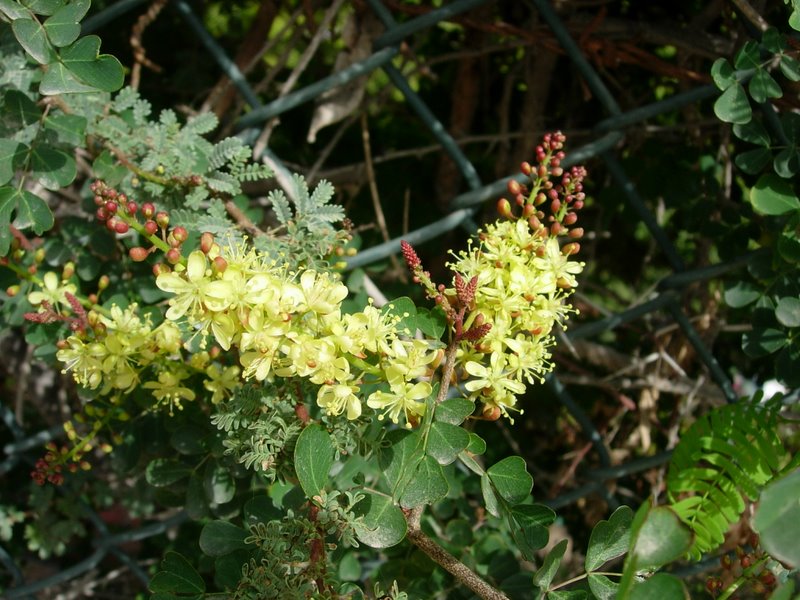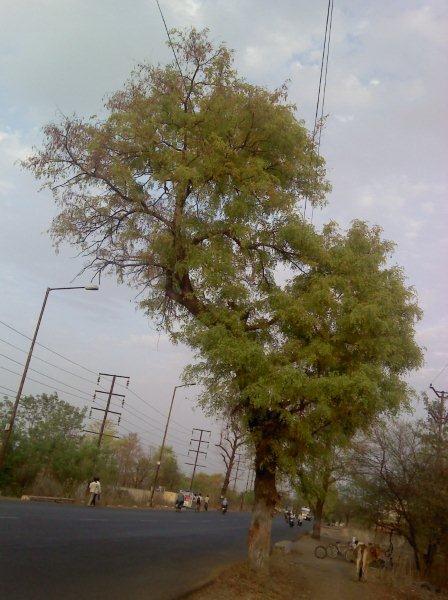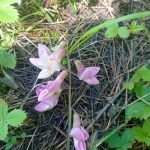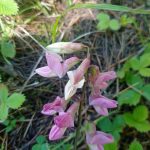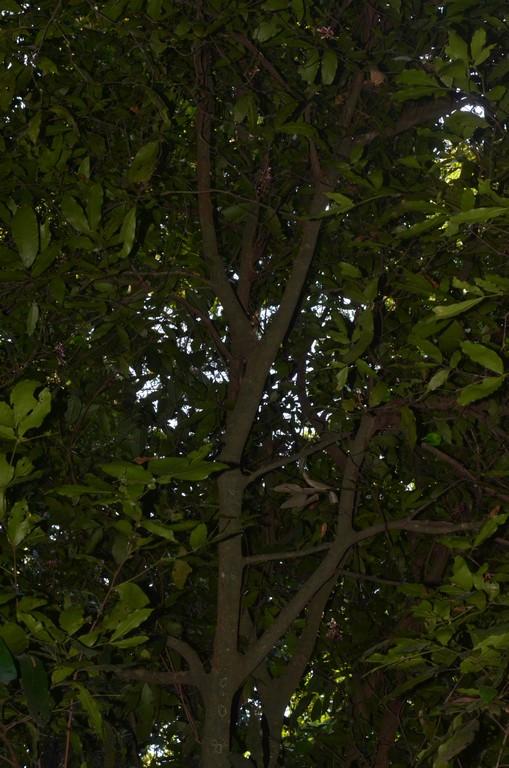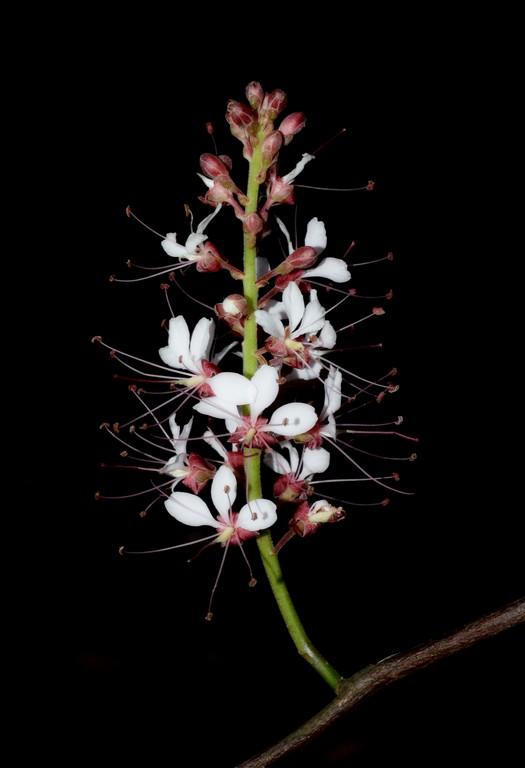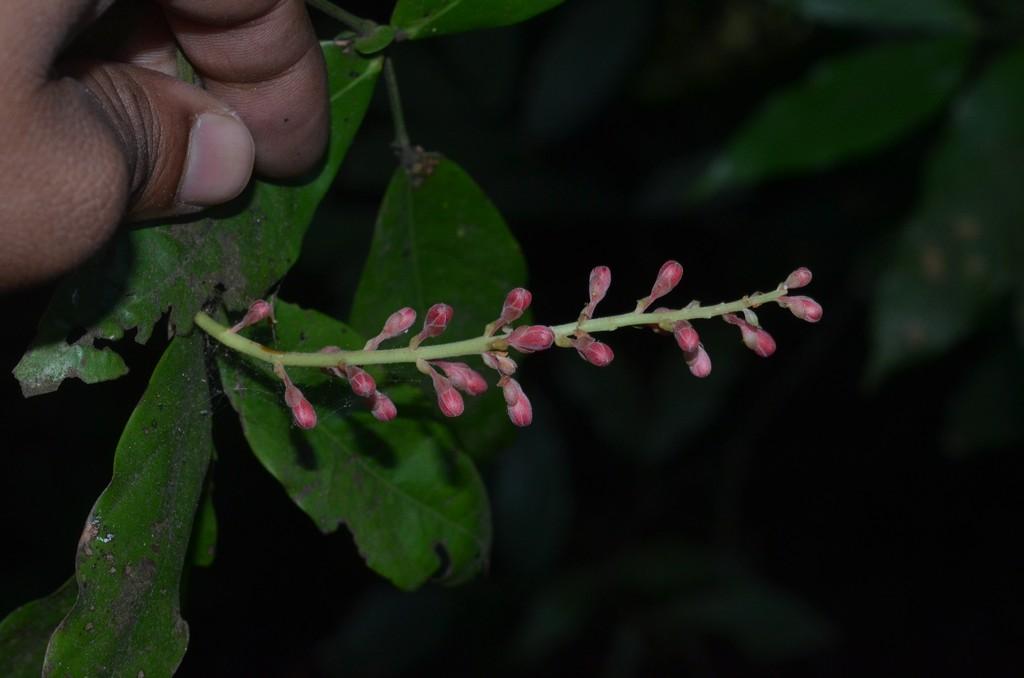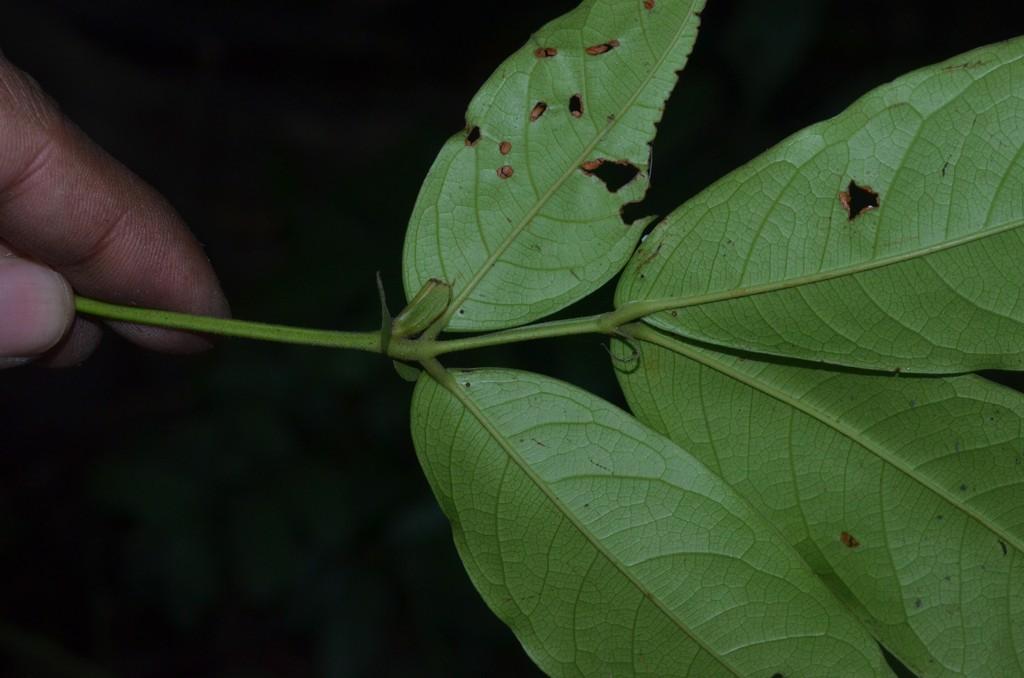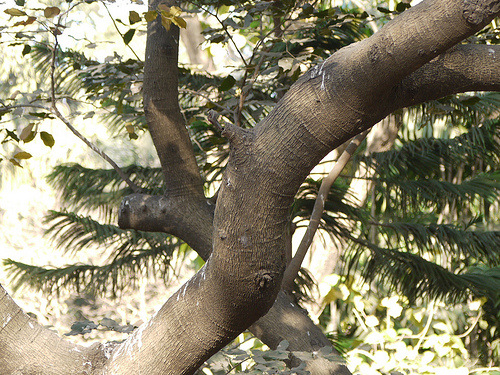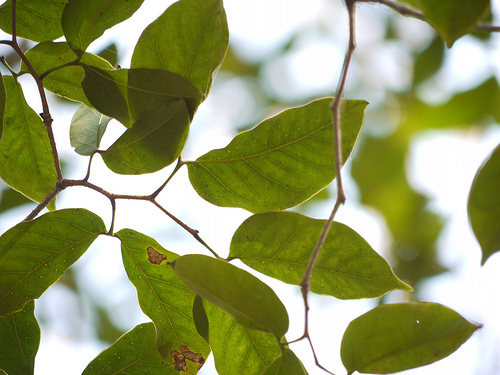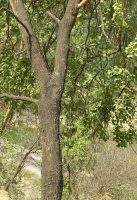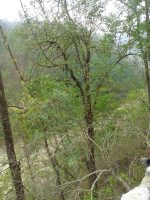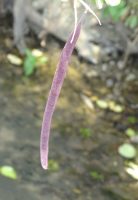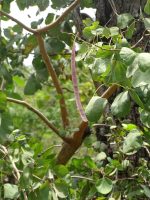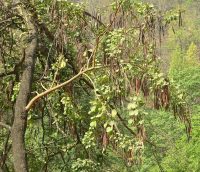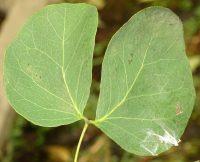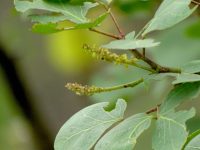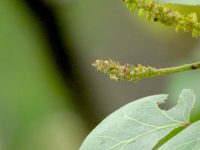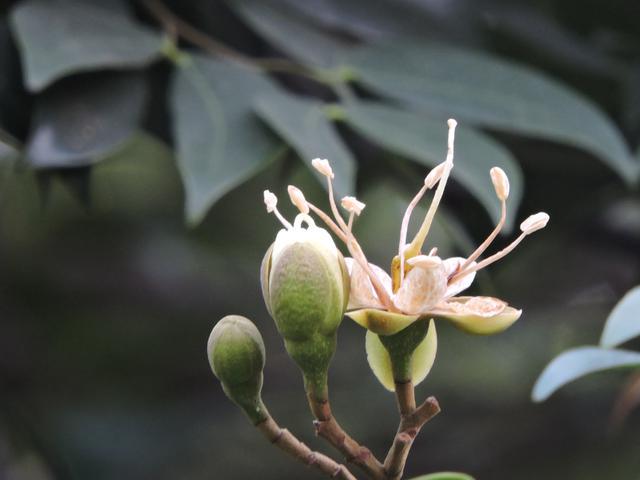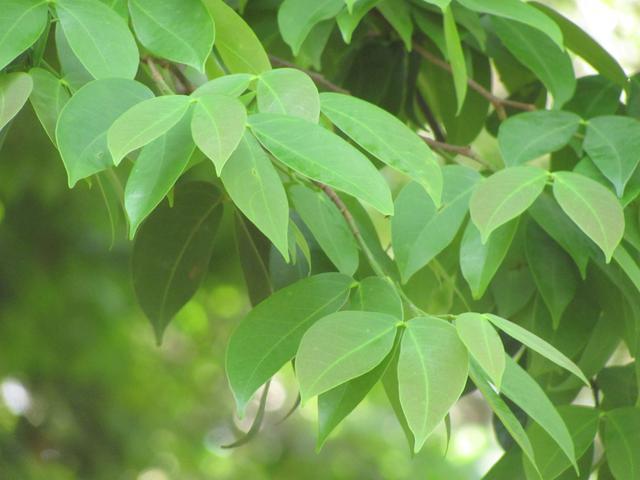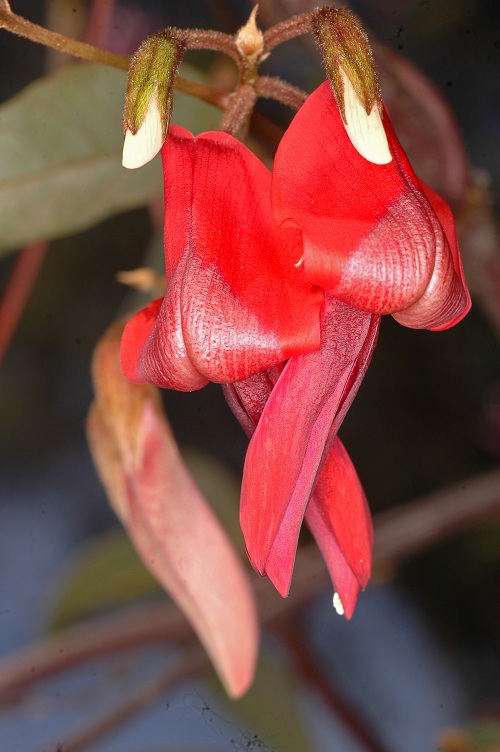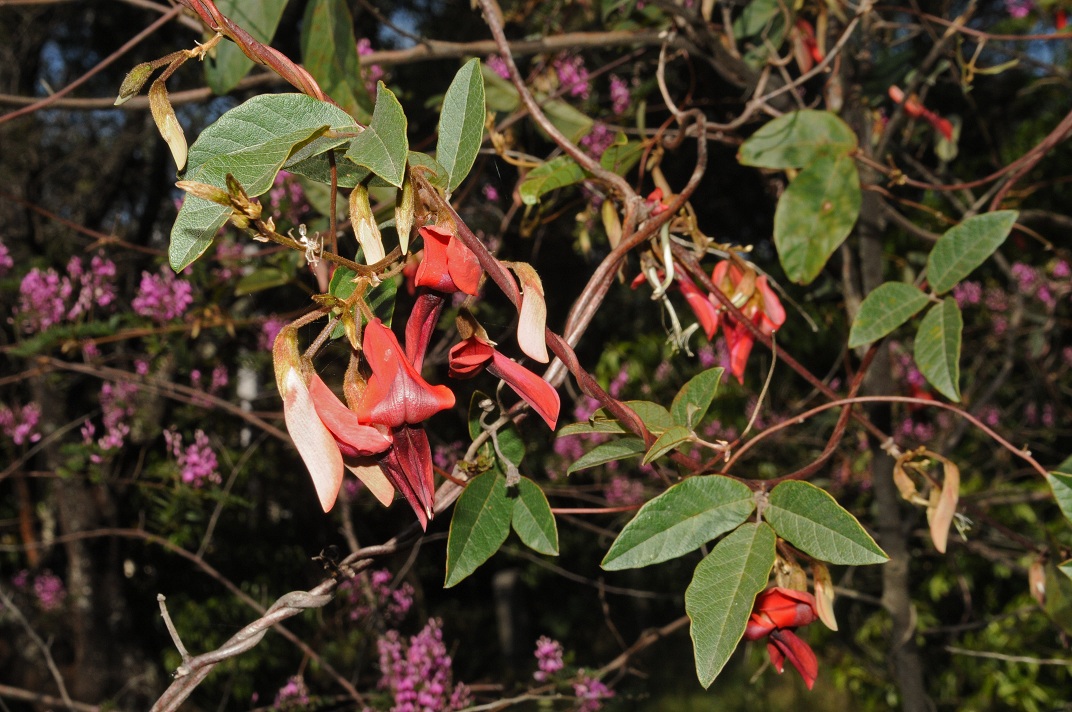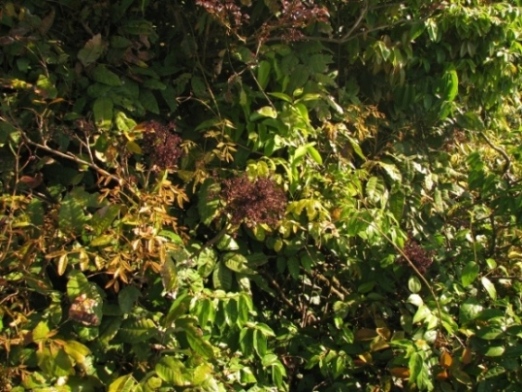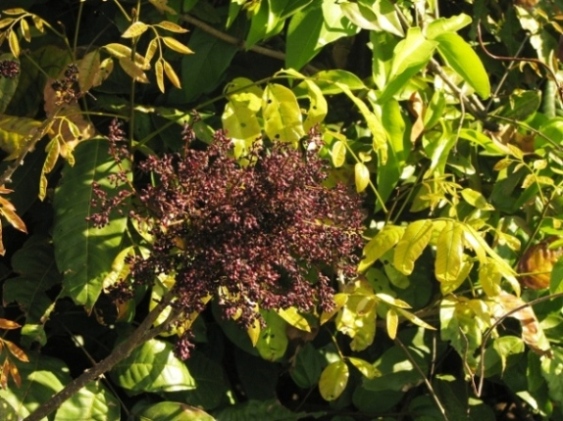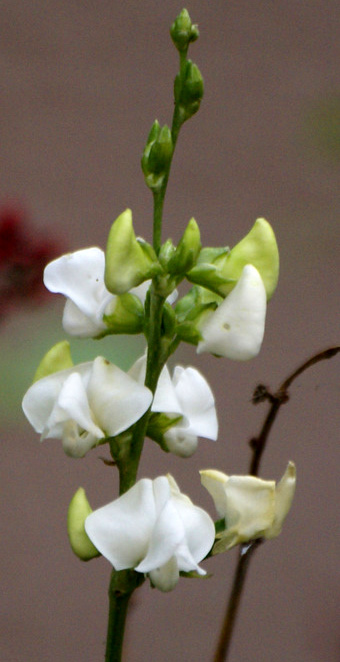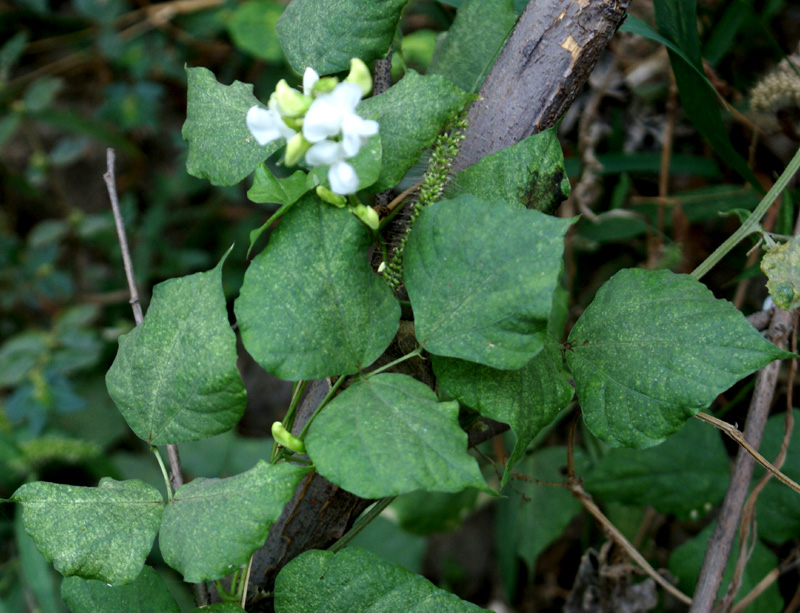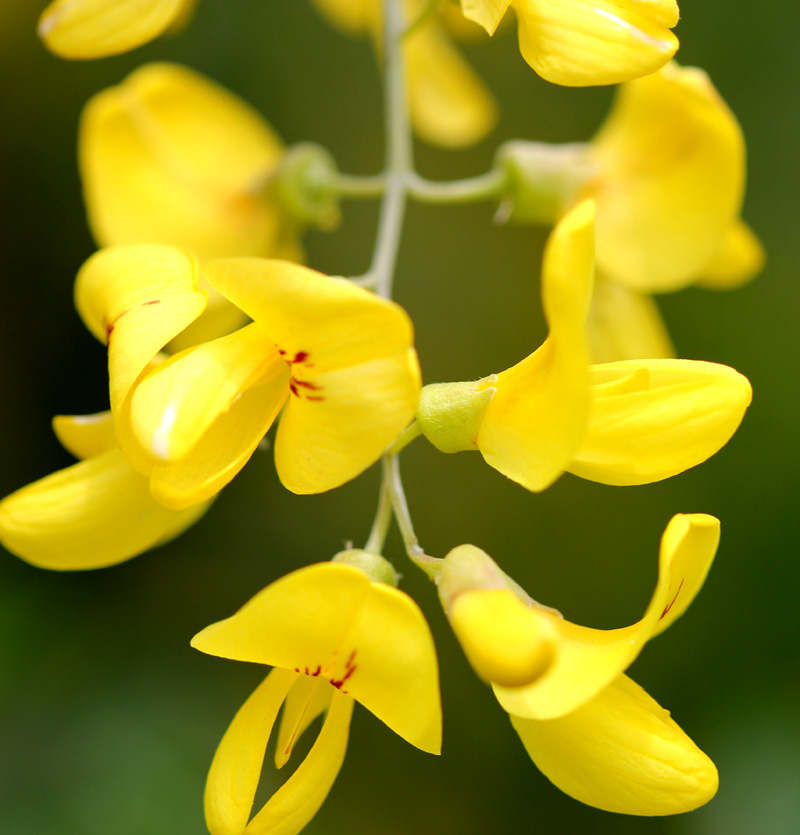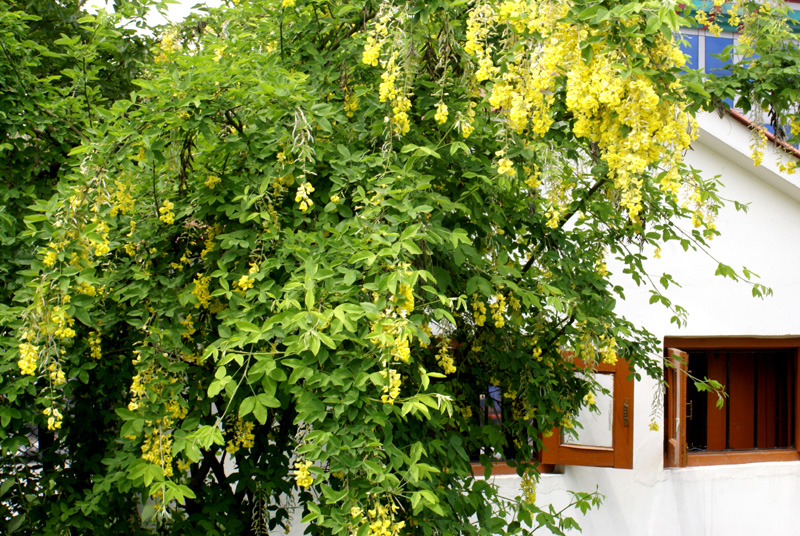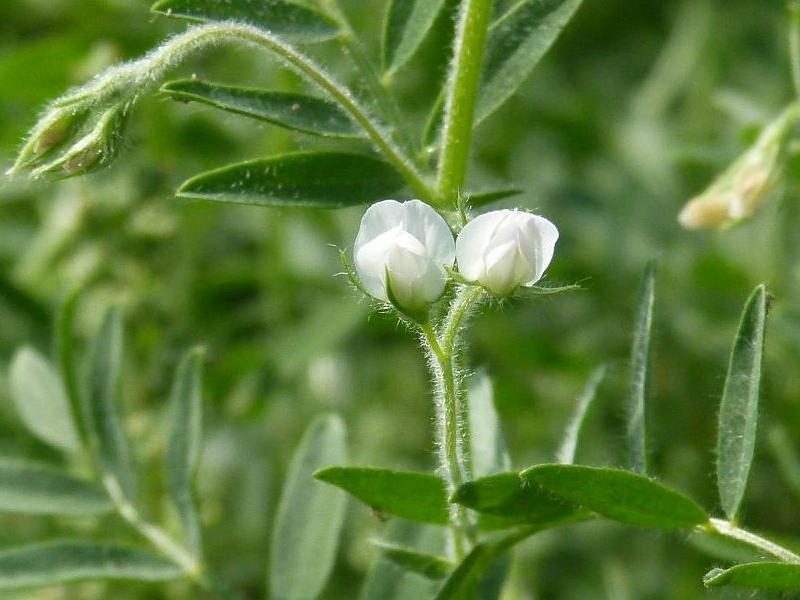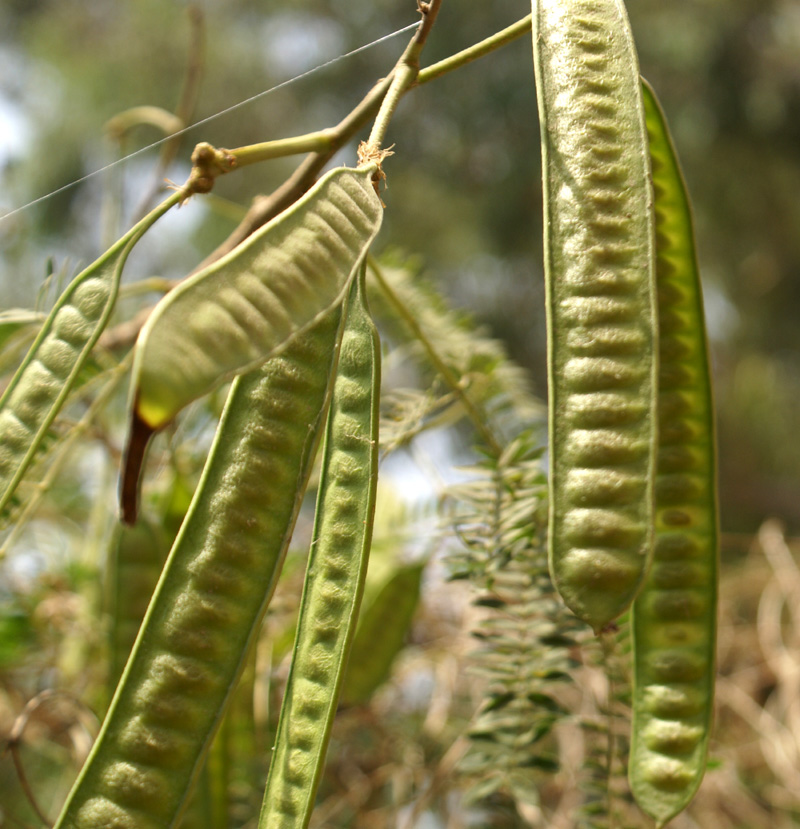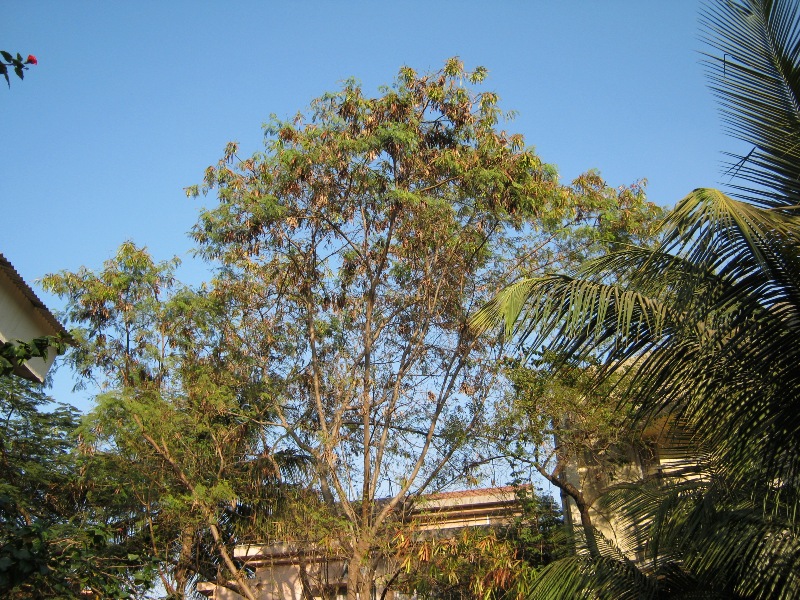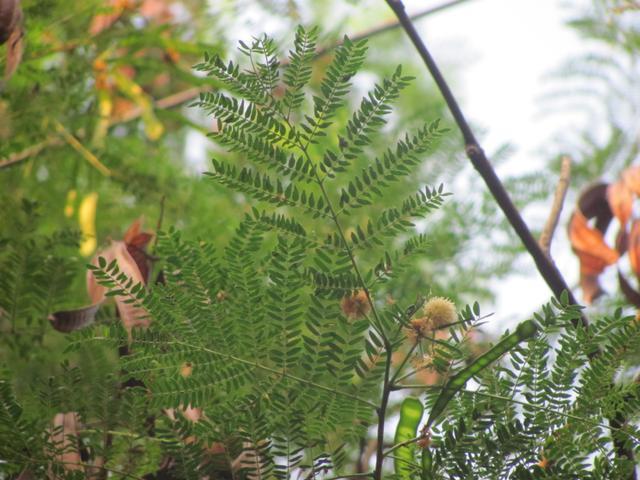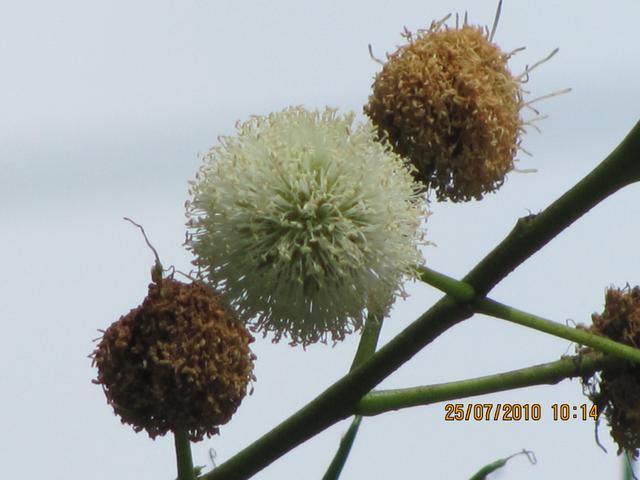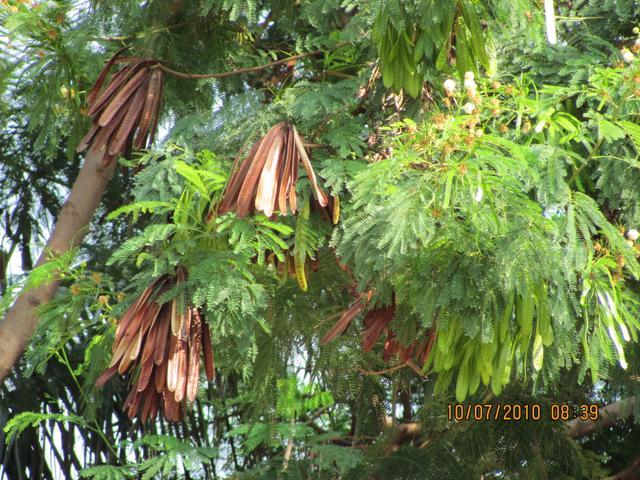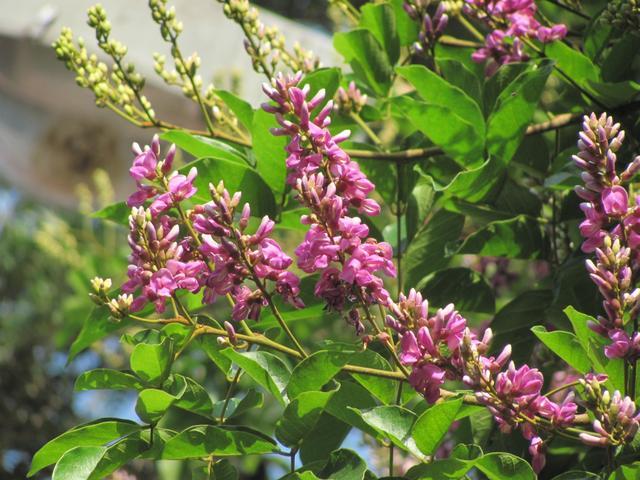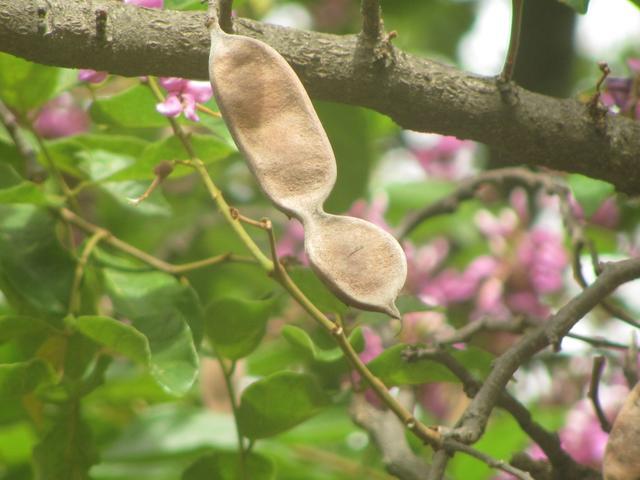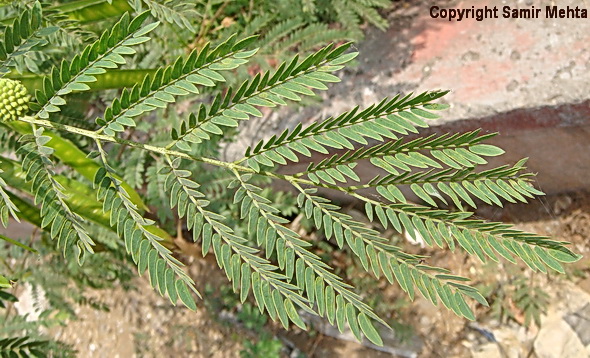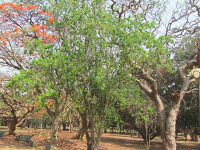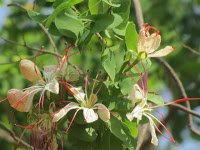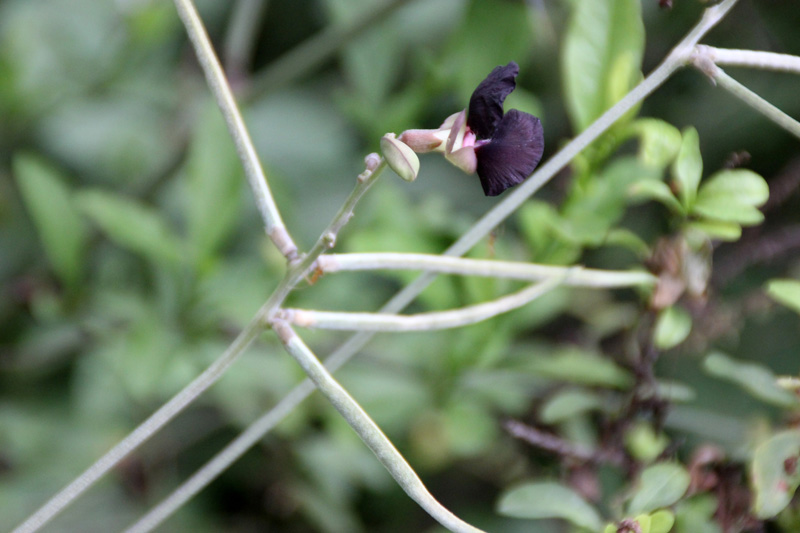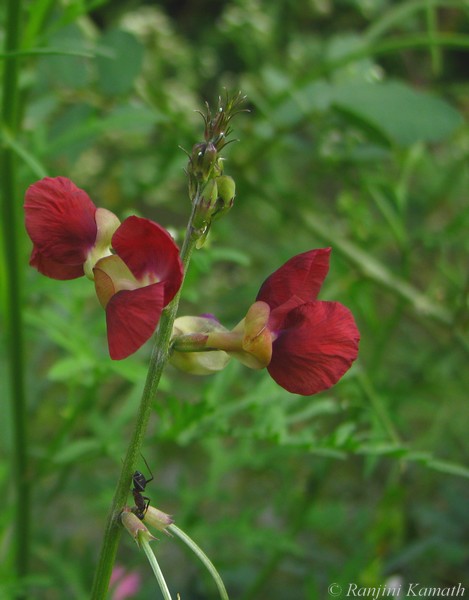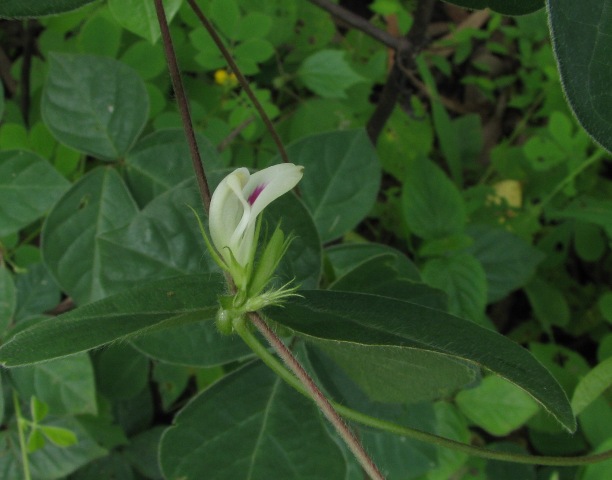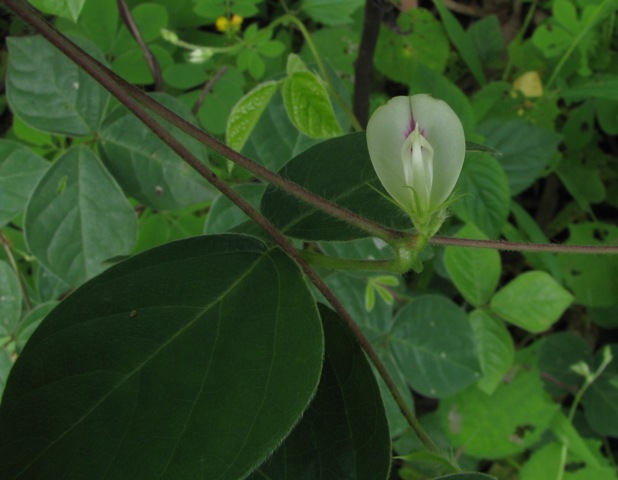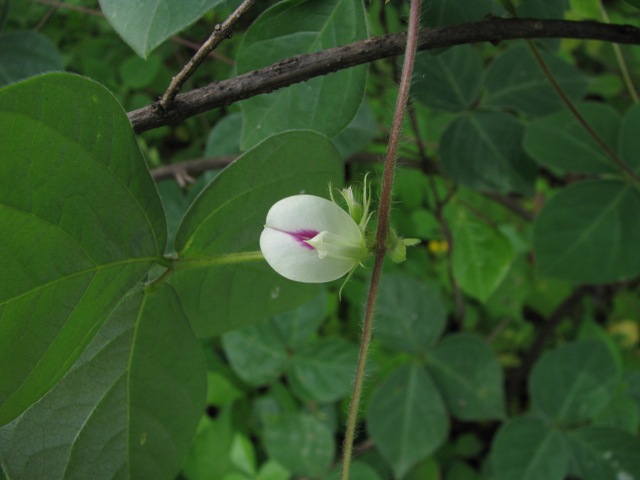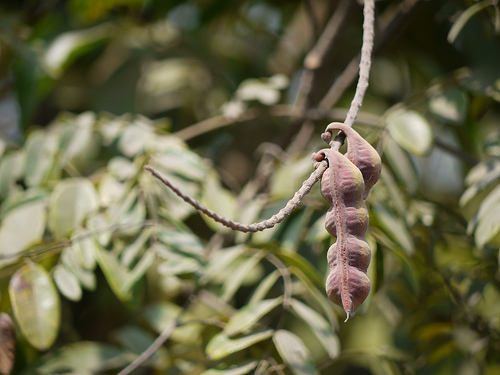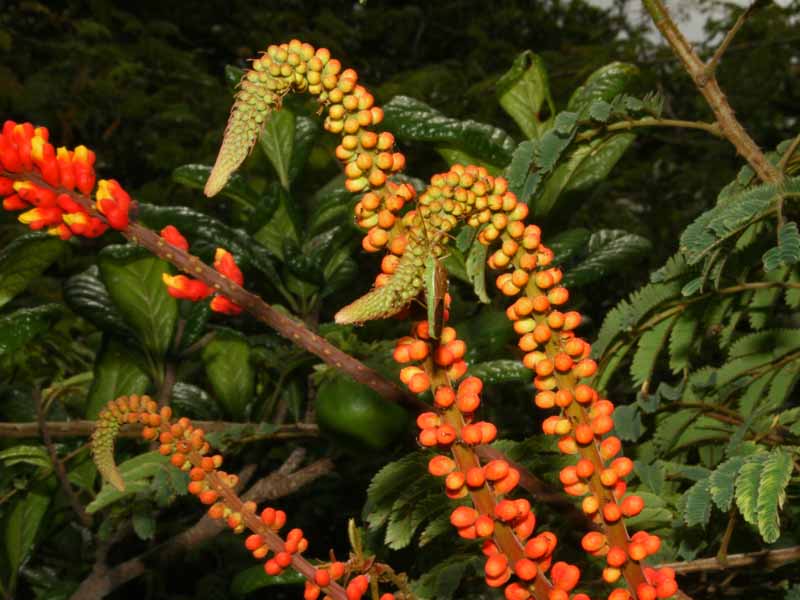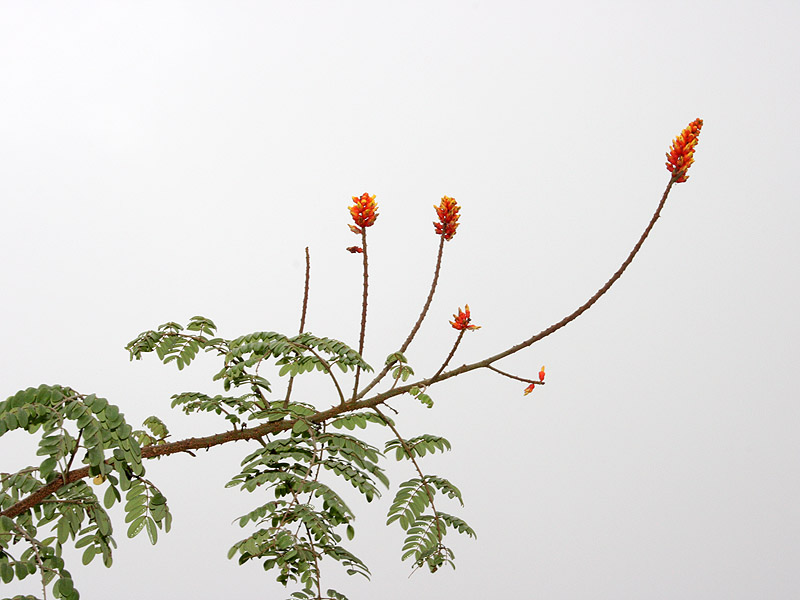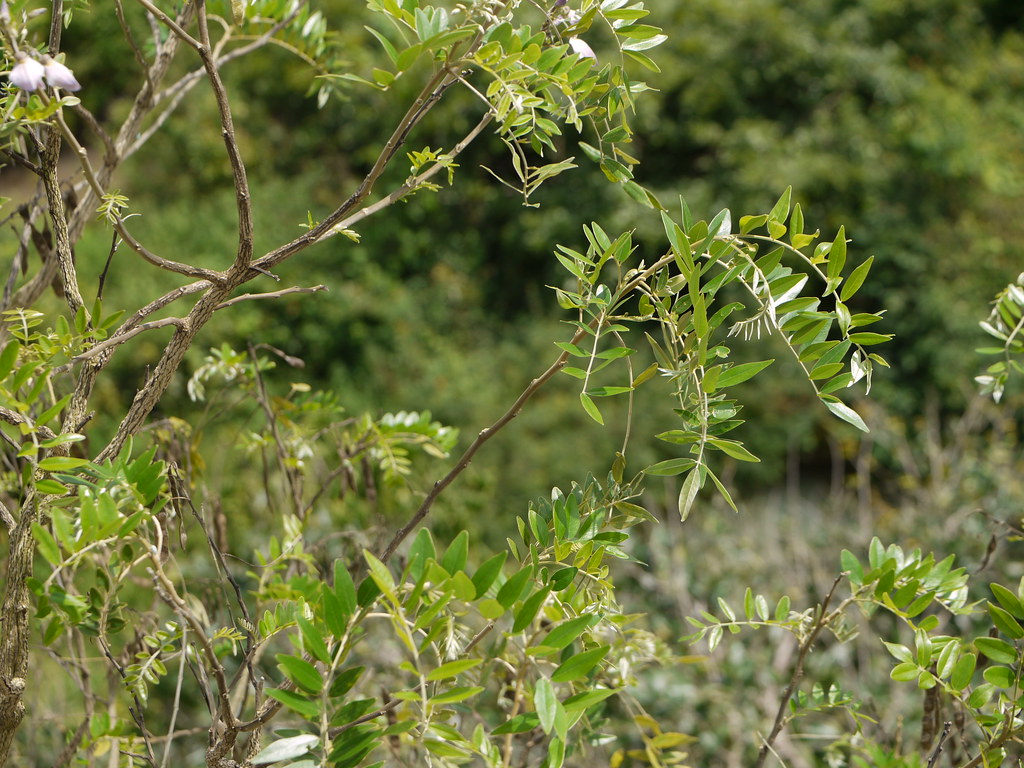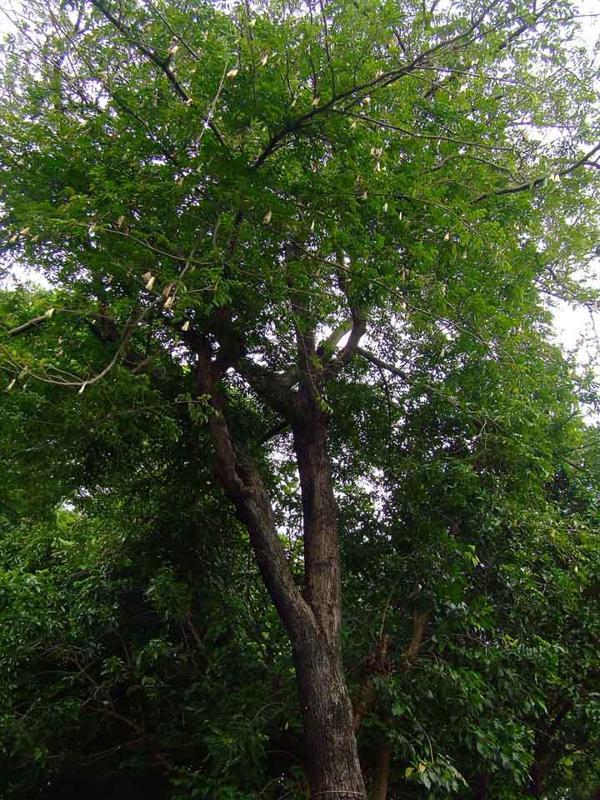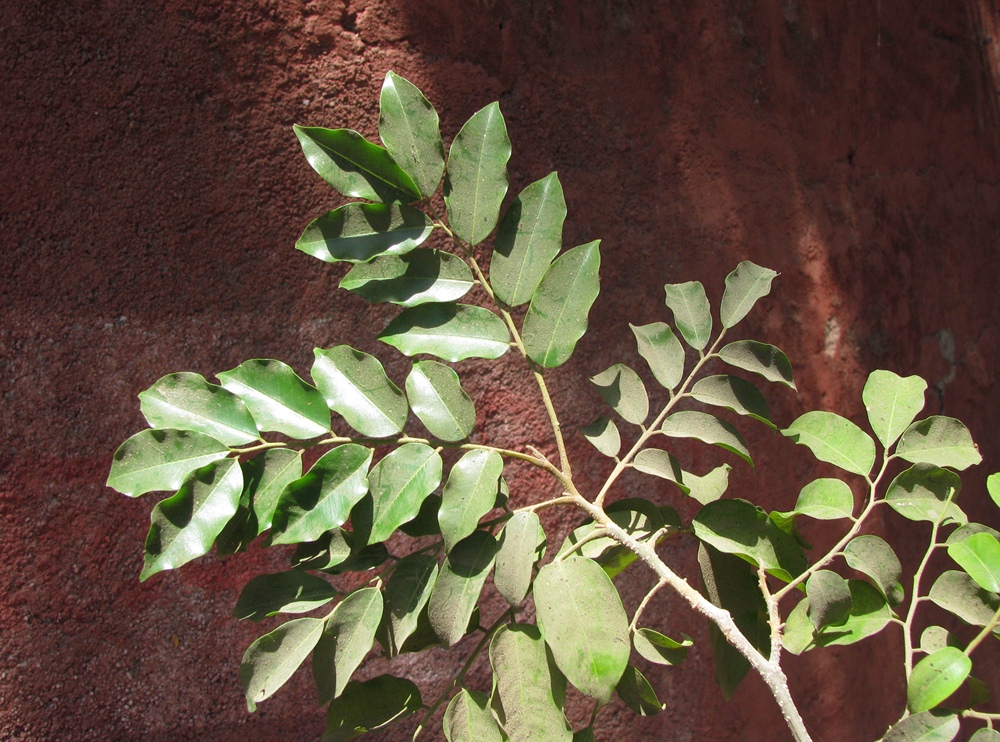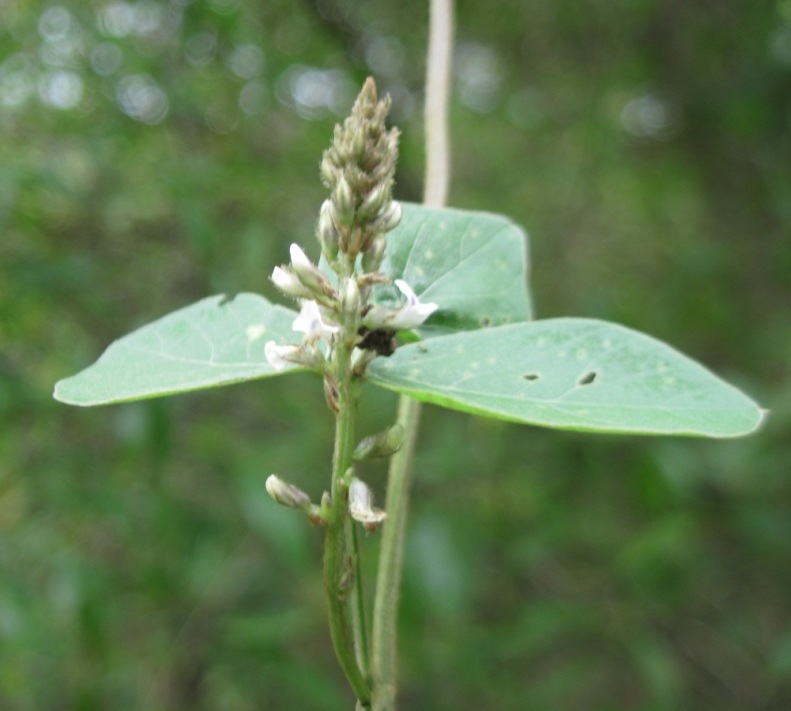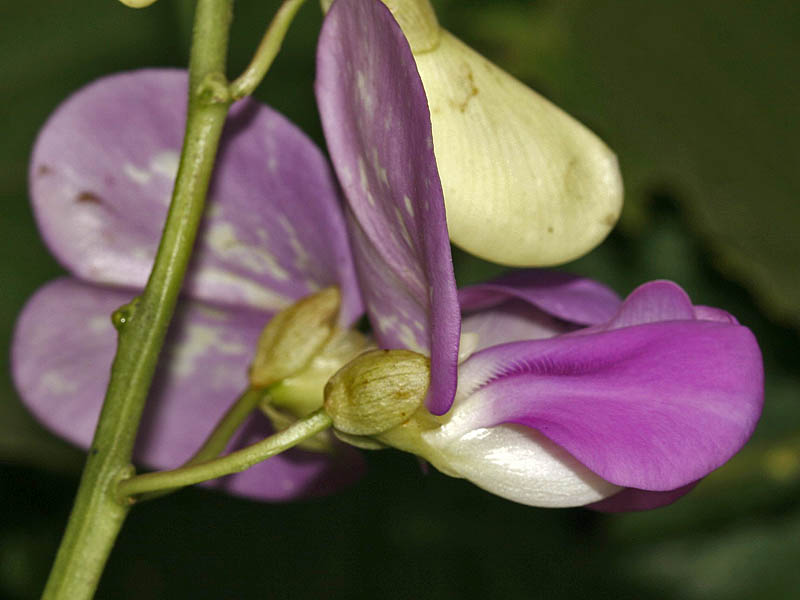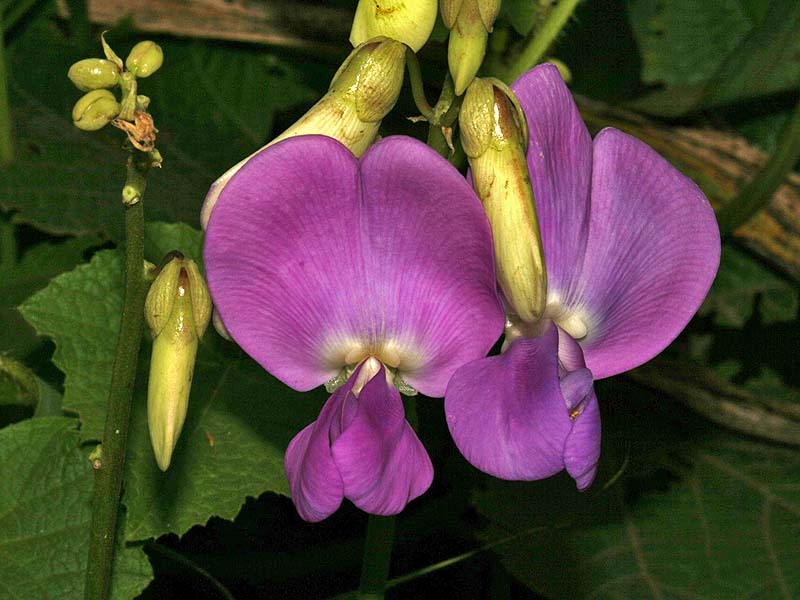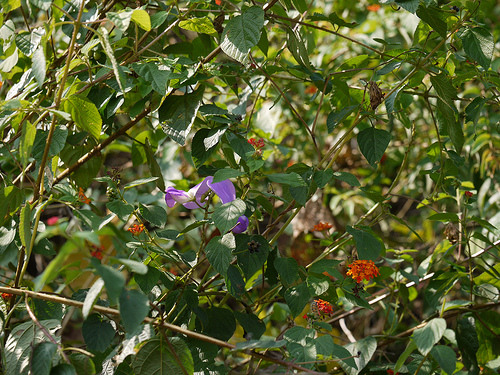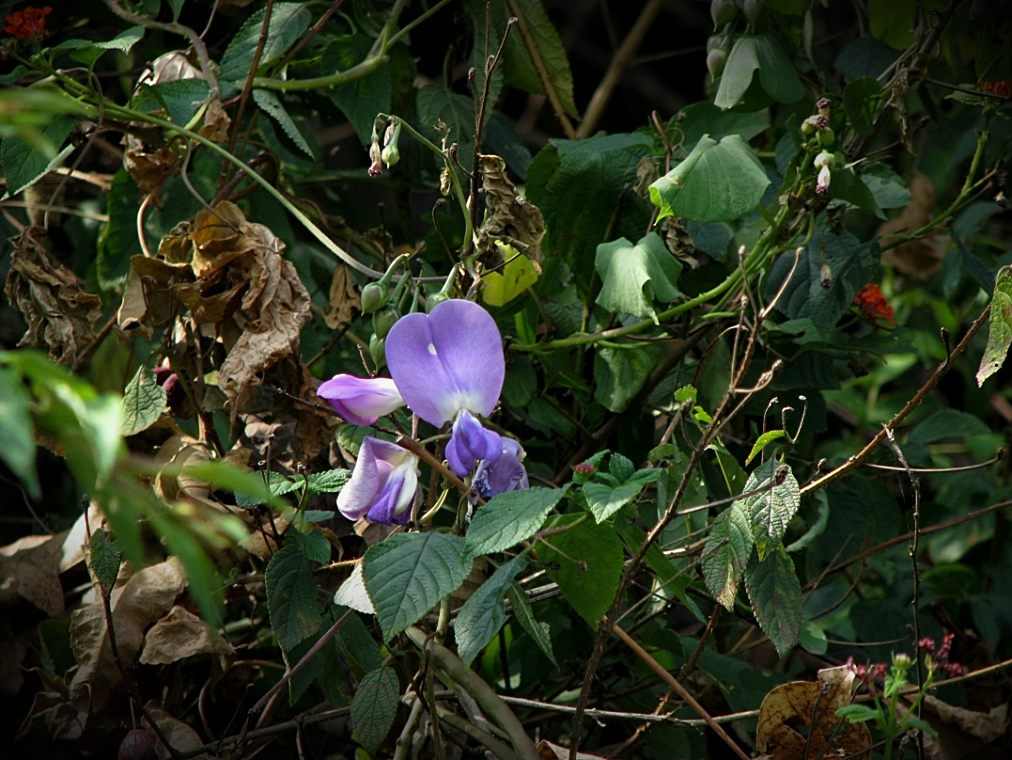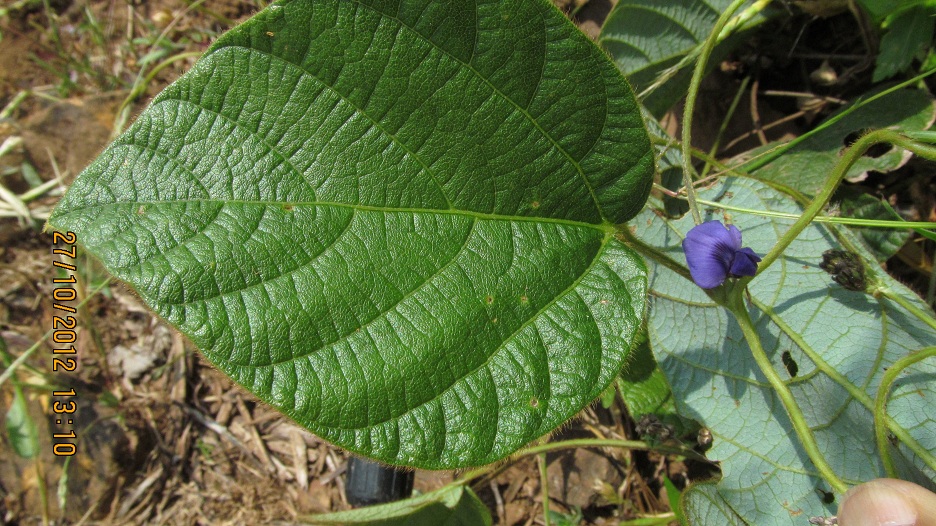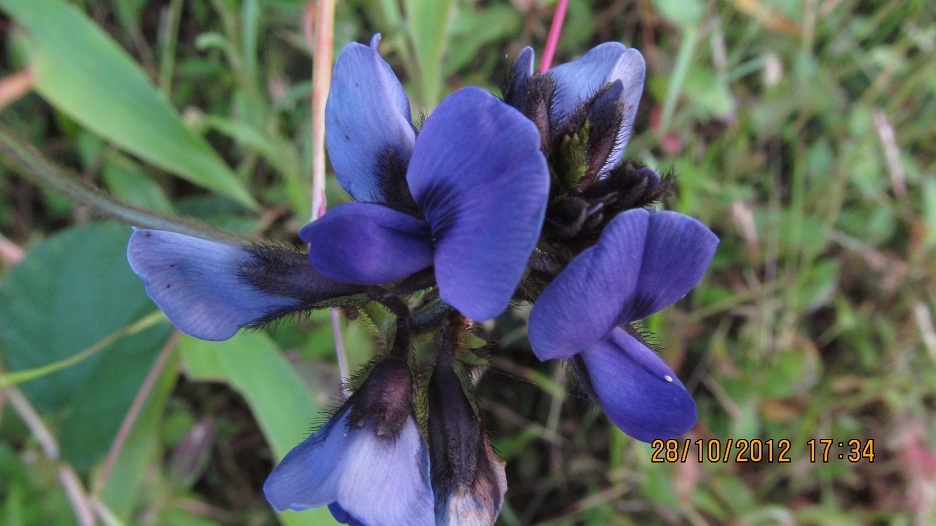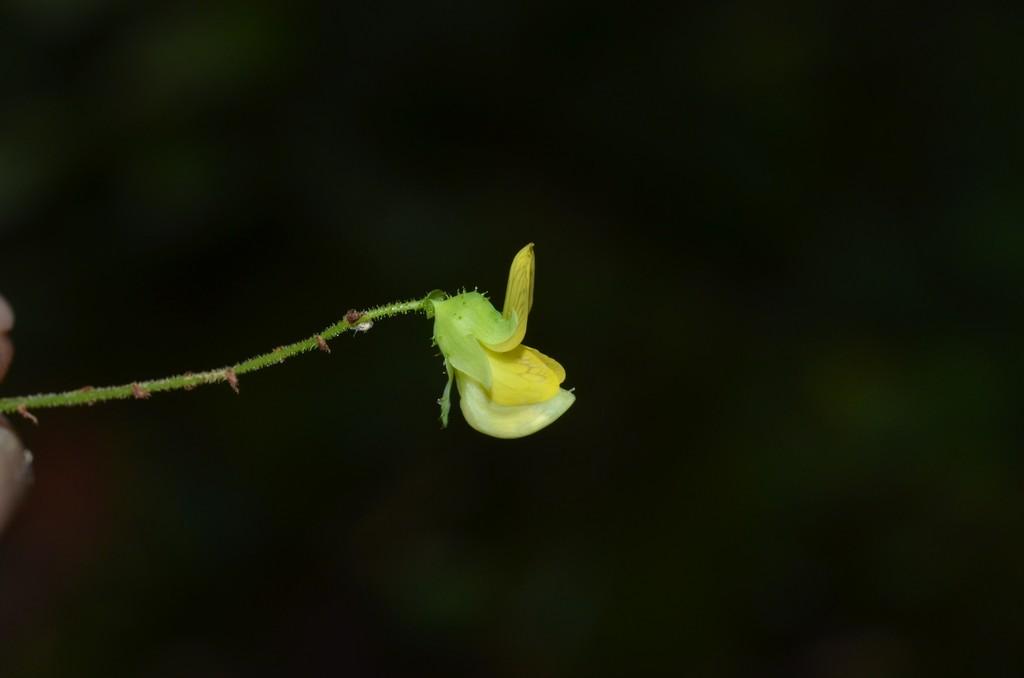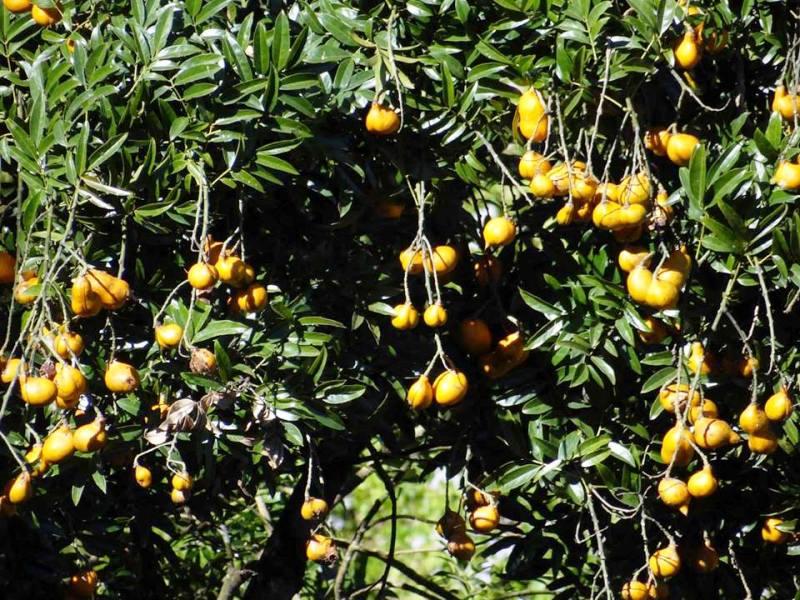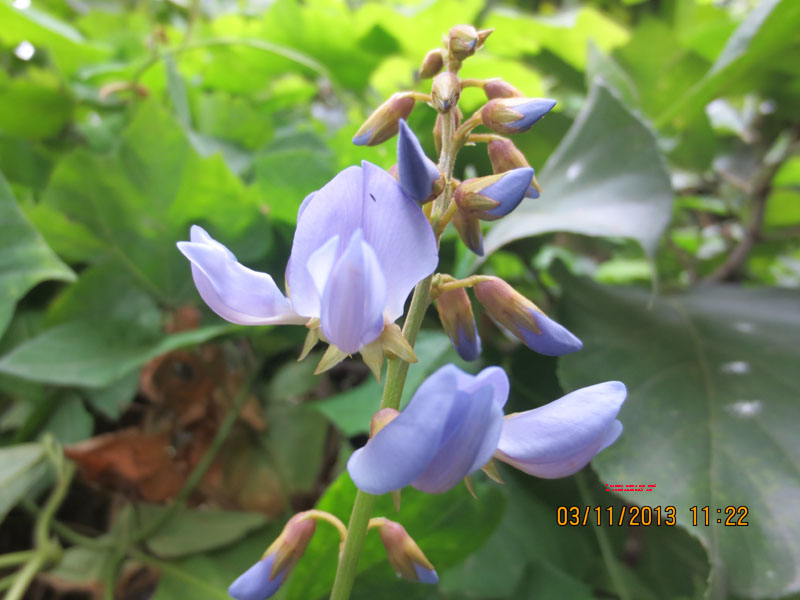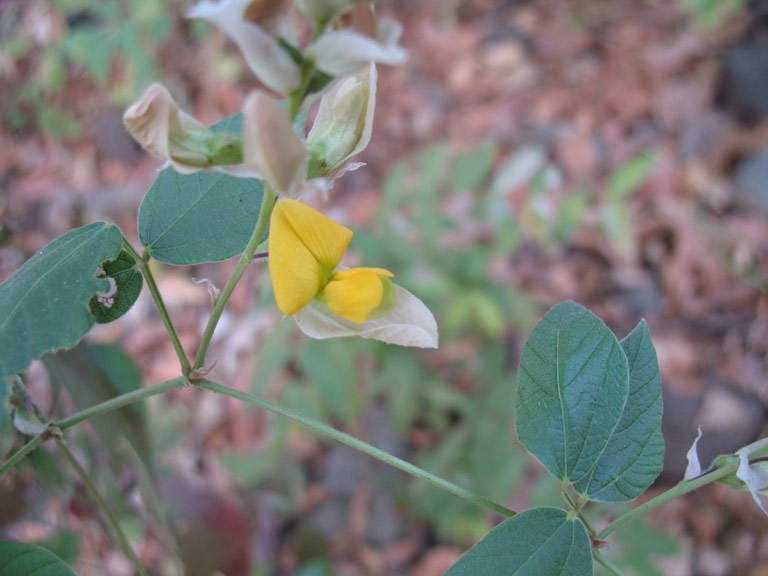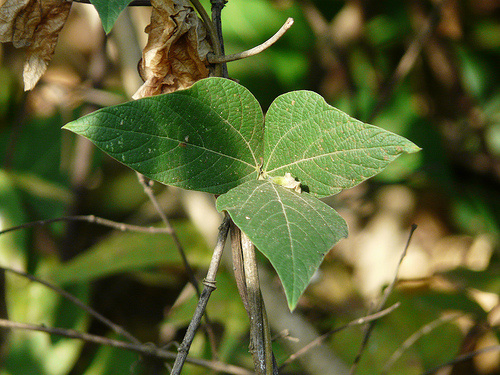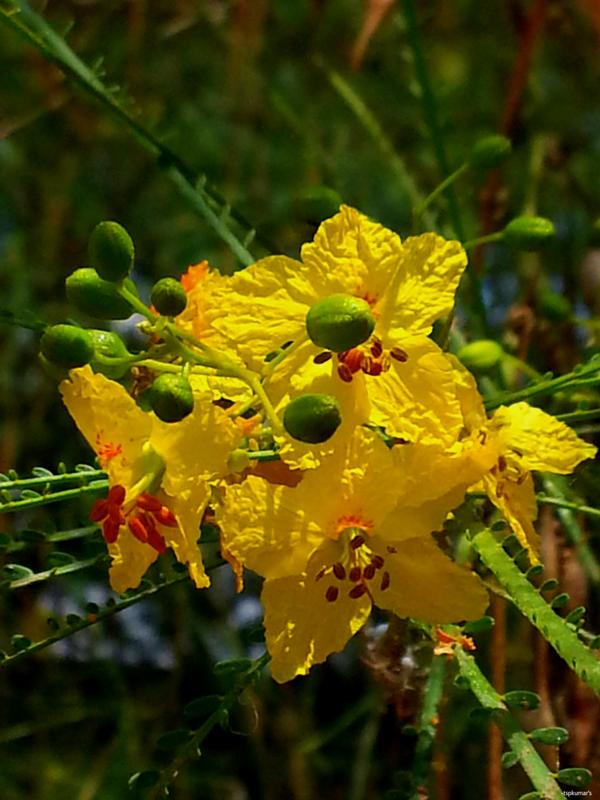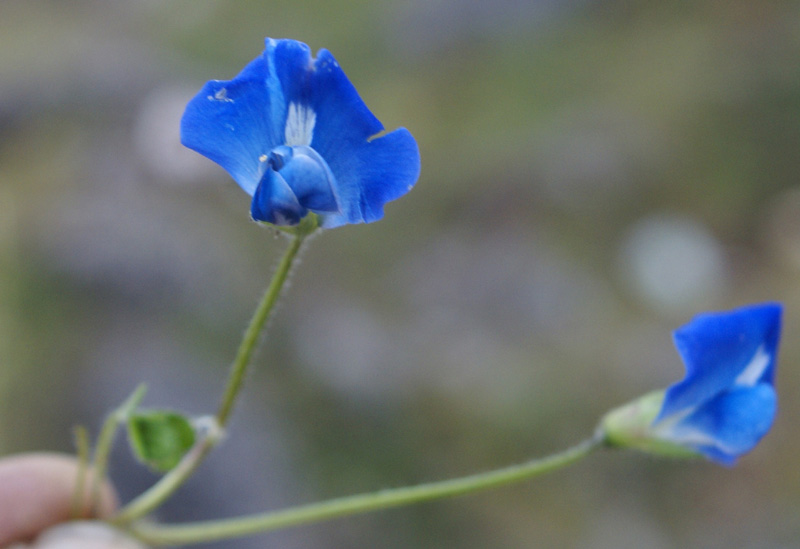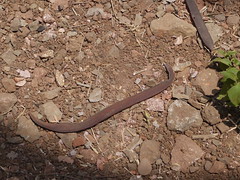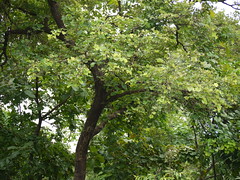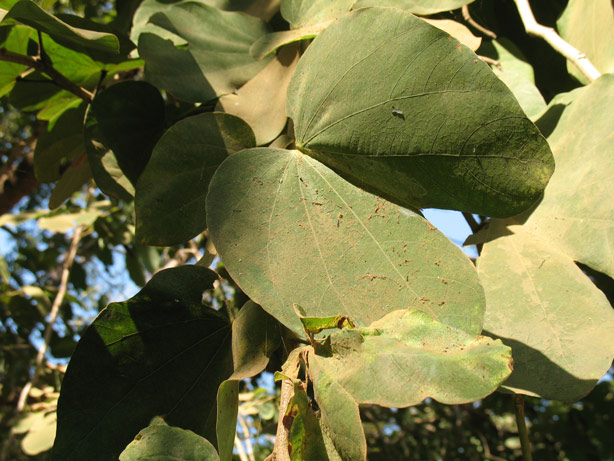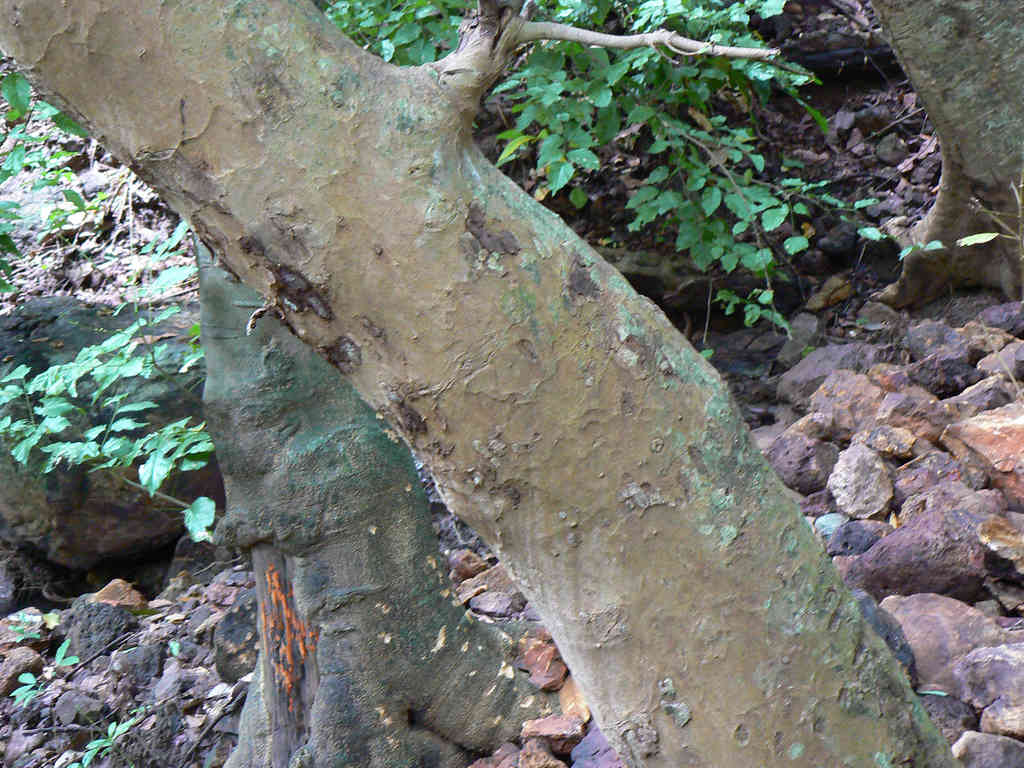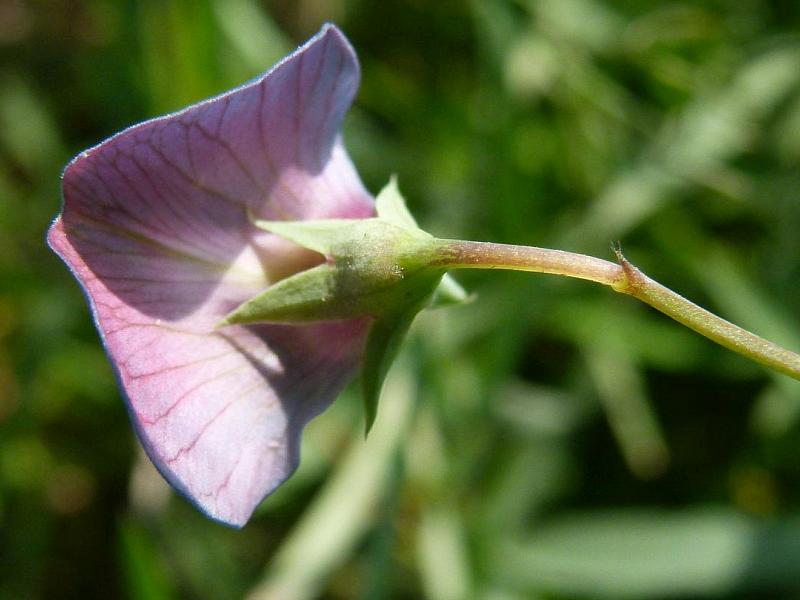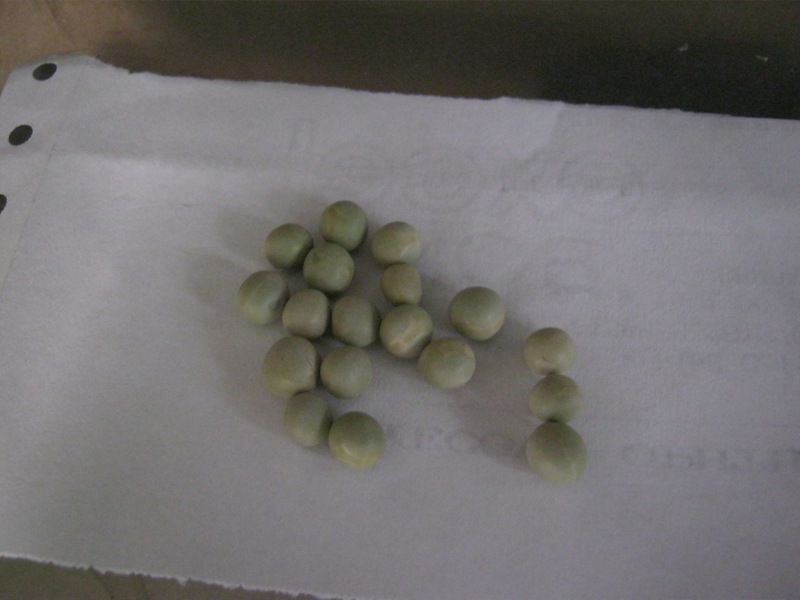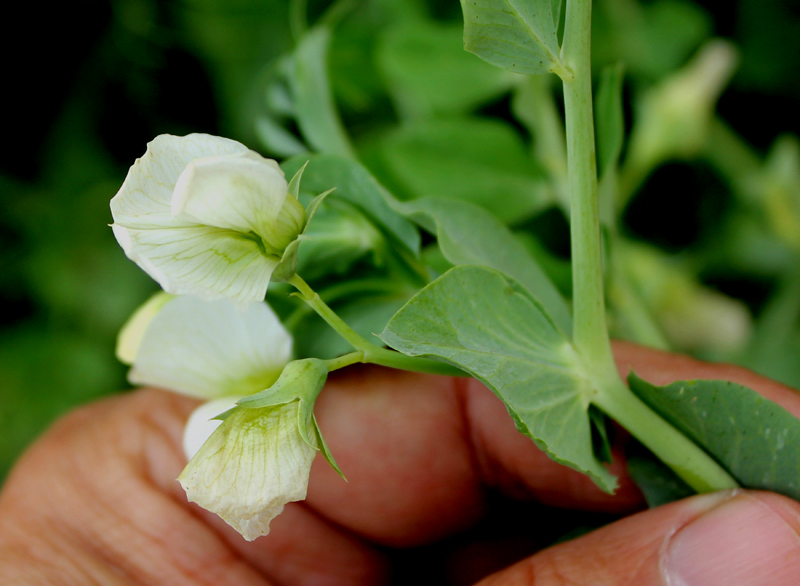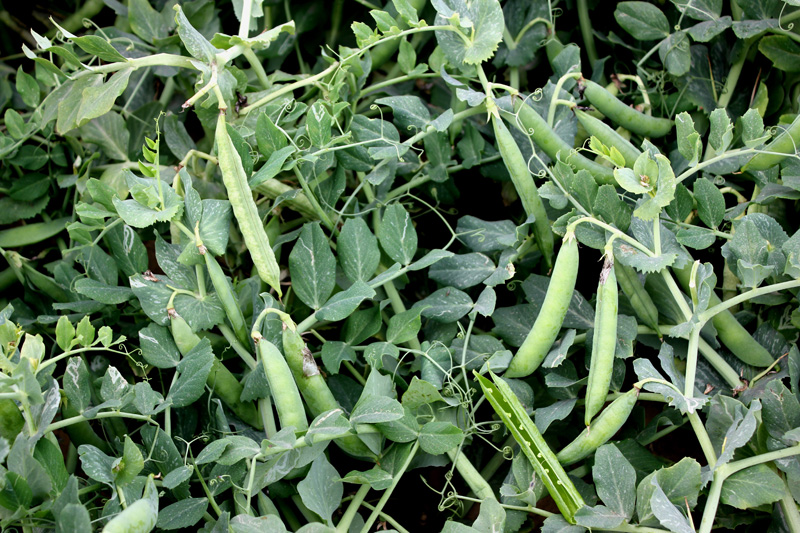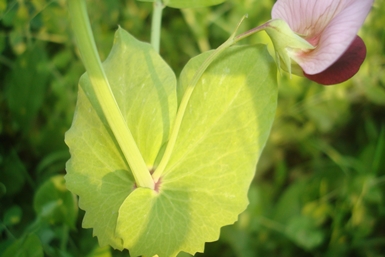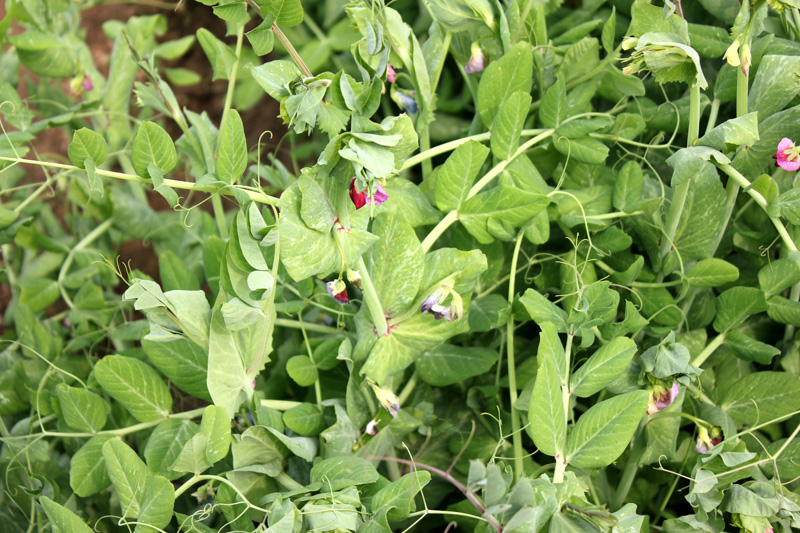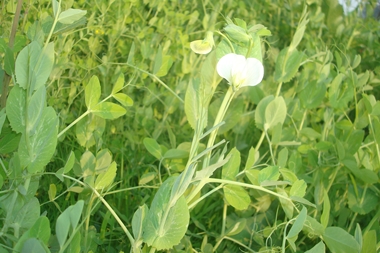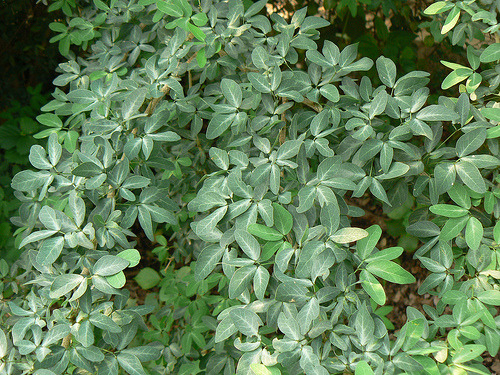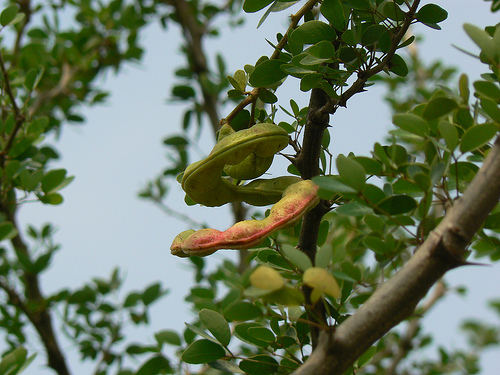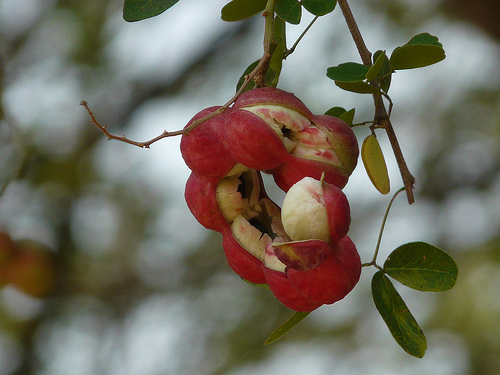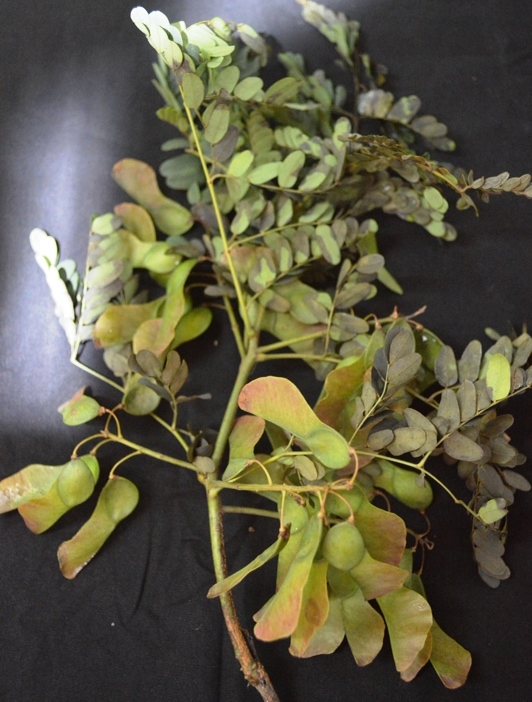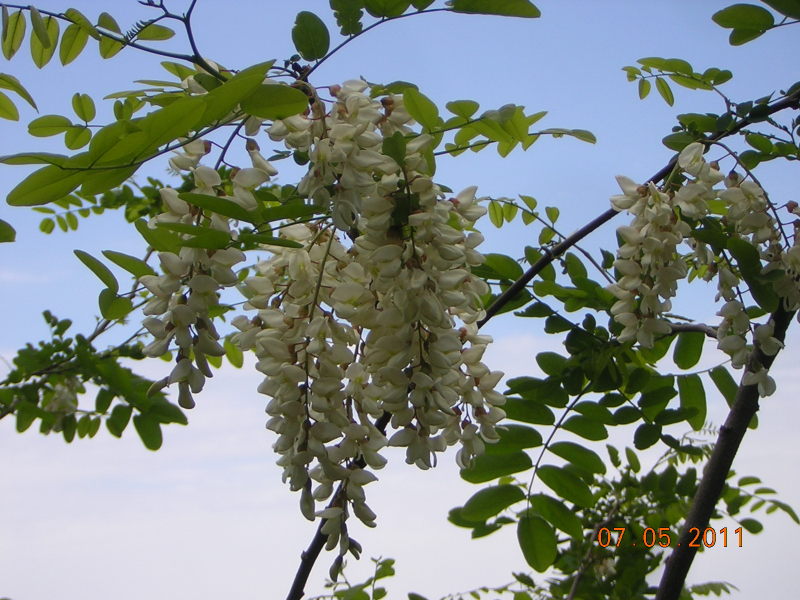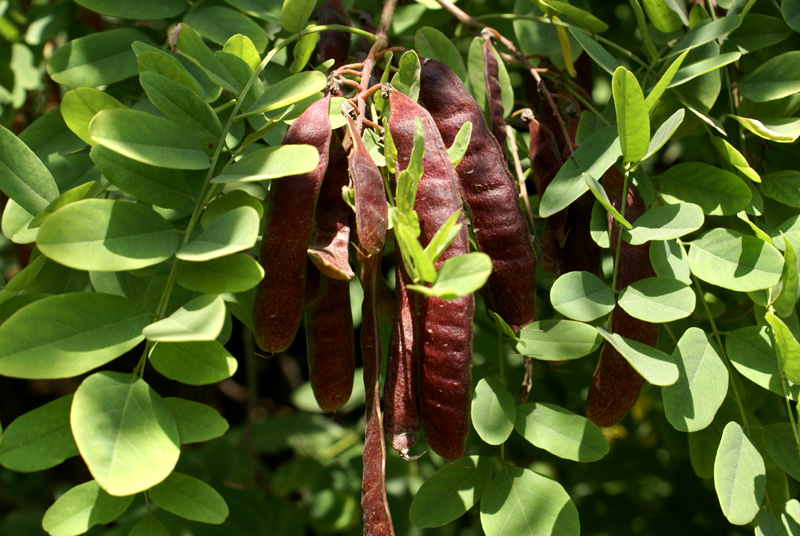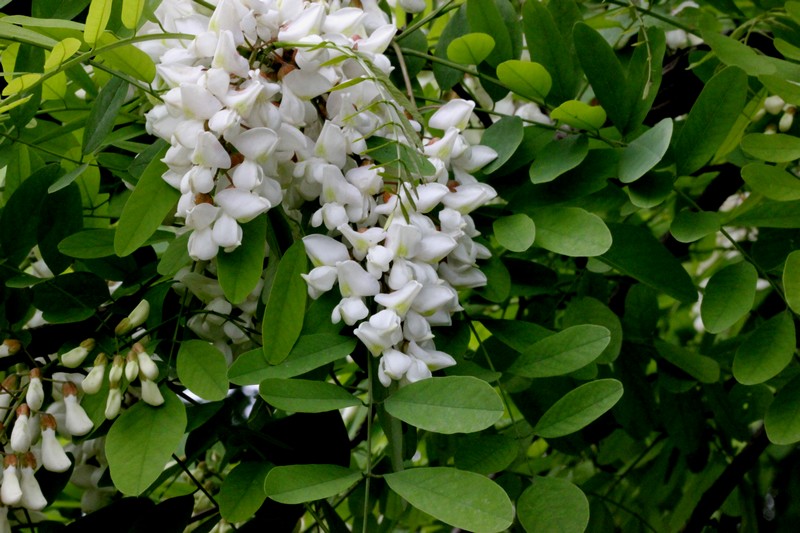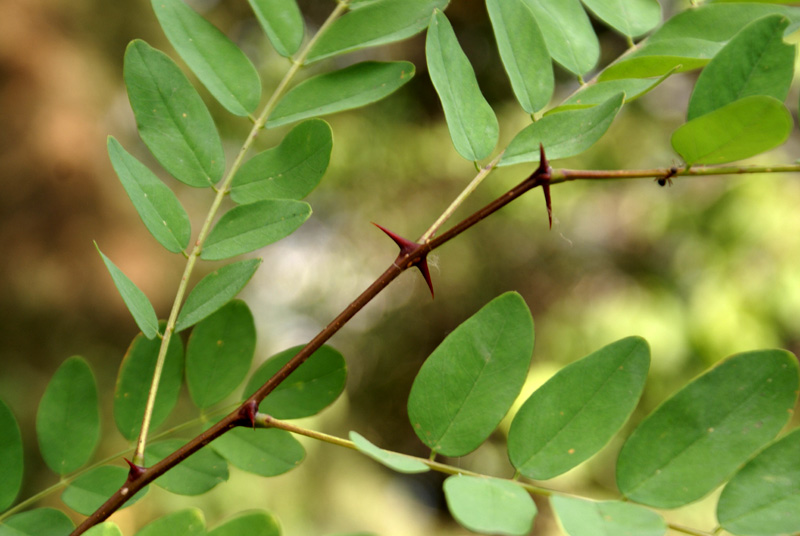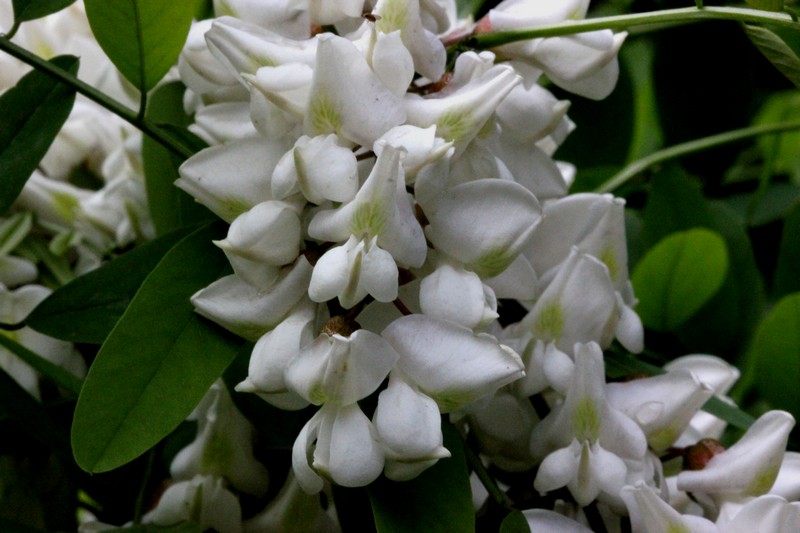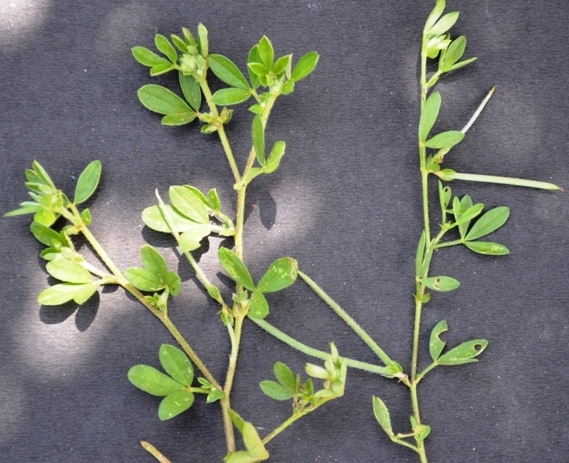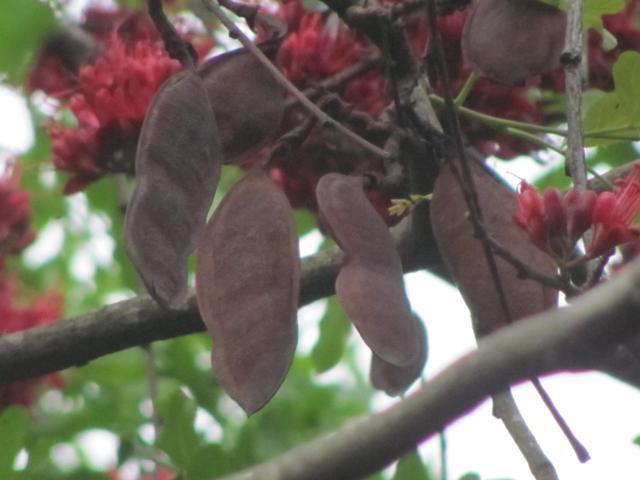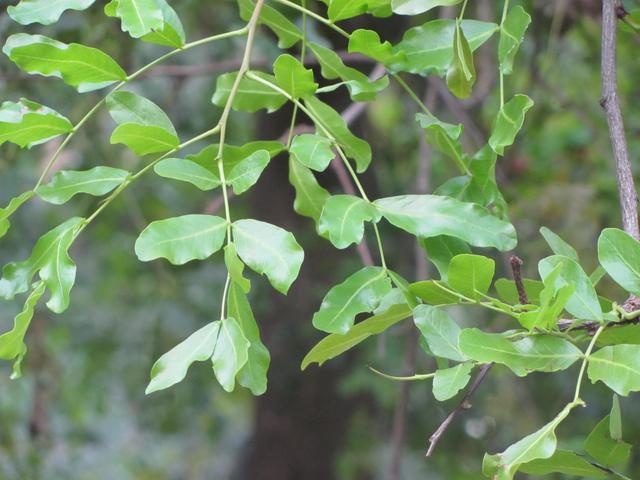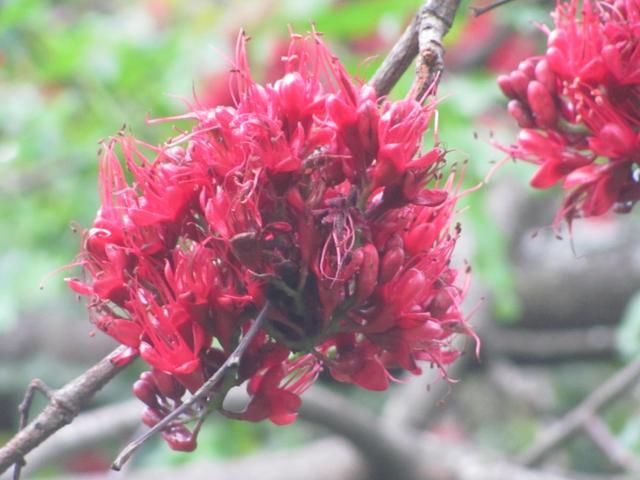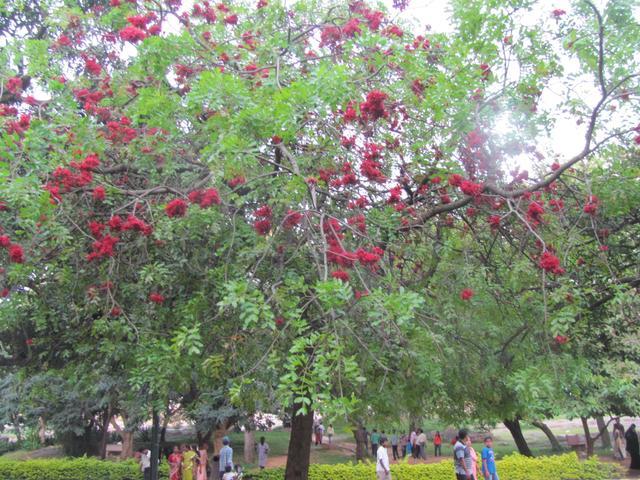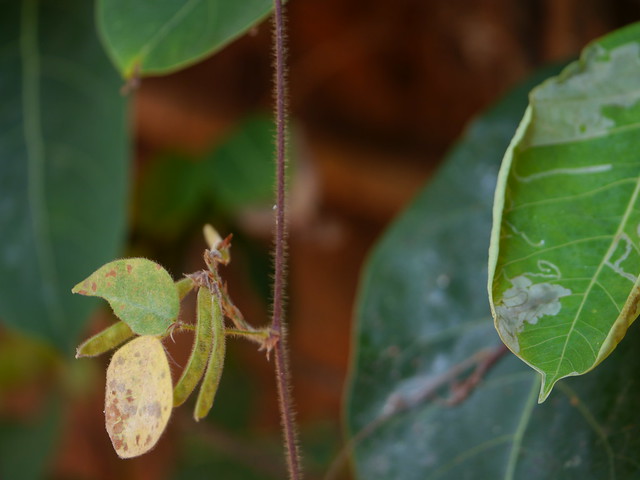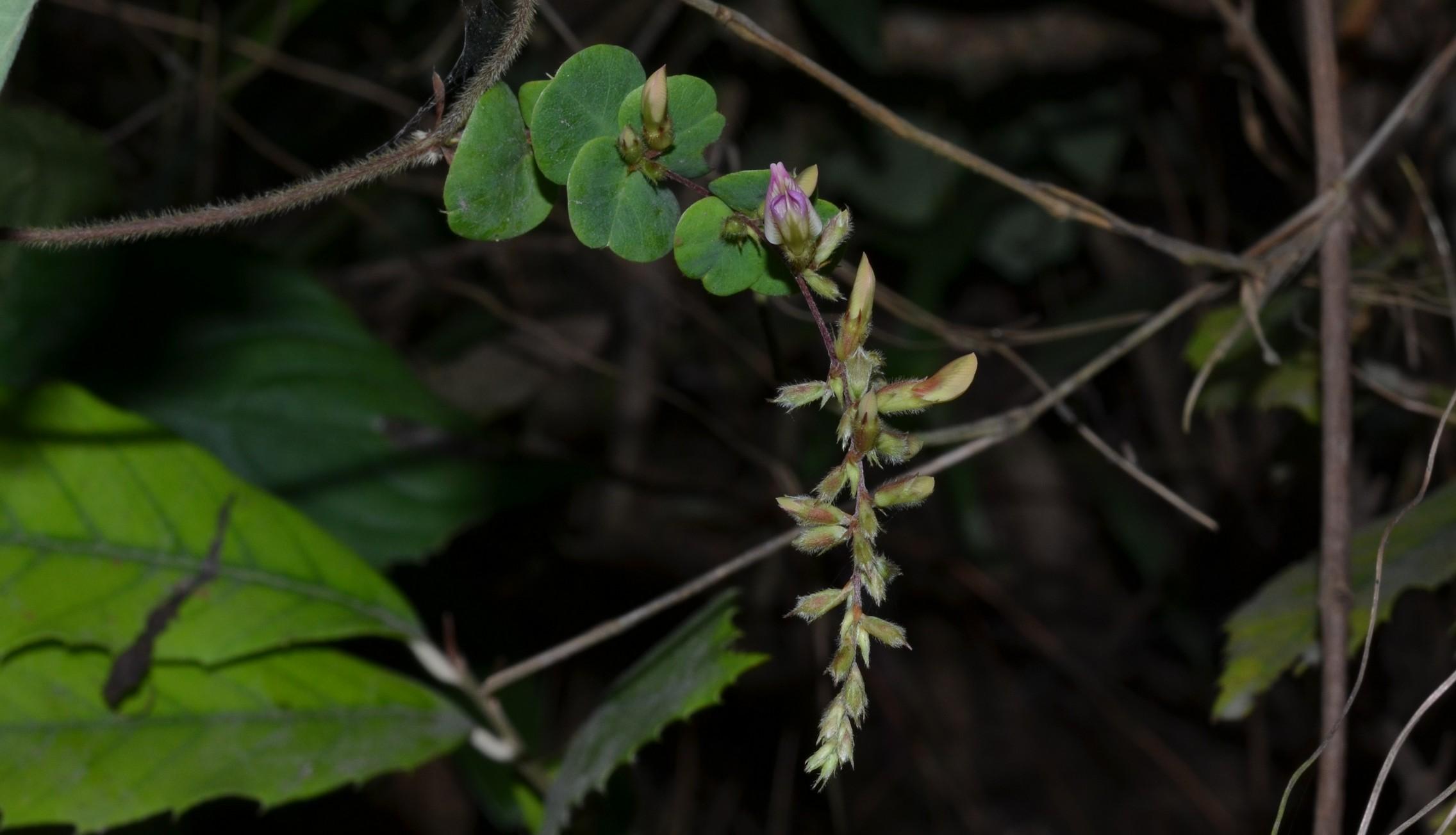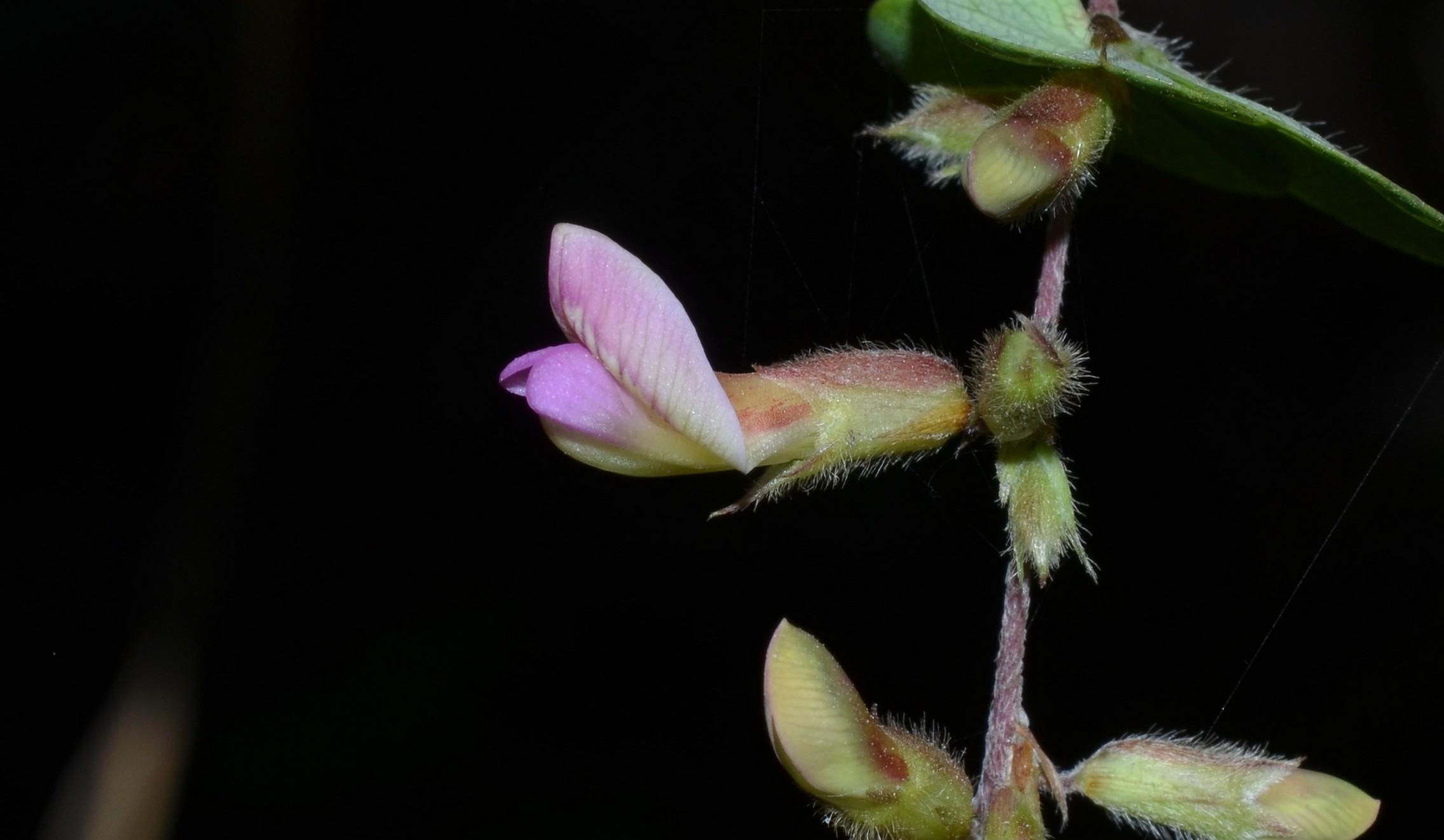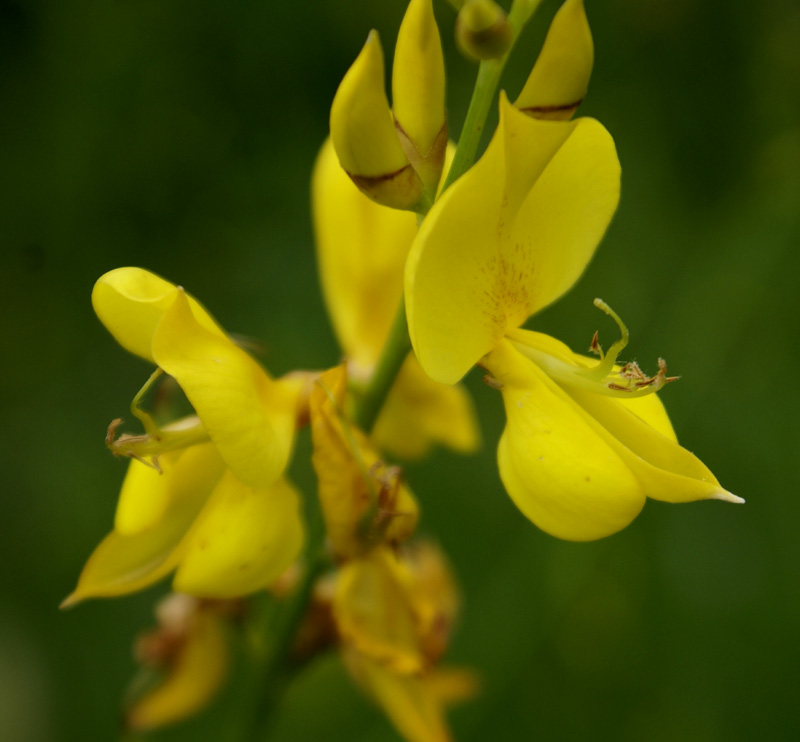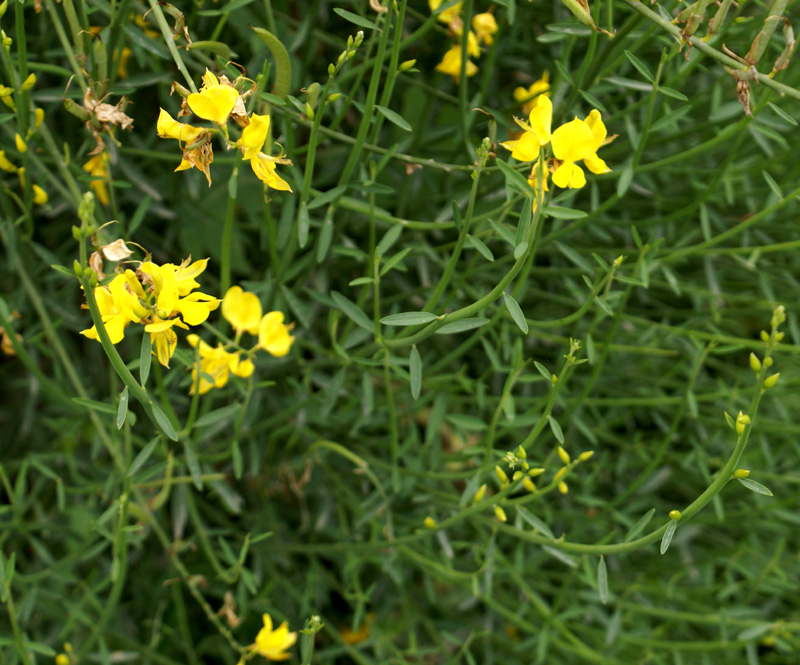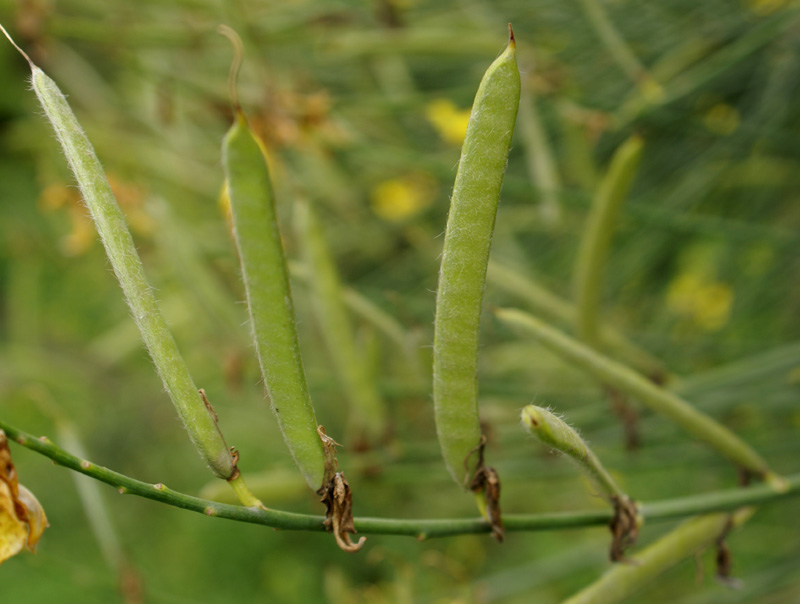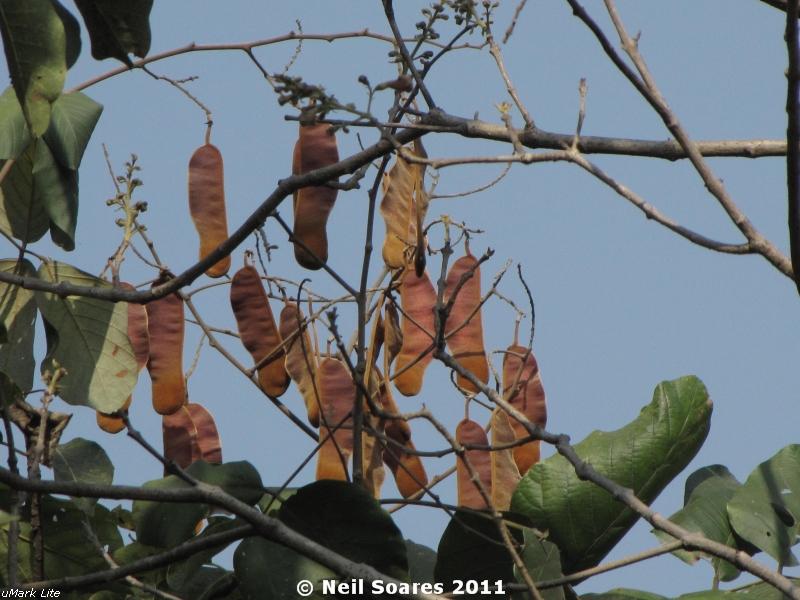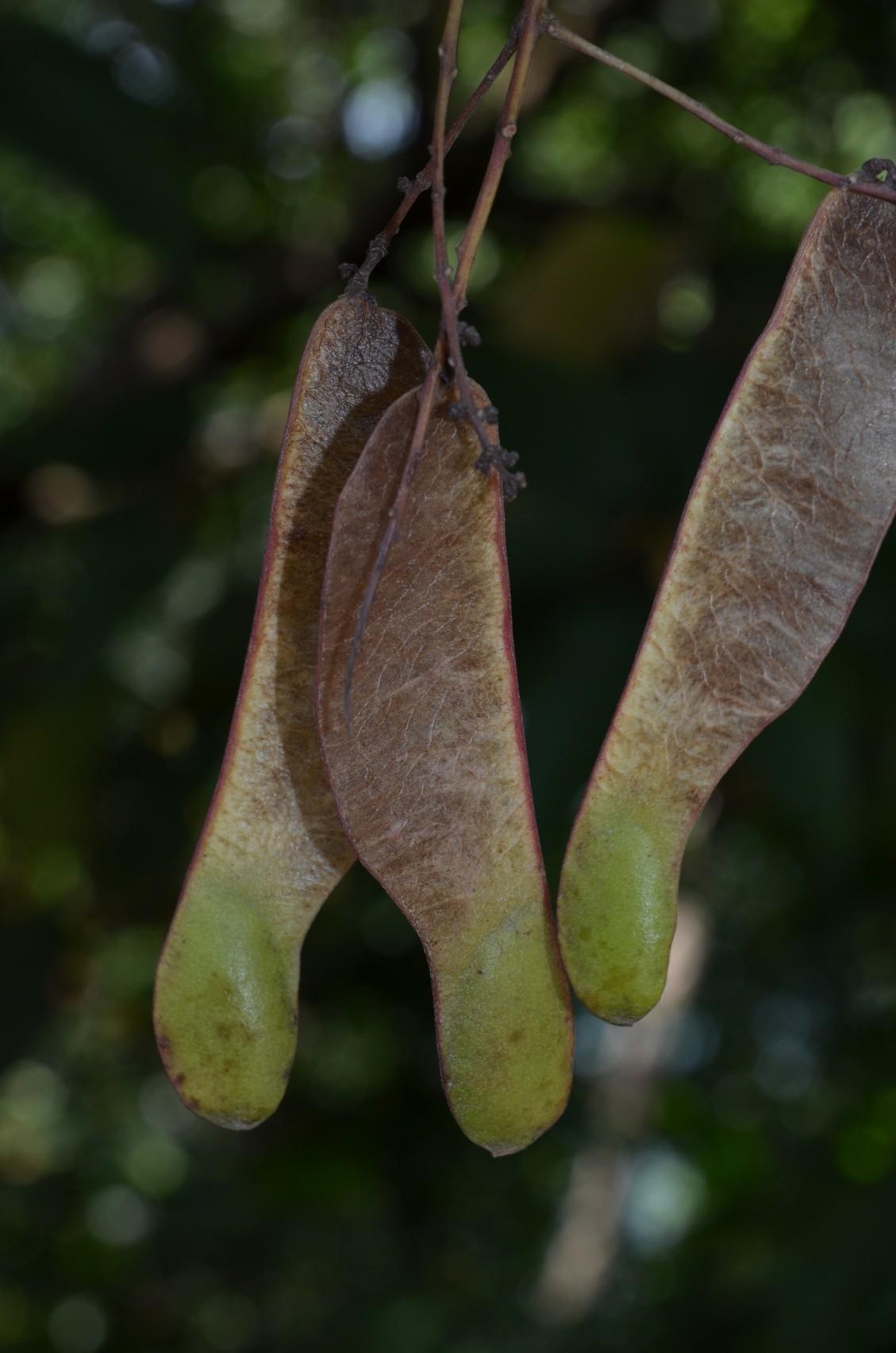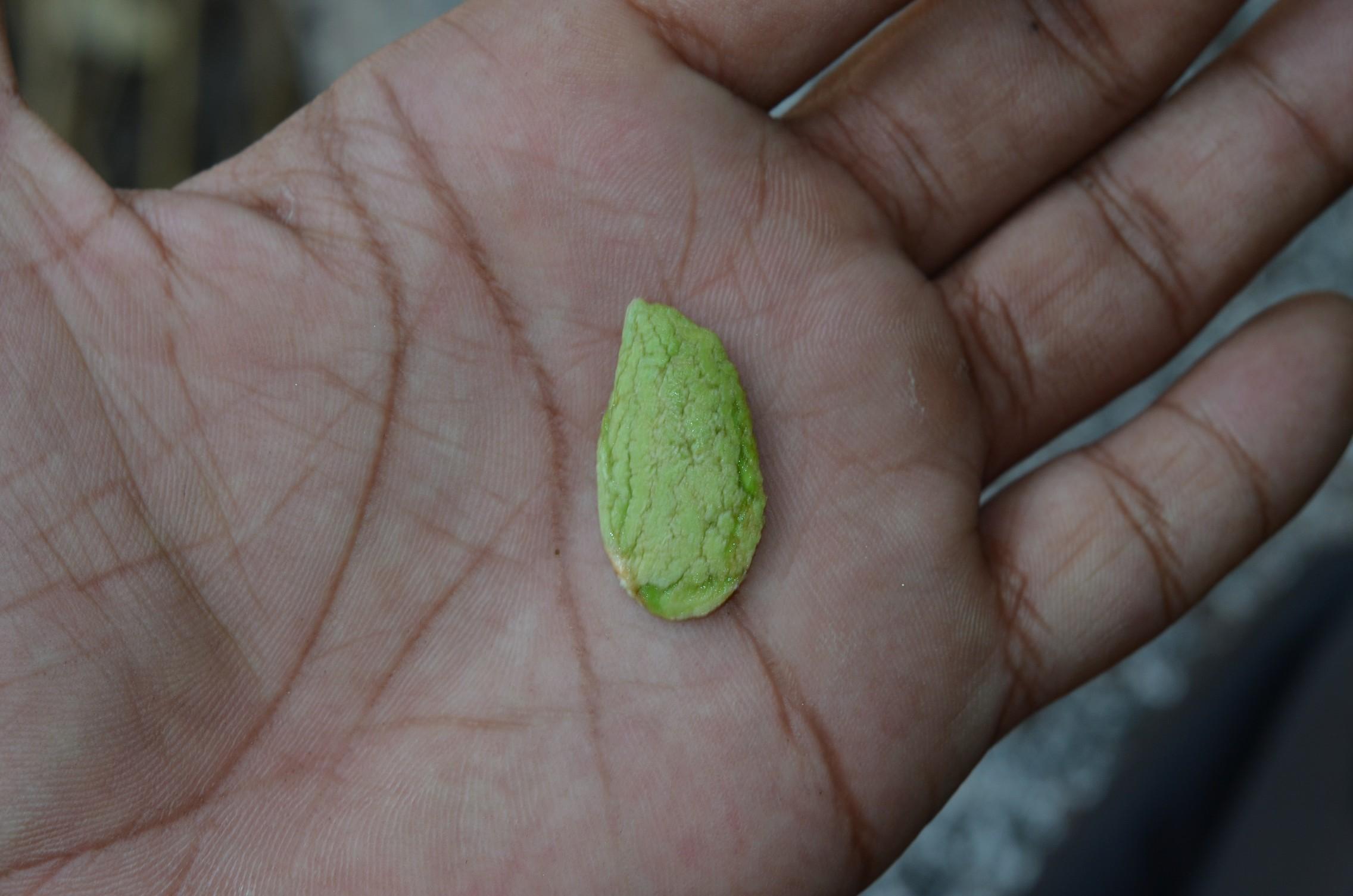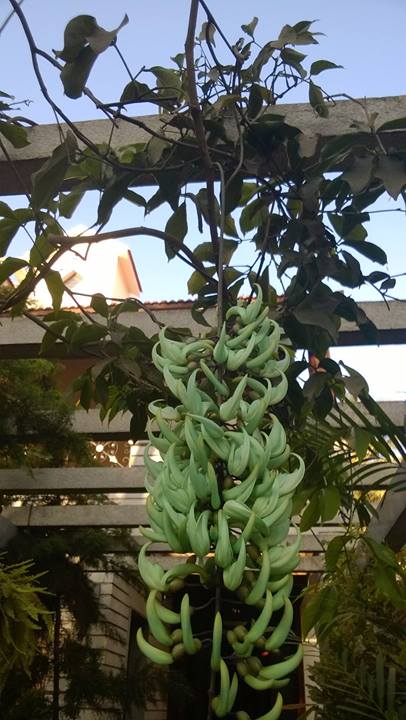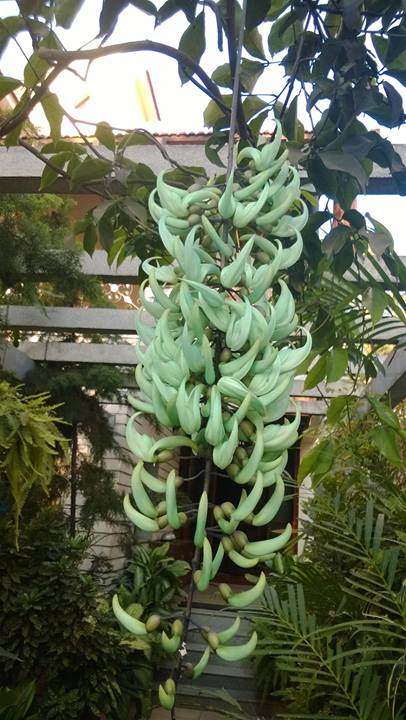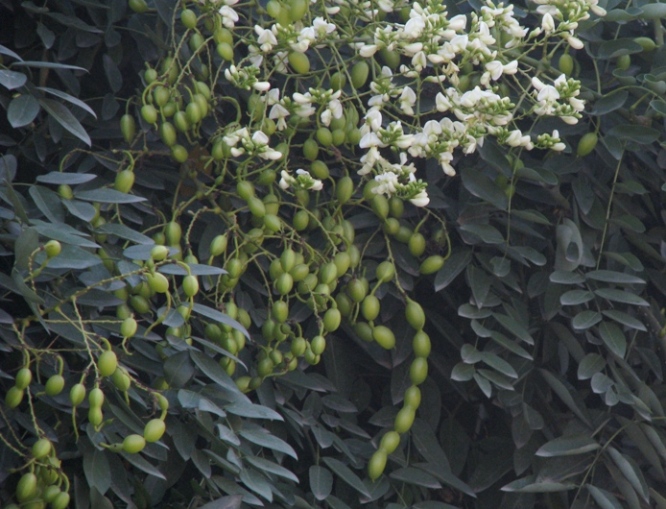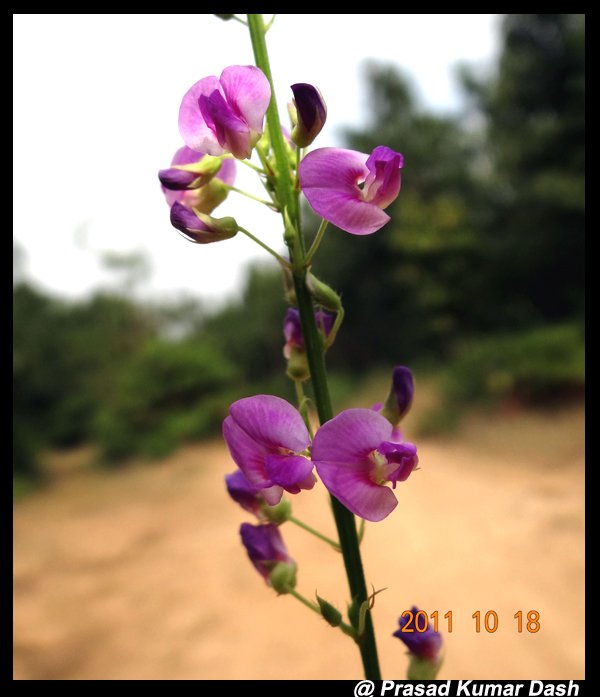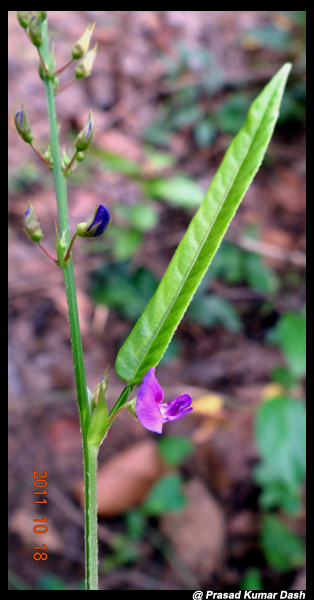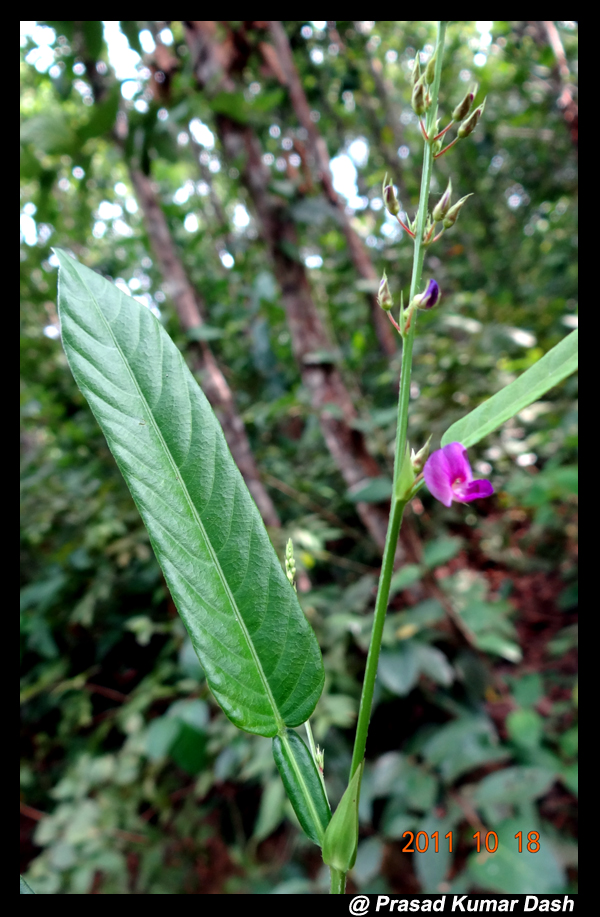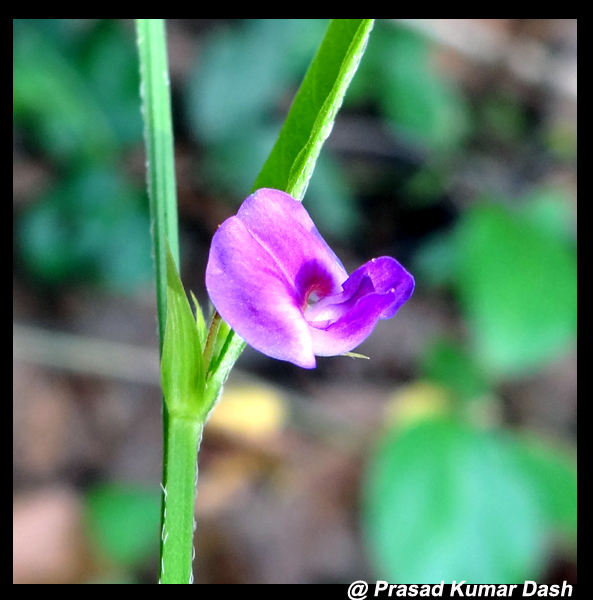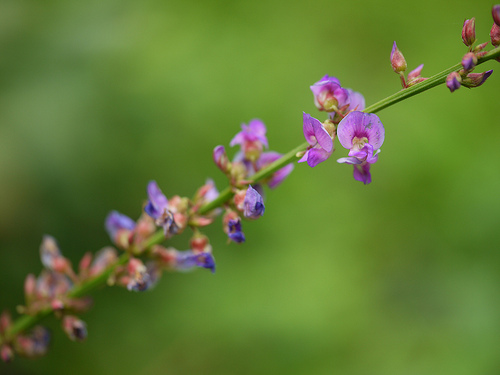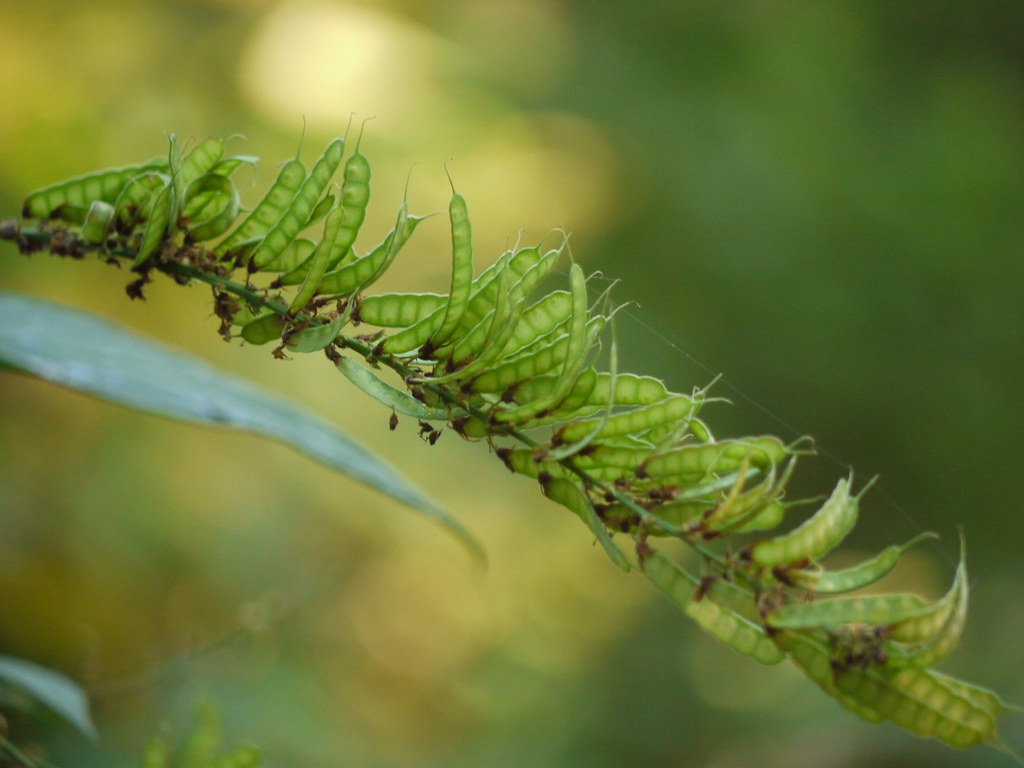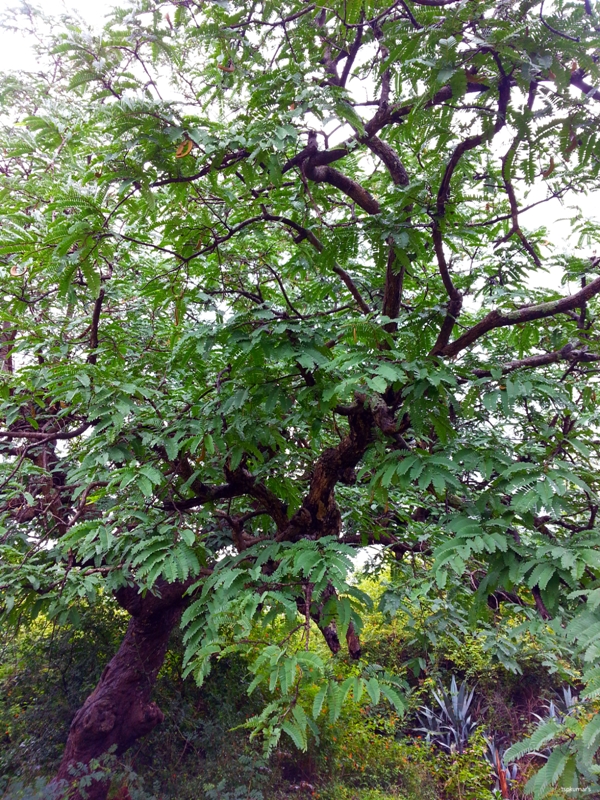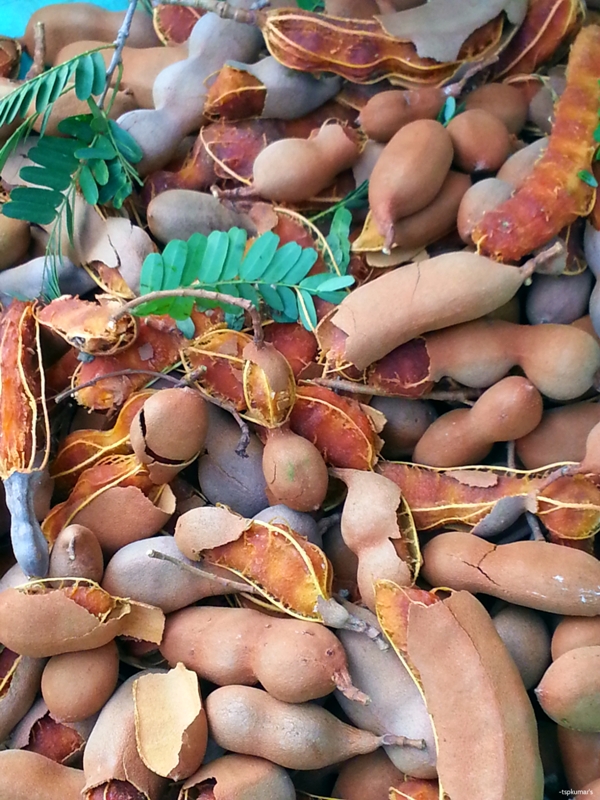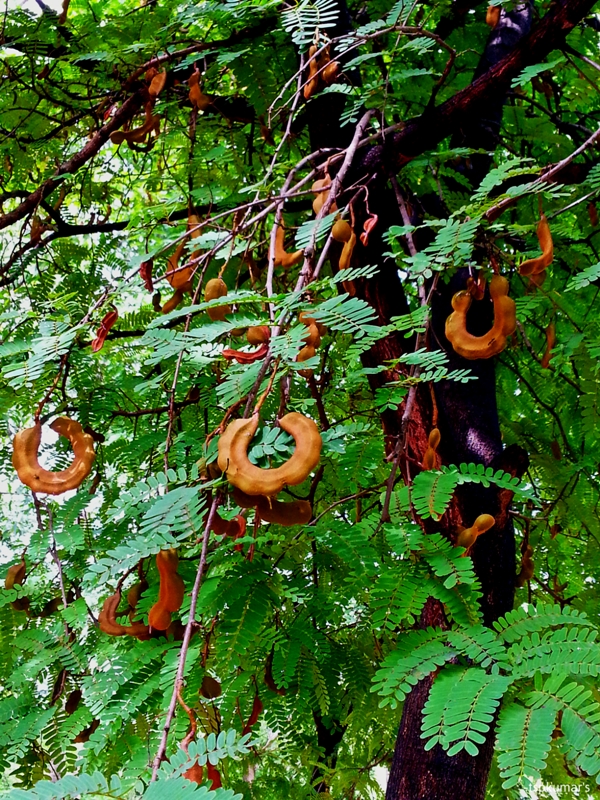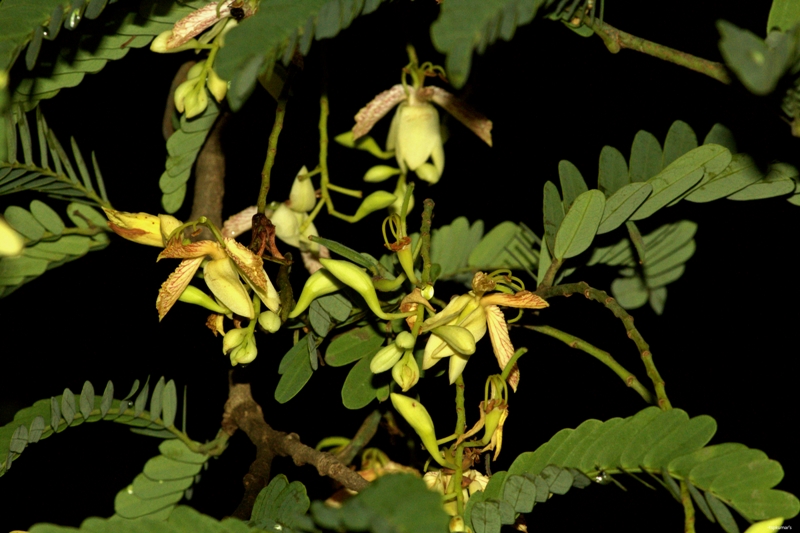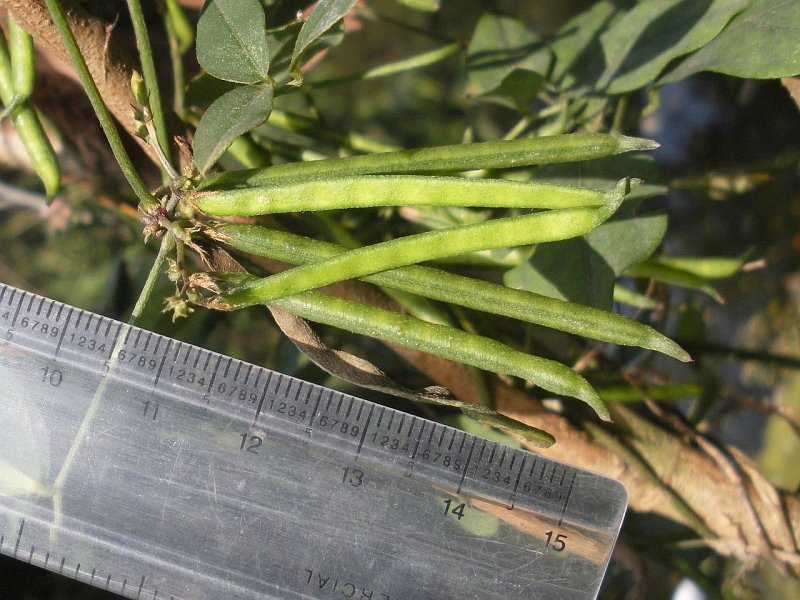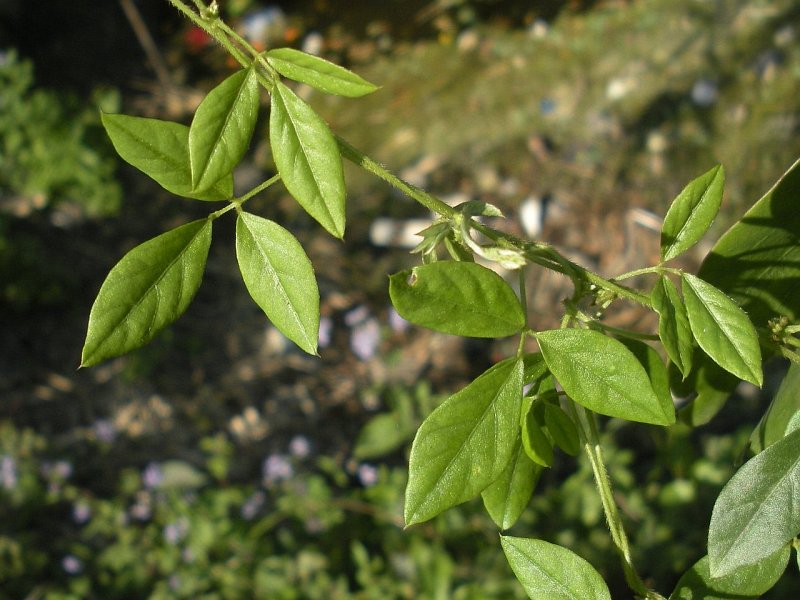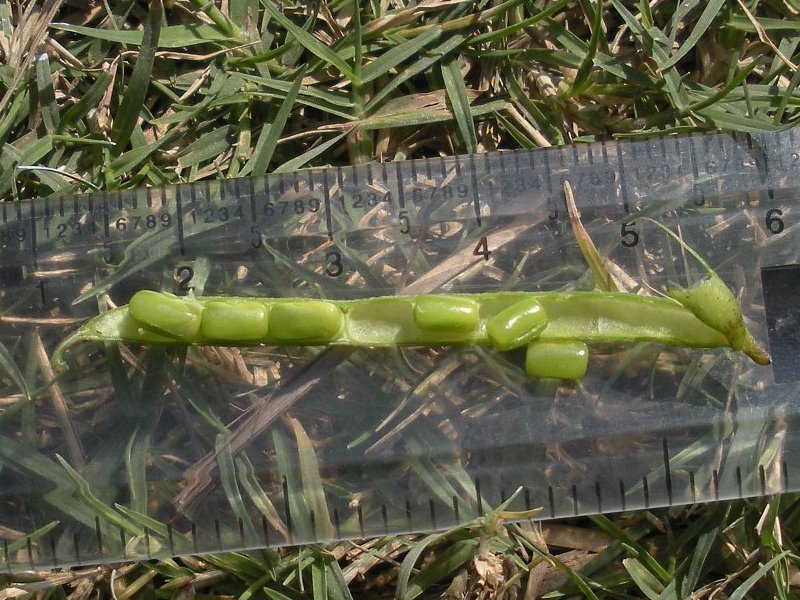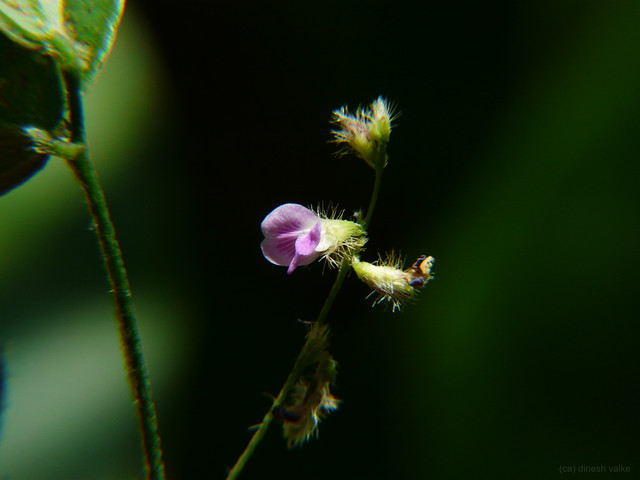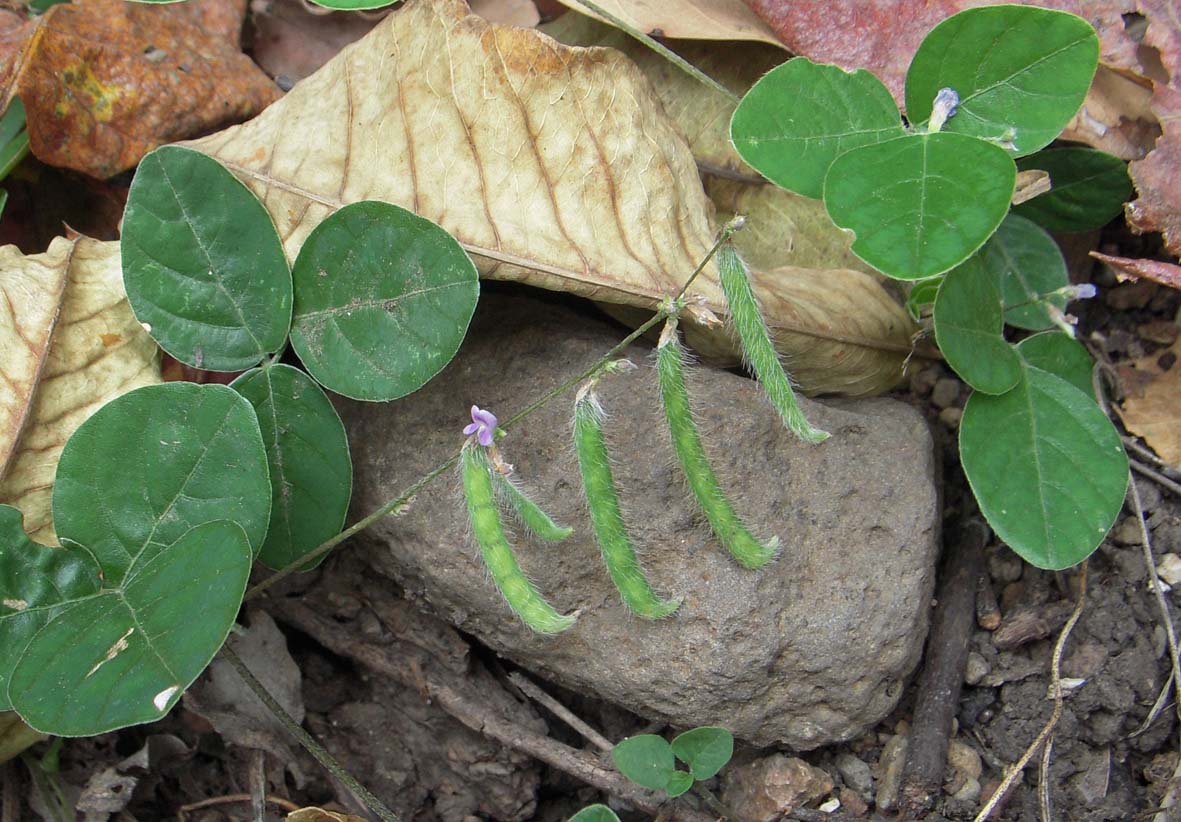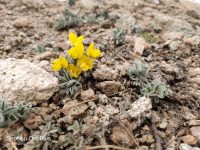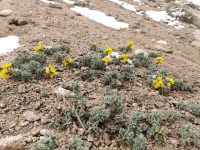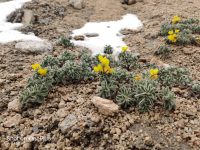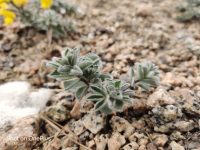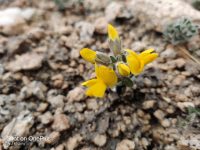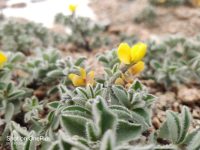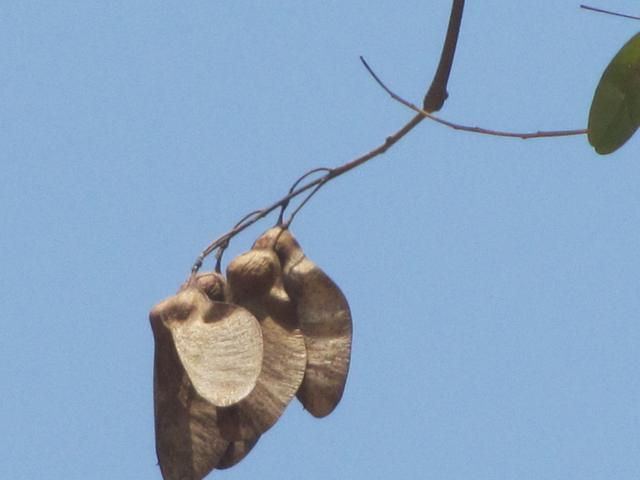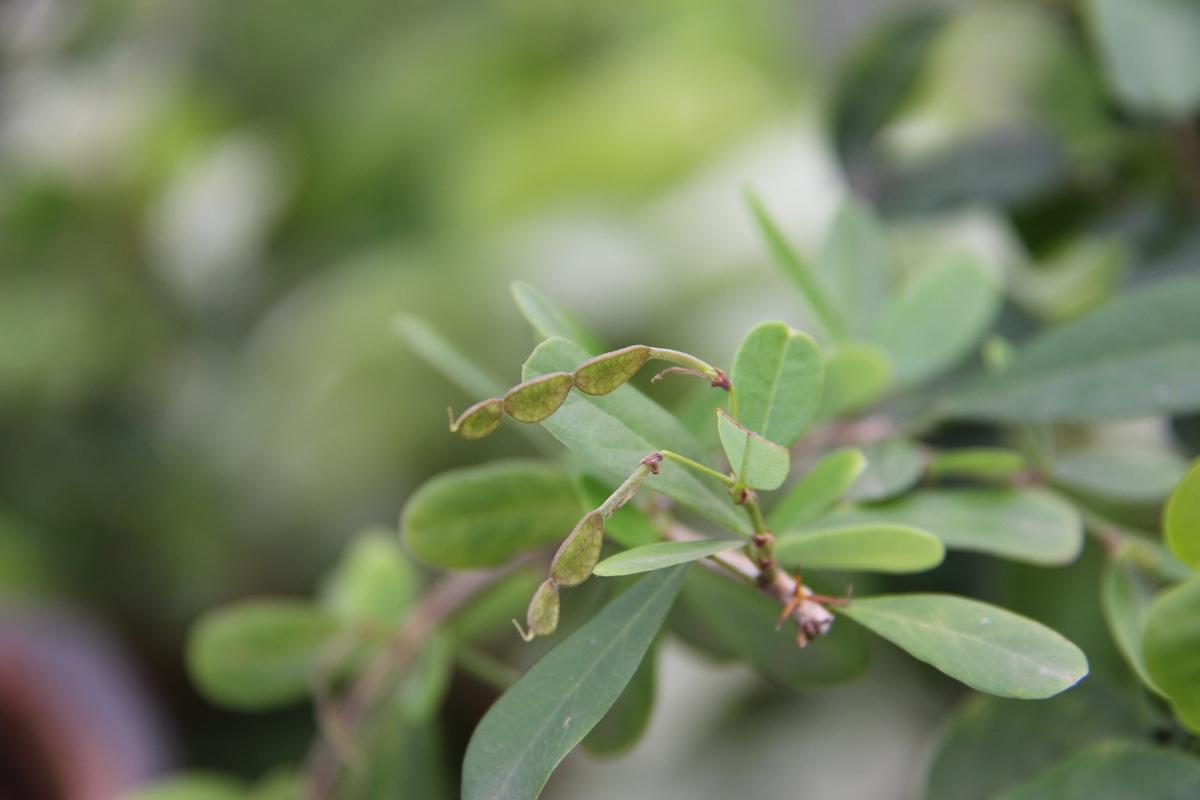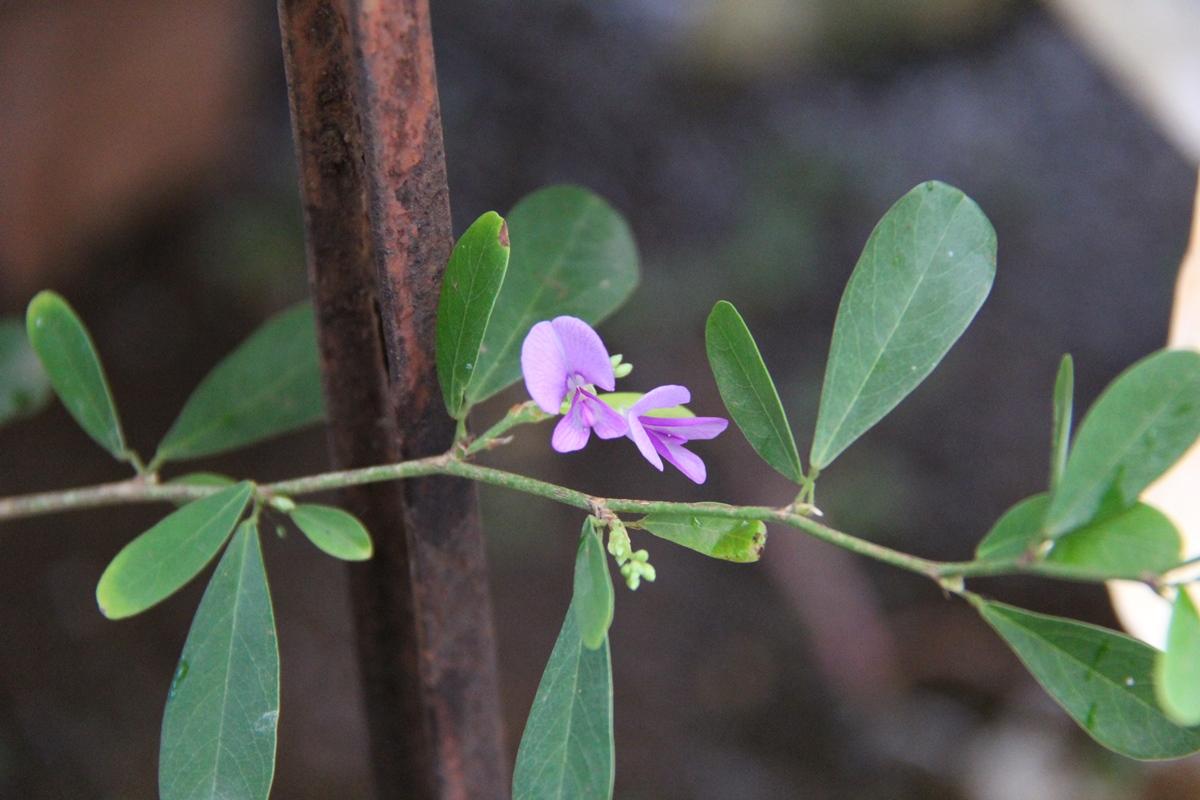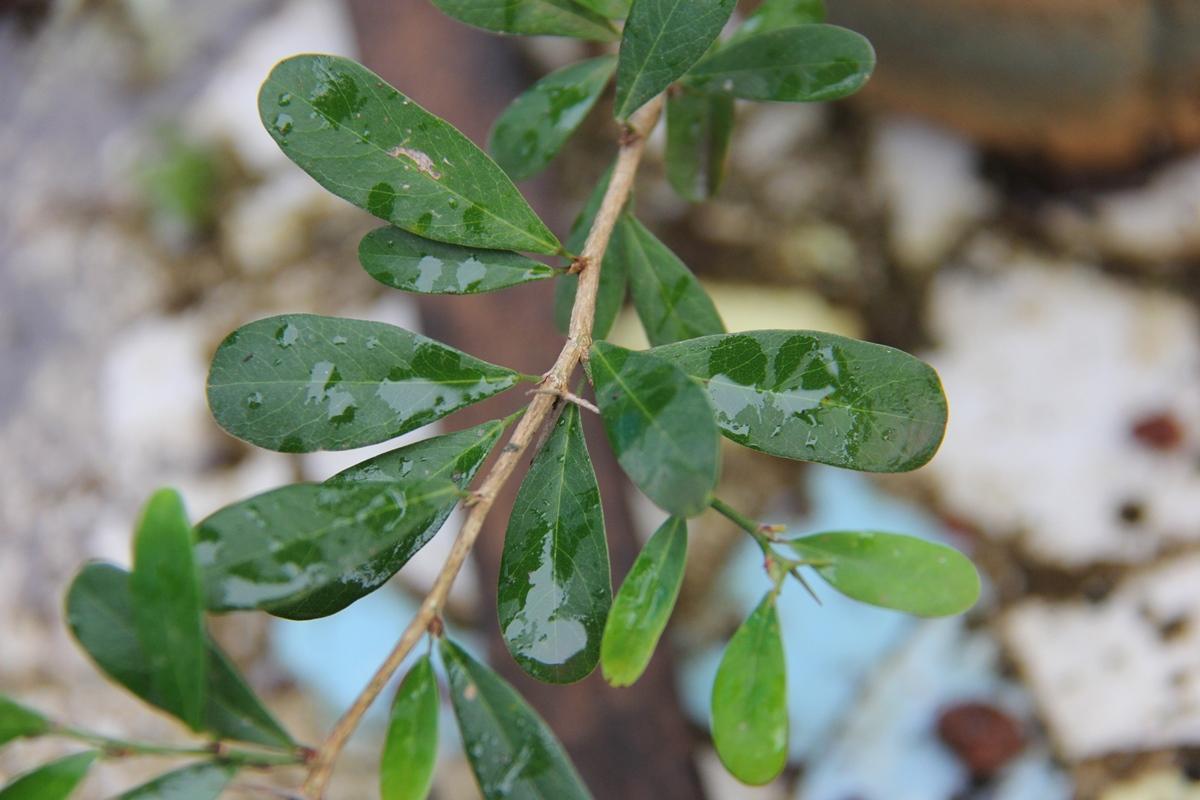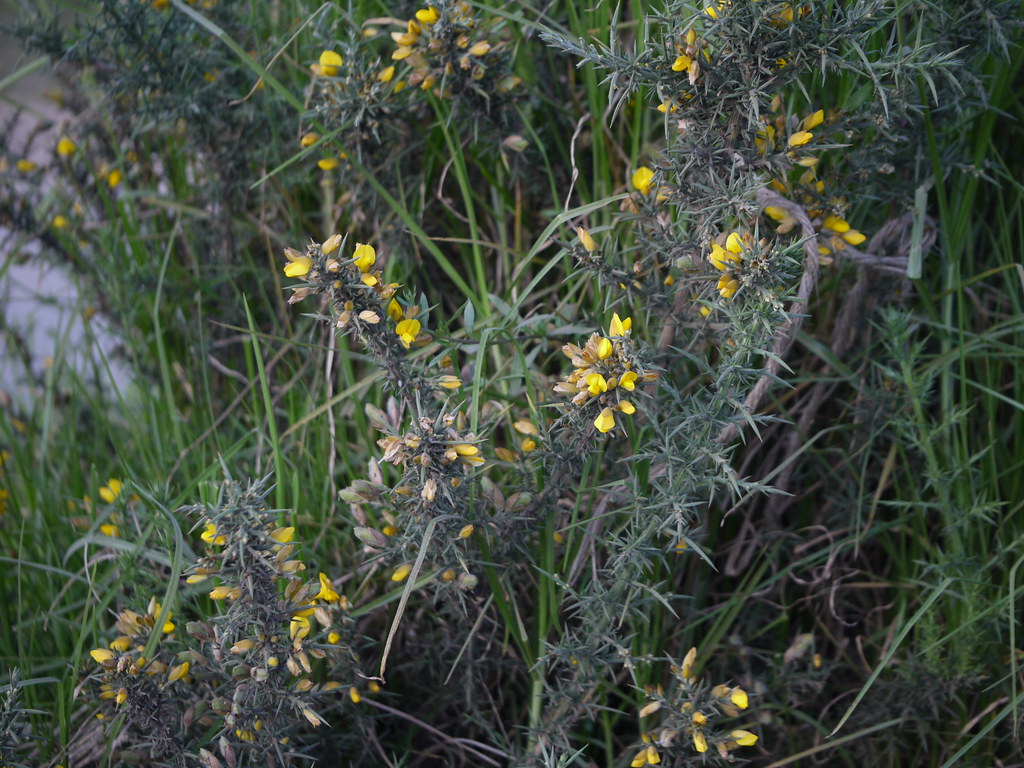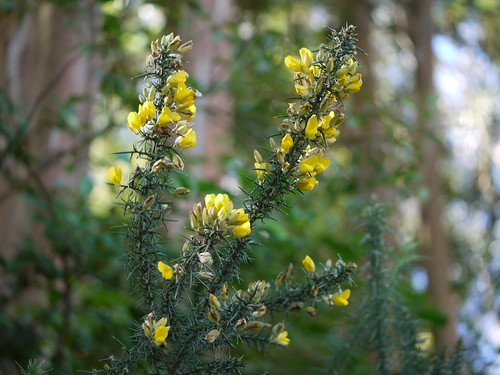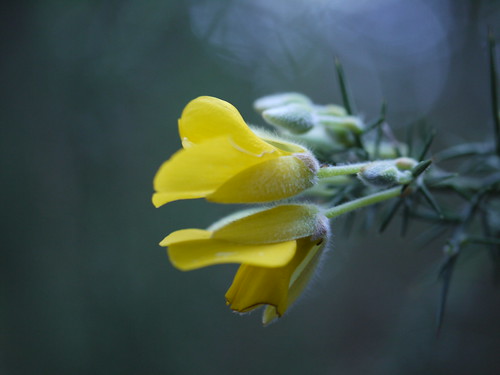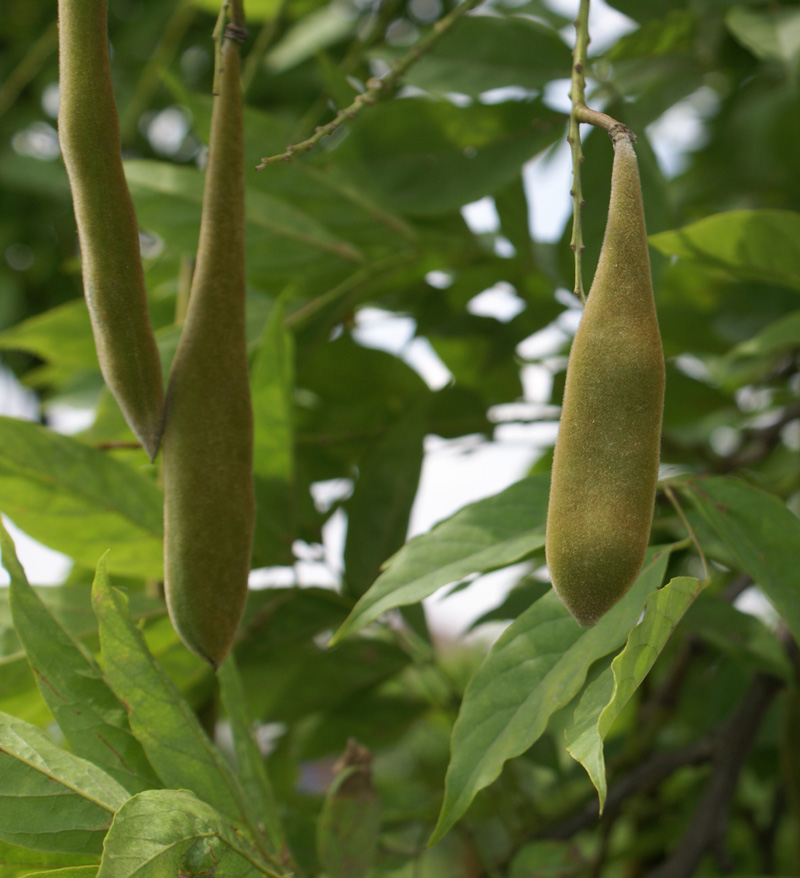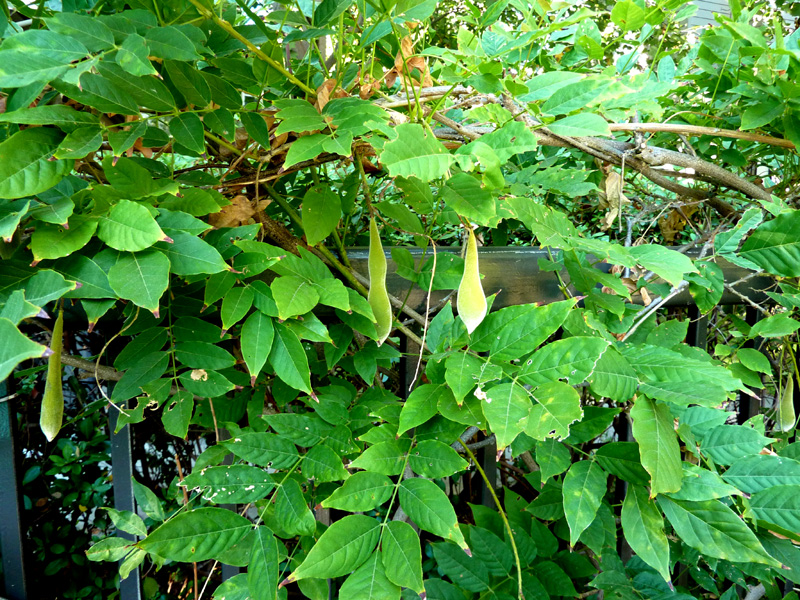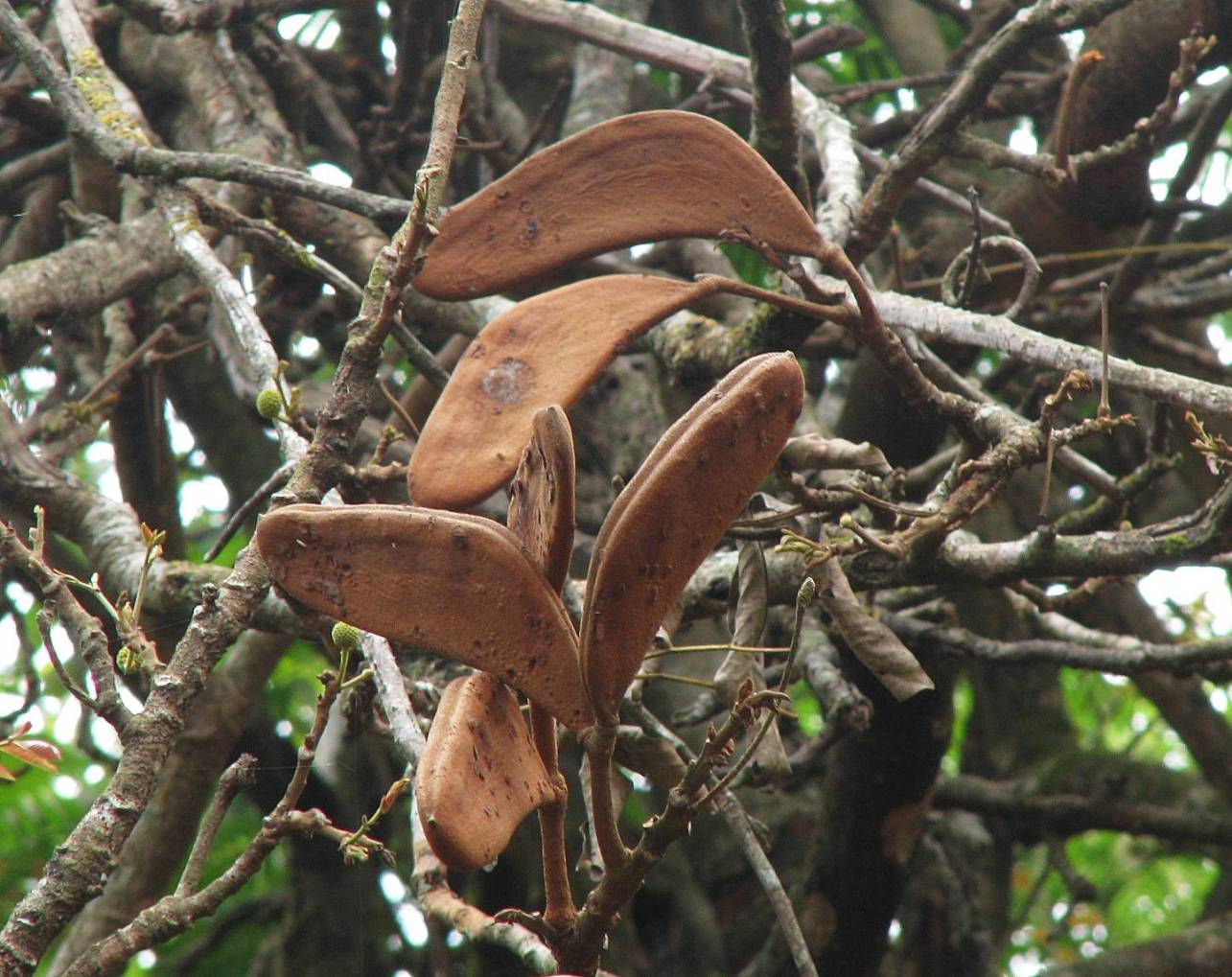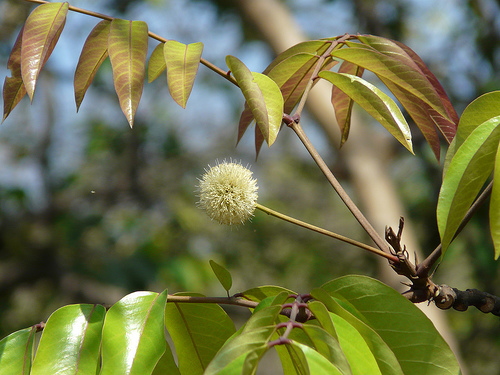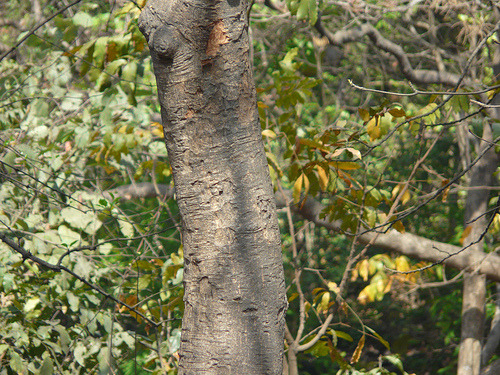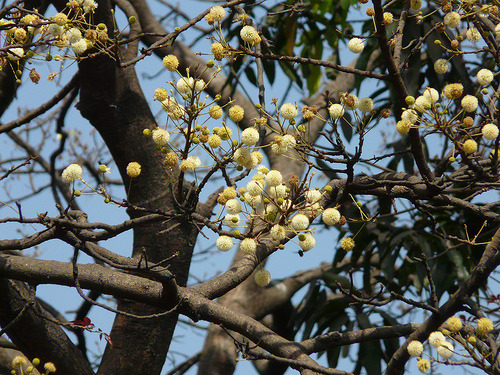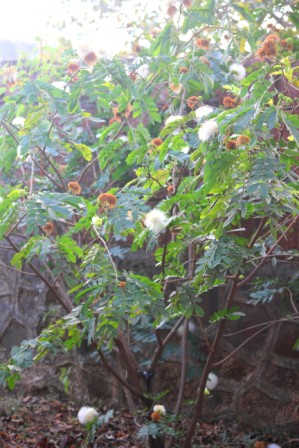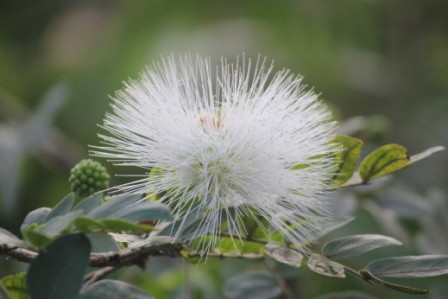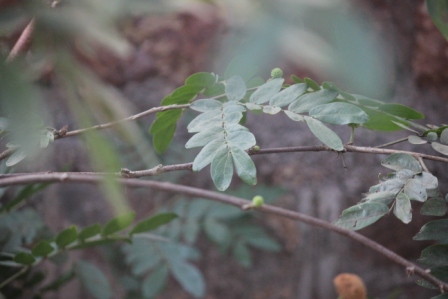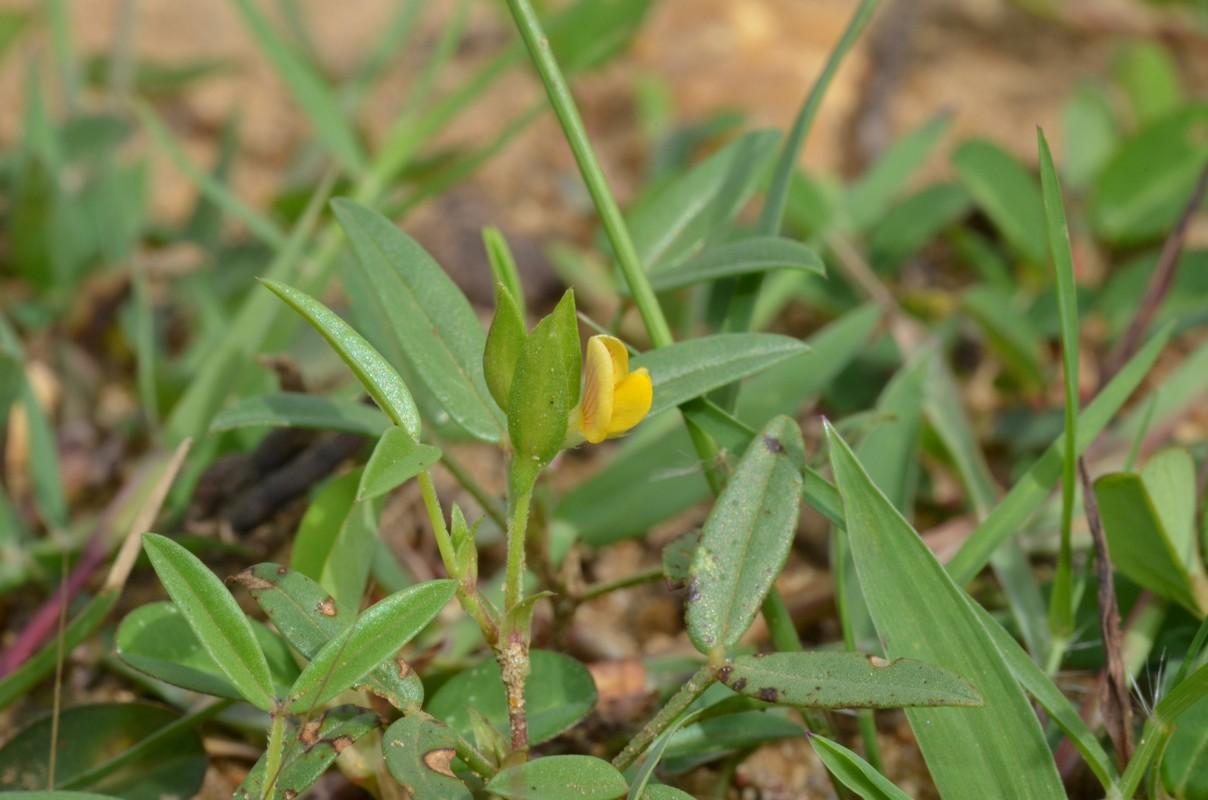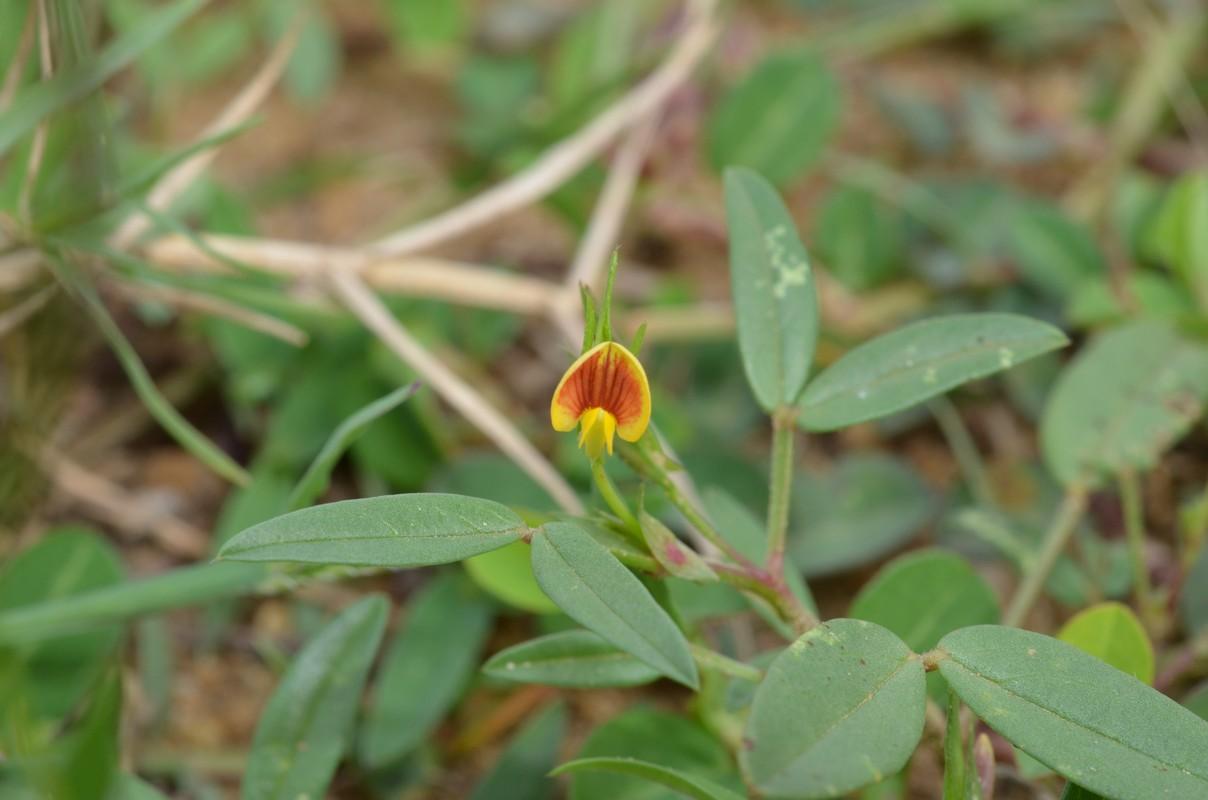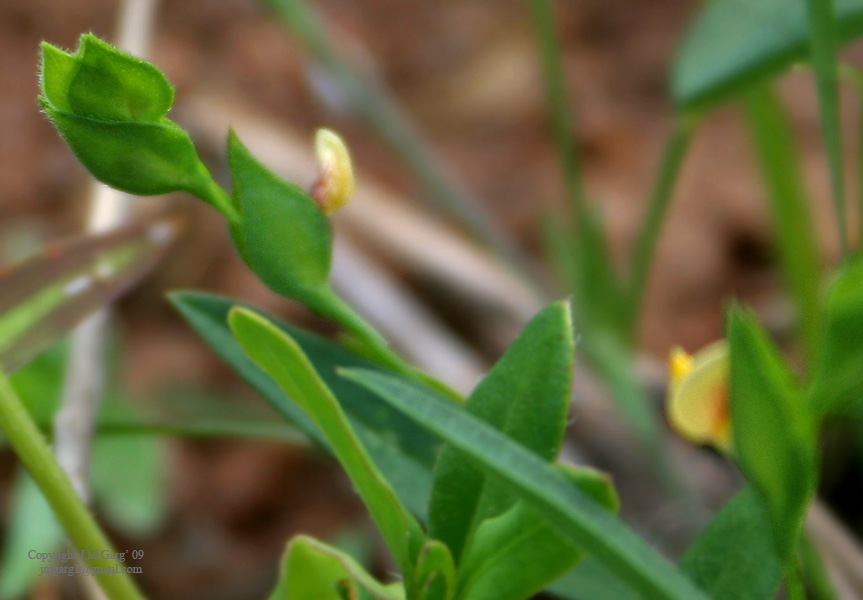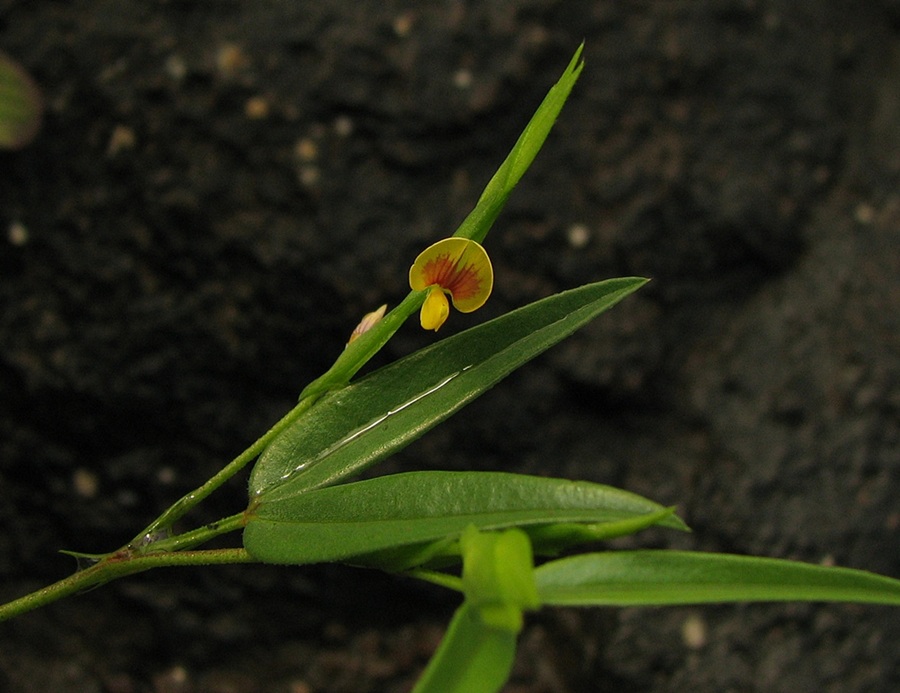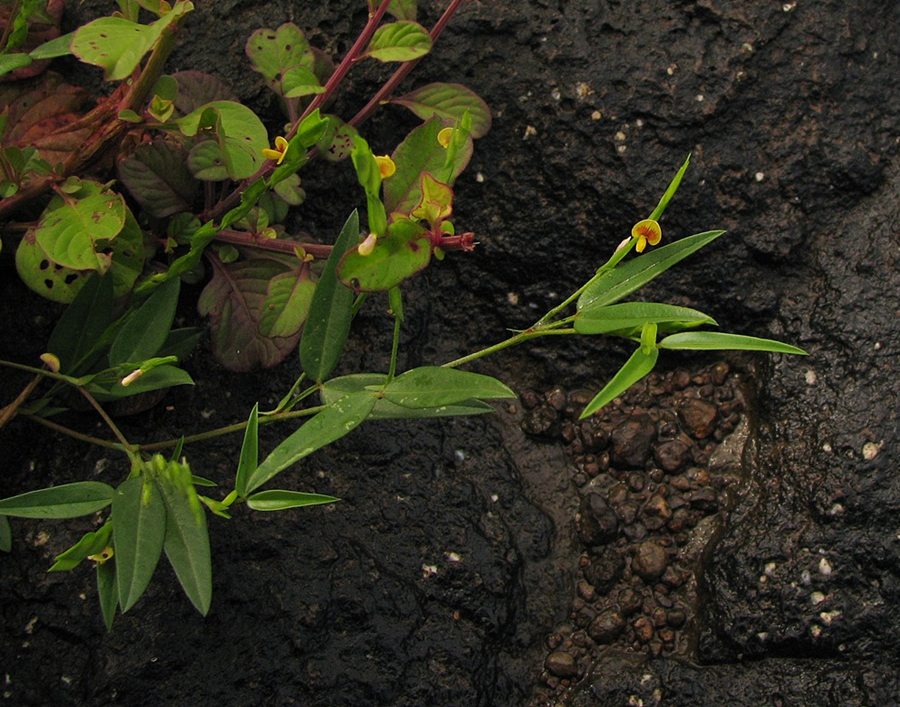|
Only comparative images of genera which have only one or two species in it so far in efloraofindia (20.5.17) are given below:
. Amphicarpaea ferruginea Benth. (Nepal to China (Sichuan, Yunnan) and Thailand: Assam, China South-Central, East Himalaya, Myanmar, Nepal, Thailand as per POWO)
Andira inermis (Wright) DC. (Cultivated)
Cladrastis sinensis Hemsl. (Bhutan (N); China (N) ; Fujian ; Gansu; Guangxi ; Guizhou; Hubei ; Shaanxi; Sichuan; Yunnan as per ILDIS)
Colutea nepalensis Sims (Afghanistan (N); China (N); Quinghai; Xizang Zizhiqu ; India (N) ; Himachal Pradesh ; Jammu-Kashmir; Punjab ; Uttar Pradesh; Nepal (N) as per ILDIS)
Hedysarum microcalyx Baker (India (N); Himachal Pradesh]; Jammu-Kashmir; Punjab; Uttar Pradesh; Pakistan (N) as per ILDIS)
Indopiptadenia oudhensis (Brandis) Brenan (W. & Central Himalaya to N. India (N. Uttar Pradesh): India, Nepal, West Himalaya as per POWO)
Intsia bijuga (Colebr.) Kuntze ? (cultivated)
Thermopsis inflata Cambess. (Pakistan to Himalaya and W. China: East Himalaya, Nepal, Pakistan, Tibet, West Himalaya, Xinjiang as per POWO)
Trifidacanthus unifoliolatus Merr. (Introduced) (Hainan to Vietnam, Philippines, Lesser Sunda Islands as per POWO)
.
Flora of Ranga Reddi District Andhra Pradesh, India By T. Pullaiah, M. Silar Mohammed (2000)- Keys of various genera of Fabaceae- p. 60 .
.
Fabaceae-Caesalpinioideae (Caesalpiniaceae) WeeK: December 5-11, 2011: Introduction: Fabaceae Lindley Bean or Pea family
(=Leguminosae A. L. de Jussieu)
Subfamily Caesalpinioideae DC.
B & H, Takhtajan, Thorne, APG III and APweb as Caesalpinioideae
Cronquist and Dahlgren as family Caesalpiniaceae.
Approx.150 genera, 2,700 species Distributed mainly in tropics and subtropics, a few species in the temperate regions.
Salient features: Trees, shrubs or herbs, leaves usually pinnate compound with pulvinate base, flowers zygomorphic corolla not papilionaceous, posterior petal innermost, sepals free, odd sepal anterior, stamens 10, usually free, in two whorls , ovary superior, carpel 1, fruit a pod.
Major genera: Chamaecrisia (260 species), Bauhinia (250), Senna (250), Caesalpinia (120) and Cassia (30).
Description: Trees (Delonix), shrubs or herbs, rarely woody climbers (Pterolobium, Bauhinia). Leaves alternate, pinnately or palmately compound, sometimes simple (Bauhinia), leaf base (sometimes also the base of leaflets) pulvinate, stipules present. Inflorescence racemose, in racemes or spikes (Dimorphandra). Flowers bracteate (bracts usually caducous) bisexual, zygomorphic, perigynous. Calyx with 5 sepals, rarely 4 (Amherstia), free or rarely connate (Bauhinia), odd sepal anterior. Corolla with 5 petals, rarely 3 (Amherstia), 1 (Pahuda) or even absent (Tamarindus), free, not papilionaceous, posterior petal innermost. Androecium with 10 stamens, sometimes lesser (3 in Tamarindus), rarely more, free, sometimes unequal in size (Cassia), anthers bithecous, dehiscence longitudinal or by apical pores. Gynoecium with a single carpel, unilocular with many ovules, placentation marginal, ovary superior, style single, curved. Fruit a legume or pod, rarely a lomentum; seeds 1-many, seed coat hard, endosperm minute or absent, food reserves in cotyledons.
Economic importance: The Subfamily includes several ornamentals such as pride of Barbados (Caesalpinia pulcherrima), paulo verde (Parkinsonia), red bud (cercis canadensis), Gul-mohar (Delonix regia), and several species of Cassia and Senna. Many species of Senna are cultivated for leaves that yield drug senna. The heartwood of Haematoxylon campechianum (logwood) yields the dye hematoxylin. Since The coming week will have maximum upload of species from Cassia complex now divided into three genera, here is simple key to separate them 1a. The longest filament (or filaments of three anterior stamens) sigmoidally curved, longest more than 2.5 cm long … 1. Cassia
1b. The longest filament straight, less than1 cm long … 2
2a. Ovary stalk more than 0.9 mm long, fruit more than 9 cm long; bracteoles absent; legume not elastically coiling …. 2. Senna
2b. Ovary stalk less than 0.9 mm long, fruitless than 9 cm long; braceoles present; legume elastically coiling … 3. Chamaecrista
Species expected (I would be happy if more get added)
Cassia
1. Cassia fistula L.
2. Cassia grandis L.f.
3. Cassia javanica var. javanica
4. Cassia javanica var. nodosa (Cassia nodosa Buch.-Ham.;
C. javanica var. indochinensis Gagnep.)
5. Cassia moschata Kunth
6. Cassia renigera
7. Cassia roxburghii DC. (Cassia marginata Roxb.)
Chamaecrista
1. Chamaecrista absus (L.) H.S.Irwin & Barneby (Cassia absus L.)
2. Chamaecrista kleinii (Wight & Arn.) V.Singh (Cassia kleinii Wight. & Arn.)
3. Chamaecrista leschenaultiana (DC.) Degener (syn: Cassia wallichiana DC.)
4. Chamaecrista mimosoides L. (Cassia mimosoides L.)
5. Chamaecrista nomame (Sieber) H.Ohashi ( Cassia hochstetteri Ghesq.)
6. Chamaecrista pumila (Lam.) K.Larsen (Cassia pumila Lam.)
Senna
1. Senna alata (L.) Roxb. (Cassia alata L.)
2. Senna alexandrina Mill. (Cassia senna L.)
3. Senna auriculata (L.) Roxb. (Cassia auriculata L.)
4. Senna bacillaris (L.f.) IRWIN & Barneby (Cassia bacillaris L.f.)
5. Senna bicapsularis (L.) Roxb. (Cassia bicapsularis L.)
6. Senna corymbosa (Lam.) H.S.Irwin & Barneby (Cassia corymbosa Lam.)
7. Senna didymobotrya (Fresen.) H.S.Irwin & Barneby (Cassia didymobotrya Fresen.)
8. Senna floribunda (Cav.) H.S.Irwin & Barneby (Cassia floribunda Cav.)
9. Senna hirsuta (L.) Irwin & Barneby (Cassia hirsuta L.)
1o. Senna italica Mill. subsp. italica
11. Senna italica subsp. micrantha (Brenan) Lock (Cassia italica subsp. micrantha Brenan; C. obovata Collad.; C. obtusa Roxb.)
12. Senna montana (Roth) V. Singh (Cassia montana Roth; Cassia setigera DC.)
13. Senna multiglandulosa (Jacq.) Irwin & Barneby (Cassia tomentosa L.f.)
14. Senna multijuga (Rich.) Irwin & Barneby (Cassia multijuga Rich.)
15. Senna obtusifolia (L.) H.S.Irwin & Barneby (Cassia obtusifolia L.)
16. Senna occidentalis (L.) Link (Cassia occidentalis (L.) Rose)
17. Senna septemtrionalis (Viviani) Irwin & Barneby
18. Senna siamea (Lam.) H.S.Irwin & Barneby (Cassia siamea Lam.)
19. Senna sophera (L.) Roxb. (Cassia sophera L.)
20. Senna sophera var. purpurea (Lindl.) V.Singh (Cassia purpurea Roxb. ex Lindl.)
21. Senna spectabilis (DC.) H.S.Irwin & Barneby (Cassia spectabilis DC.)
22. Senna sulfurea (Collad.) H.S.Irwin & Barneby (Cassia sulfurea Collad; C. glauca Lam.)
23.Senna surattensis (Burm.f.) H.S.Irwin & Barneby (Cassia surattensis Burm.f.)
24. Senna timoriensis (DC.) H.S.Irwin & Barneby (Cassia timoriensis DC.)
25. Senna tora (L.) Roxb. (Cassia tora L.)
26. Senna uniflora (Mill.) Irwin & Barneby (Cassia uniflora Mill.) . Adding some data from BSI Flora Mah. in the same thread.
The Key for Ceasalpiniaceae (S. Moorthy)
1. Leaves bi-foliolate; leaflets not distinct, usually united into one … BAUHINIA . Family Fabaceae
Subfamily Mimosoideae DC.
Bentham & Hooker, Takhtajan, Thorne, APG III and APweb as Mimosoideae
Cronquist and Dahlgren as family Mimosaceae.
40 genera, 2,500 species
Distributed mainly in tropical and subtropical regions.
Salient features: Trees, shrubs or herbs, leaves usually pinnate compound with pulvinate base, flowers actinomorphic, corolla not papilionaceous, petals valvate, sepals united, odd sepal anterior, stamens 4-many, free or connate, filaments often long exserted and showy, ovary superior, carpel 1, fruit a pod or lomentum.
Major genera: Acacia (1300 species), Mimosa (500), Inga (250), Pithecellobium (170), Calliandra (150) and Albizia (150).
Description: Trees (Acacia, Albizia), shrubs (Calliandra) or herbs (Mimosa pudica), rarely climbers (Entada), or aquatic plants (Neptunia). Leaves alternate, pinnately or palmately compound, sometimes simple, leaf base (sometimes also the base of leaflets) pulvinate, petiole sometimes modified into phyllode (Acacia auriculiformis), stipules present, sometimes spiny and hollow inside sheltering ants (Acacia sphaerocephala), leaves of Mimosa pudica sensitive to touch and showing sleeping movements. Inflorescence racemose, in racemes (Adenanthera) or spikes (Prosopis), sometimes in cymose heads (Mimosa, Acacia). Flowers small, bracteate (bracts usually caducous), sessile, or short-pedicelled, bisexual, actinomorphic, perigynous. Calyx with 5 sepals (4 in Mimosa), connate, odd sepal anterior, usually valvate, teeth small. Corolla with 5 petals (4 in Mimosa), free or united (Acacia, Albizia), valvate. Androecium with 4-many (4 in Mimosa, 10 in Prosopis, numerous in Acacia and Albizia) stamens, free (Acacia, Prosopis) or filaments connate (Albizia), anthers bithecous, dehiscence longitudinal, filaments long and anthers usually exserted. Gynoecium with a single carpel, unilocular with many ovules, placentation marginal, ovary superior, style single, curved. Fruit a legume or lomentum (Mimosa, Acacia); seeds 1-many, seed coat hard, endosperm minute or absent.
Economic importance: The subfamily is of lesser economic importance. Sensitive plant touch-me-not (Mimosa pudica) is grown as a curiosity. Various species of Acacia (A. senegal, A. stenocarpa) yield gum arabic. The pods and seeds of mesquite (Prosopis juliflora) are used as animal feed, wood in cooking meats. Wood of Xylia is hard and used in ship building. Calliandra, Dichrostachys are grown as ornamentals, Pithecellobium as a useful hedge plant. .
Species, genera & family pages of Fabaceae (Leguminosae) are now with images : 3 posts by 1 author
Species, genera & family pages of Fabaceae (Leguminosae) are now with images after a hard work of three & a half month. I request you to pl. go through & point out mistakes, if any. I hope this will aid in identifications in future. If anybody can send images of other species of this family (for incorporation in the website), if any, or can identify unidentified images, it will be really nice. Thank you so much for the nice information. It is really out come of the hard work. I am currently working on Nagaland and Shillong Meghalaya native legumes and will surely enrich our data base by providing good pics.
Once again thank. I will get back once I look into it. I am extremely happy to see the outcome of your hard and dedicated effort to bring the Indian flora on the world map. I heartily congratulate you for bringing all the scattered information on different taxa at one place and making it available to taxonomists and others who are interested in plants.
We are organising 27th annual conference of the Indian Association for Angiosperm taxonomy and International Symposium on Plant Systematics at the Department of Botany, University of Delhi on November 10-12, 2017. Brochure attached in a separate mail.
It gives me immense pleasure in inviting you to participate in the Conference. All taxonomists would be happy to meet and interact with you. . Fabaceae vs. Mimosaceae:
|
Fabaceae (Leguminosae)
Updated on December 24, 2024

